Anycubic Kobra Review: The New Budget Standard

The Anycubic Kobra is the newest budget FDM offering from Anycubic. It’s the little brother in the Kobra family, but it’s also one of my favorite budget 3D printers right now.
Why? Because it comes with some interesting features present on more expensive machines, and the cost savings are done in areas that are not super important when it comes to print quality and user experience. Let’s go into more detail about this.
Anycubic Kobra Shipping and Packaging
The Anycubic Kobra comes in a relatively compact package with ample foam protection on the sides. Everything is protected, and I don’t think there will be any damage to the package contents during shipping.



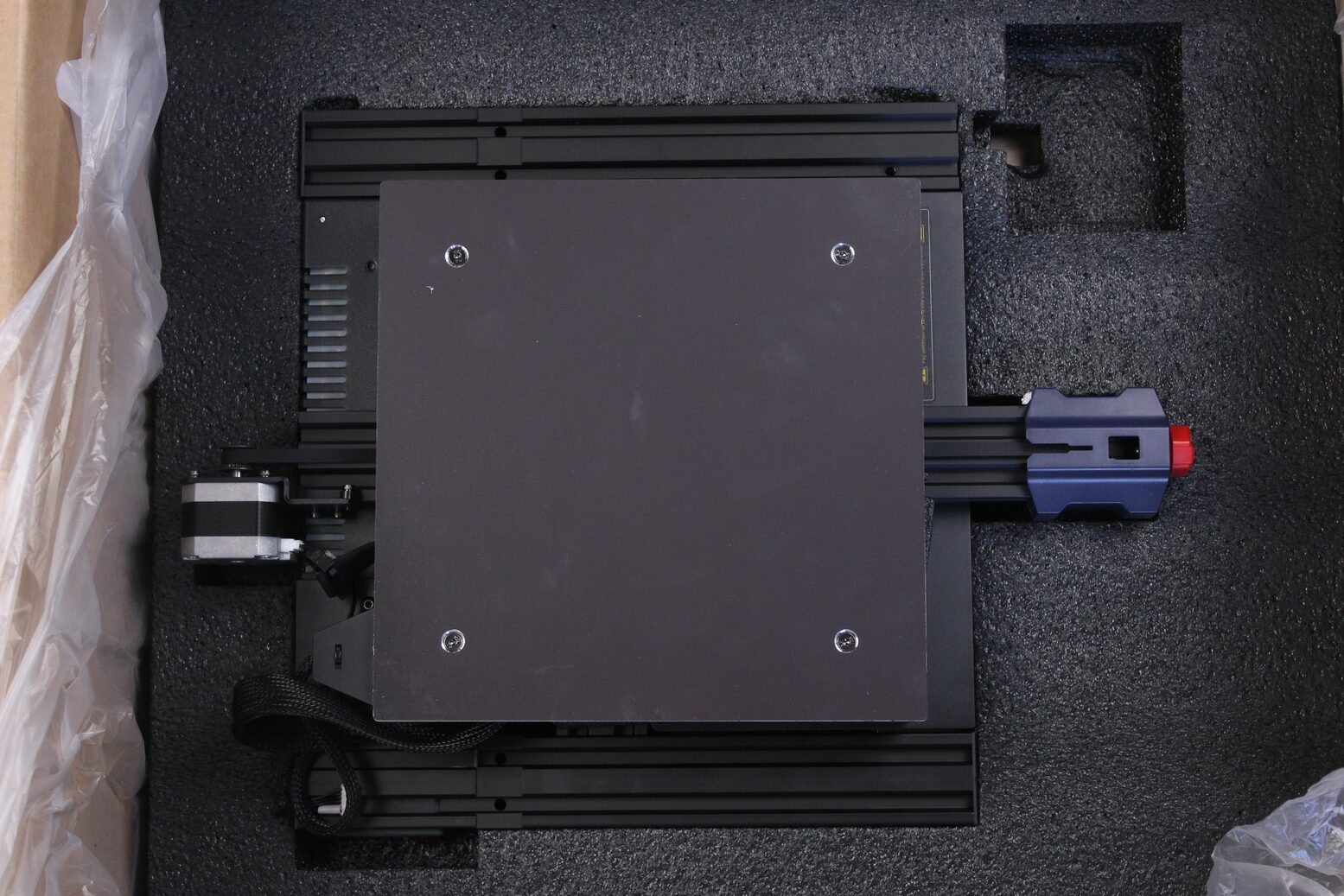
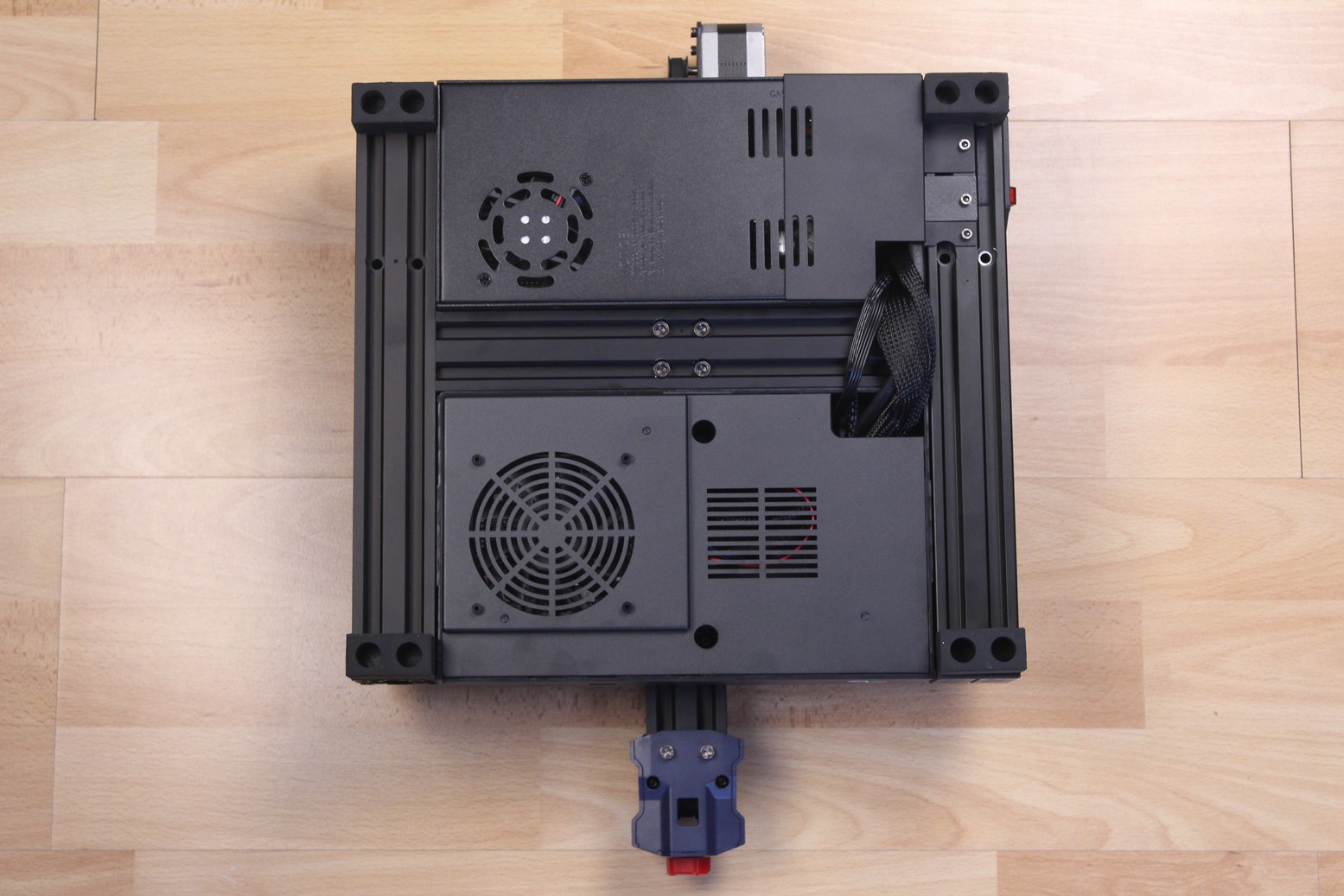
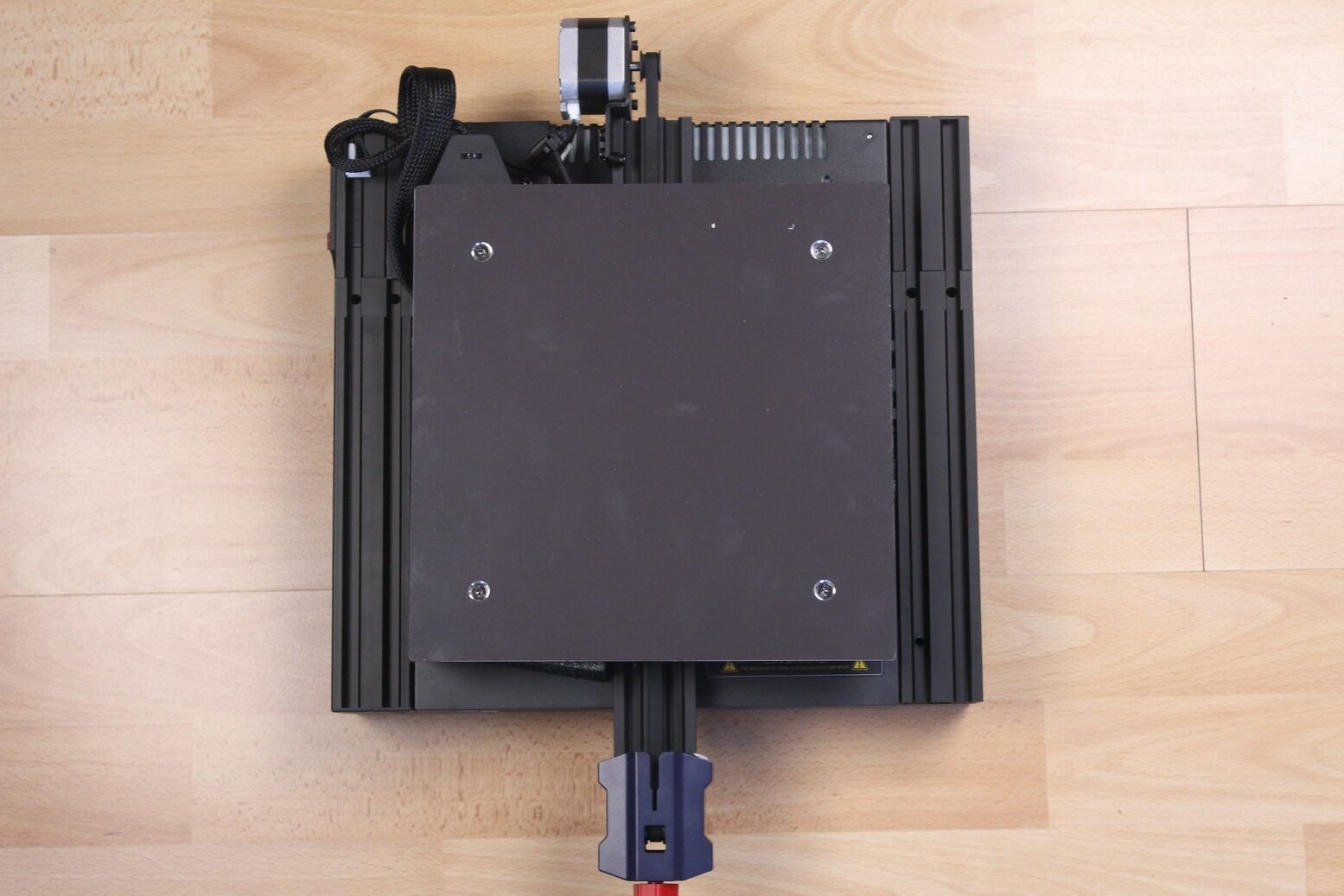
While the printer comes partially assembled, putting it together doesn’t take a lot of time. I was able to complete the build in less than 20 minutes.
Anycubic Kobra Design
The Anycubic Kobra looks pretty great. It has some similarities to the Anycubic Vyper, but there are some particularities that make it stand out, like the new direct drive extruder and the plastic top gantry.
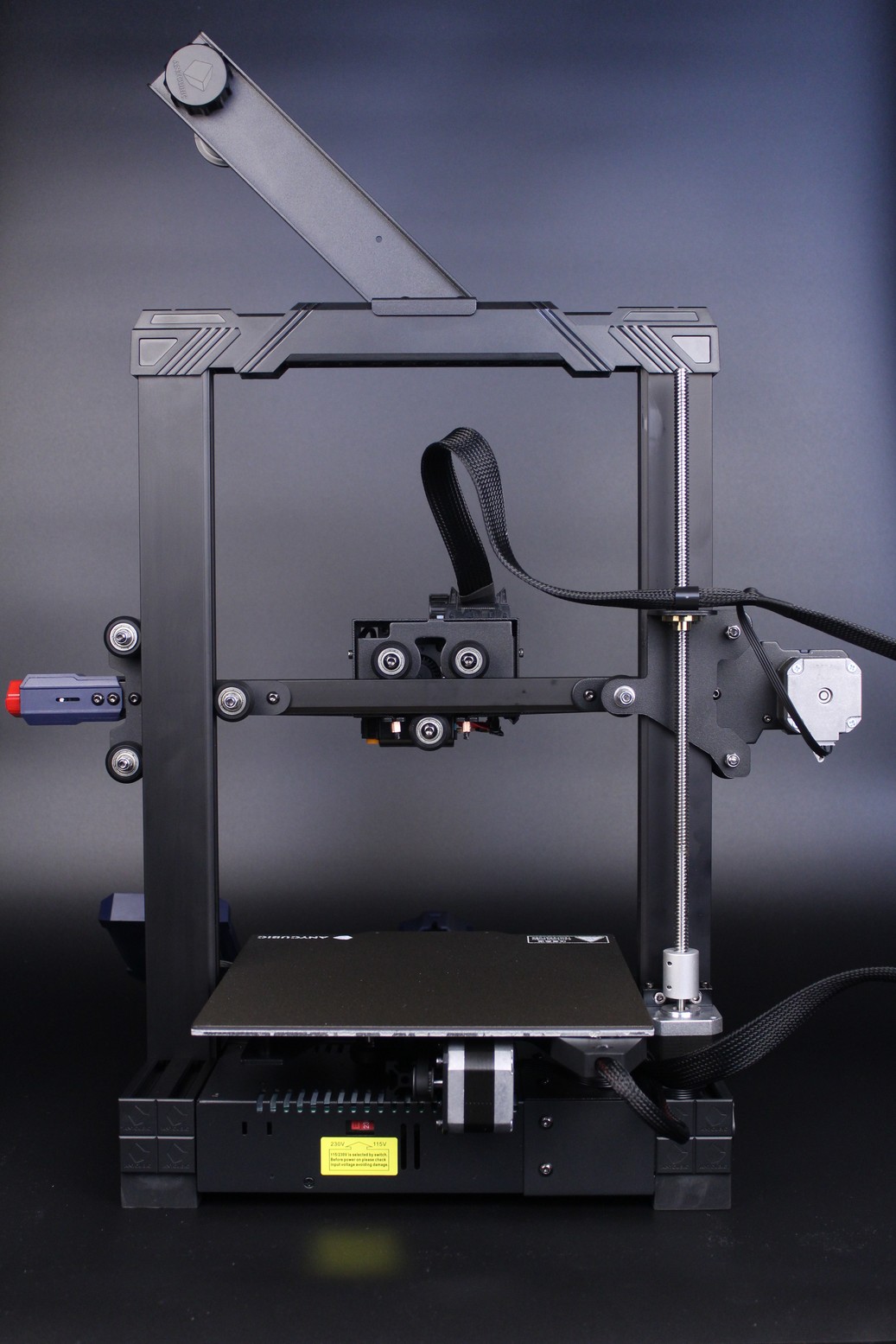
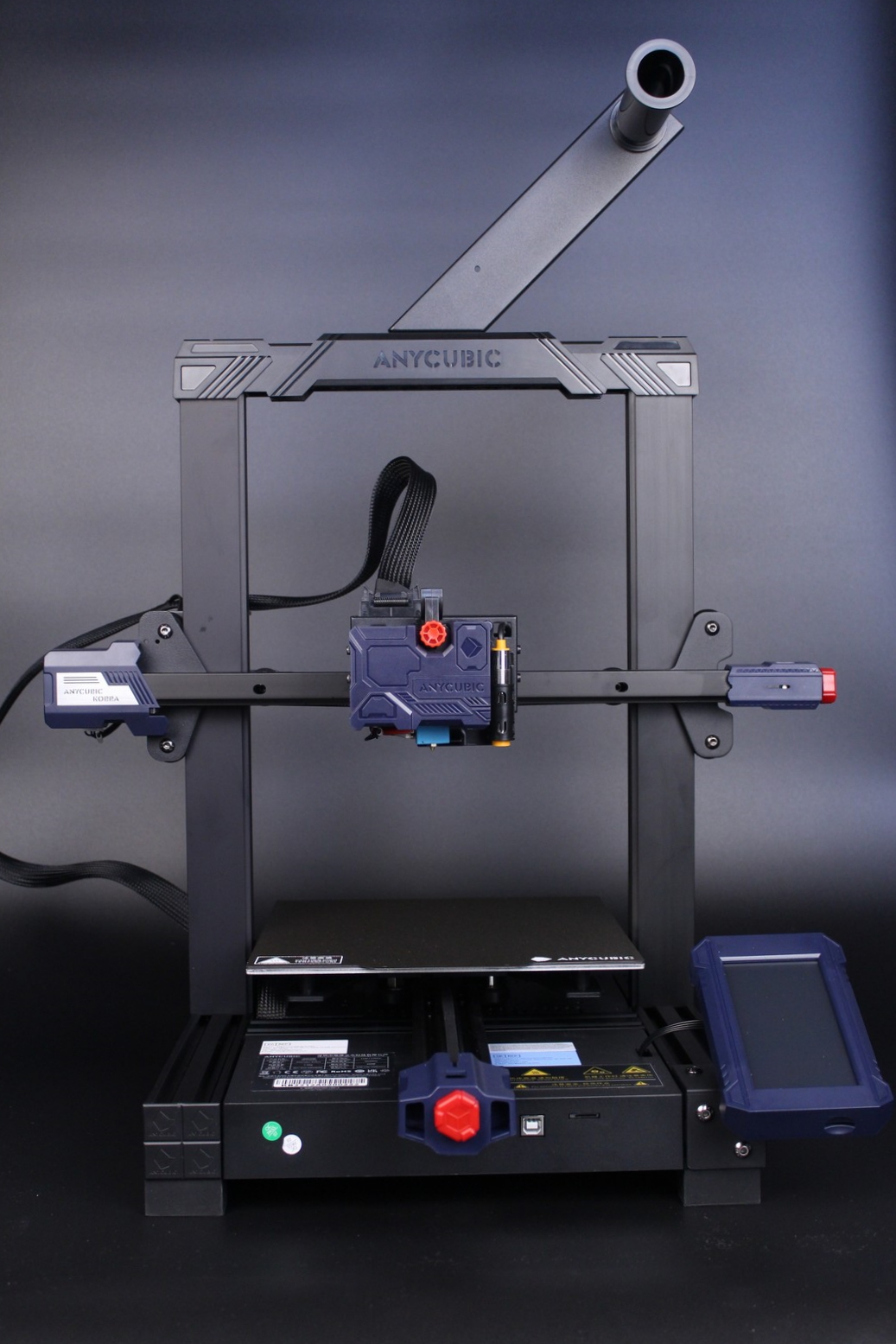

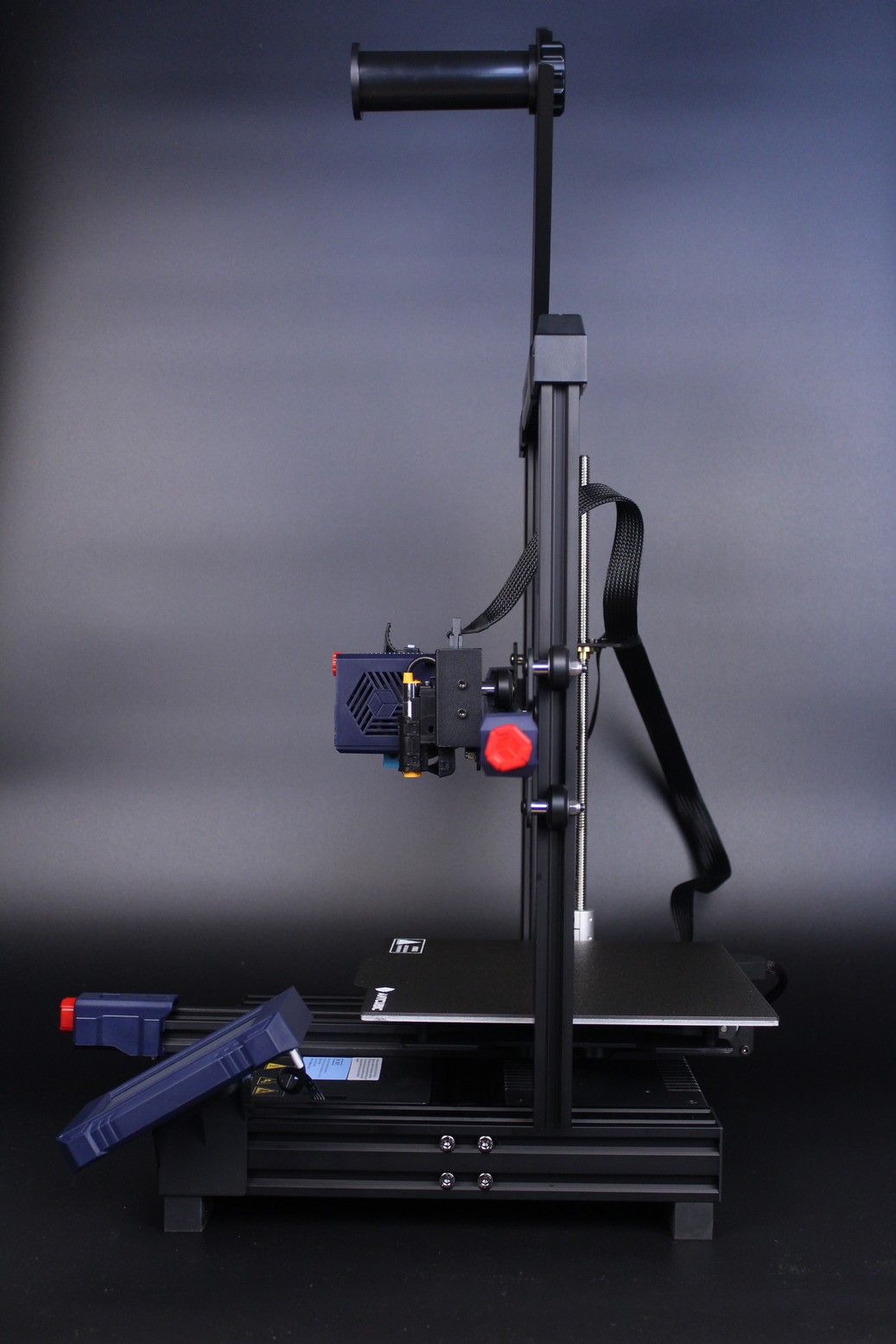
Speaking about the plastic gantry, Anycubic saved a few dollars when building this printer by changing from aluminum extrusion to a plastic injection molded unit. Just like in the case of the Artillery Genius or Sidewinder, this works great and I had no issues with it during the review. If it saves cost and makes the printer cheaper, then I’m fine with it.
Anycubic Kobra Specs
| Levelling | Automatic, 25 points leveling |
| Panel area | 7.95 in² / 51.3 cm² |
| Filament Run Out detection | Optional |
| Printing Material | PLA / ABS / PETG & TPU |
| Nozzle Size | ø 0.4 mm (replaceable) |
| Nozzle Temperature | ≤ 500 °F / 260 °C |
| Hot bed temperature | ≤ 230 °F / 110 °C |
| Average Speed | 2.0 – 3.1 in./s /5 – 8 cm/s |
| Control panel | 4.3 inch LCD touch screen |
| The Z-axis | Single threaded rod |
| Print size | 9.8 x 8.7 x 8.7 in. / 22 x 22 x 25 cm (DWH |
| Printing volume | 3.20 gal. / 12.10 L |
| Machine dimensions | 48.6 x 43 x 48.6cm |
220x220x250 print volume with magnetic PEI sheet
The Anycubic Kobra has a 220x220x250 print volume which is respectable for the size of the machine. A nice addition to this budget 3D printer is the inclusion of a textured magnetic PEI print surface similar to what you would get with the Anycubic Vyper.
This magnetic PEI sheet provides excellent adhesion to most printing materials without needing to use blue tape, glue stick, or other hacks to improve adhesion. When a print is completed, you can easily remove it by simply flexing the plate to release the model.
It’s great to see that budget 3D printers now come with PEI sheets, and in my opinion, this should be one of the deciding factors when purchasing a 3D printer. It just works so well!
The heated bed is made from aluminum and it’s fixed, just like the bed we get with the Vyper. This means that we don’t have those bed leveling knobs underneath to manually adjust the bed.
Considering that the Anycubic Kobra is equipped with an inductive probe, I see no reason to include bed leveling knobs for the bed. Besides the cost savings, there are some small weight savings for the Y-axis which is helpful to minimize ringing.
There’s no bed insulation underneath the aluminum bed, which means that the Kobra won’t be super-efficient when it comes to power consumption.
Direct Drive Titan Aero Clone Extruder
The Anycubic Kobra comes with a direct drive extruder, and it’s also the only machine that has this type of extruder in the Kobra line. It has a futuristic look, even though it looks quite big, mostly because of the plastic cover.
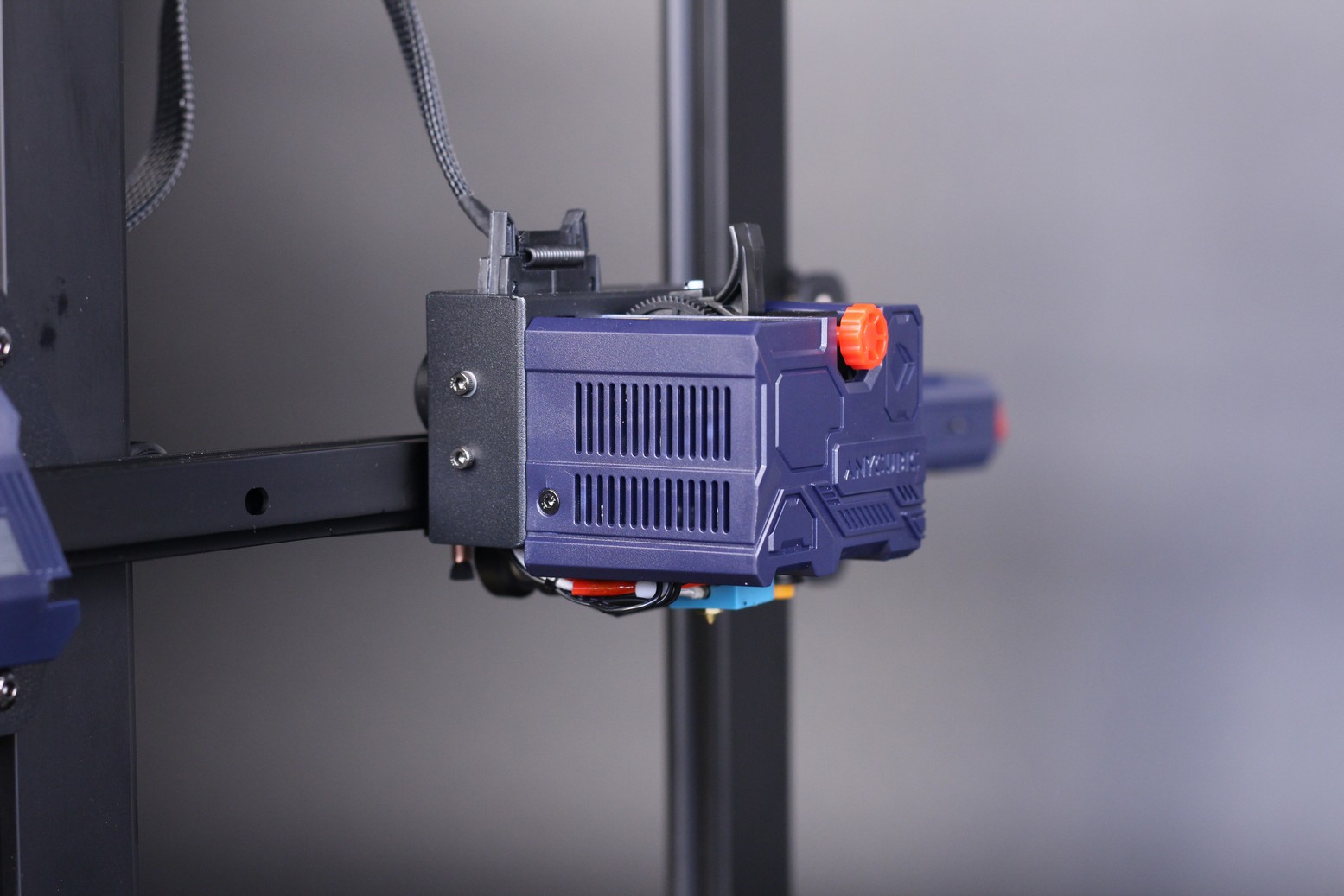
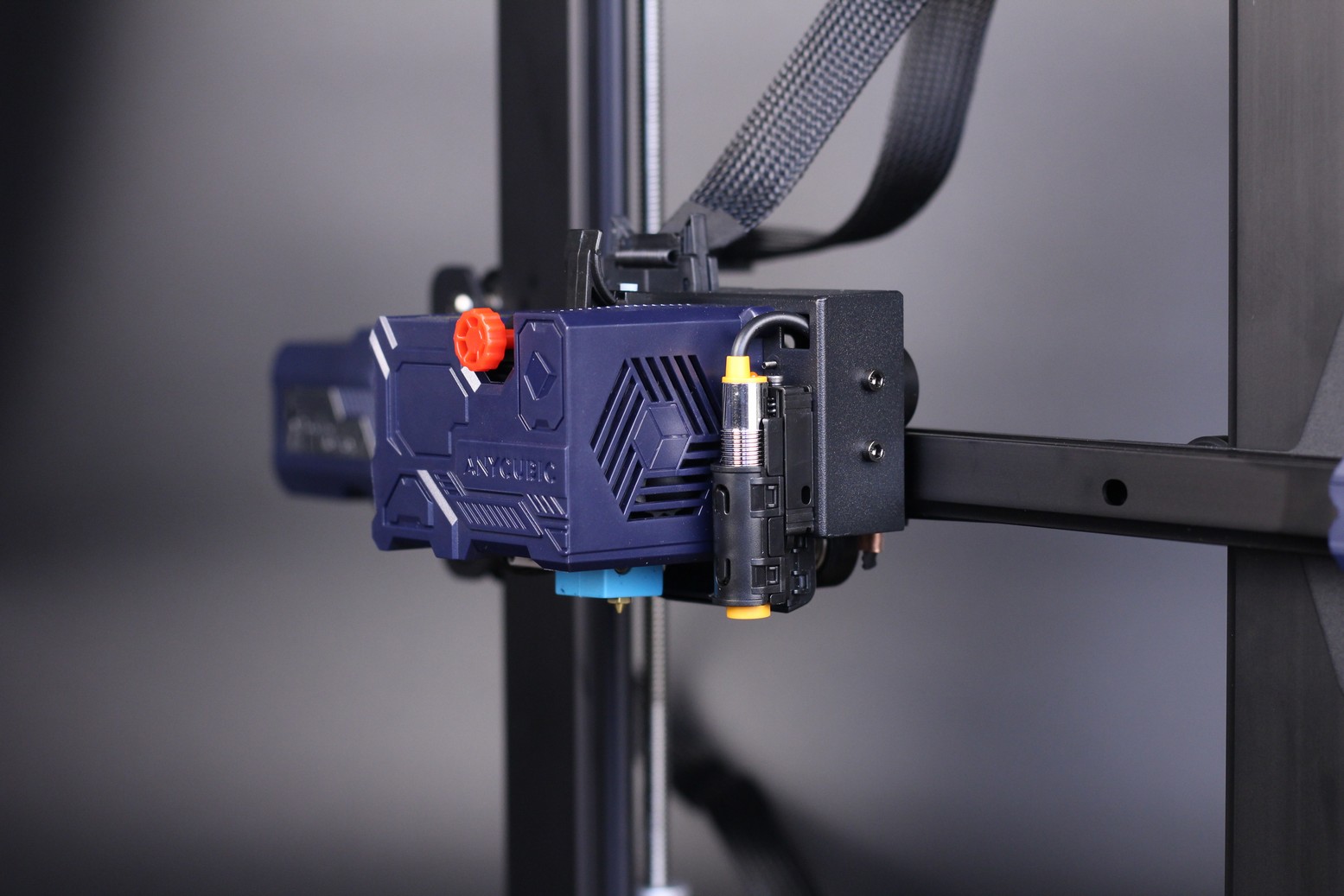

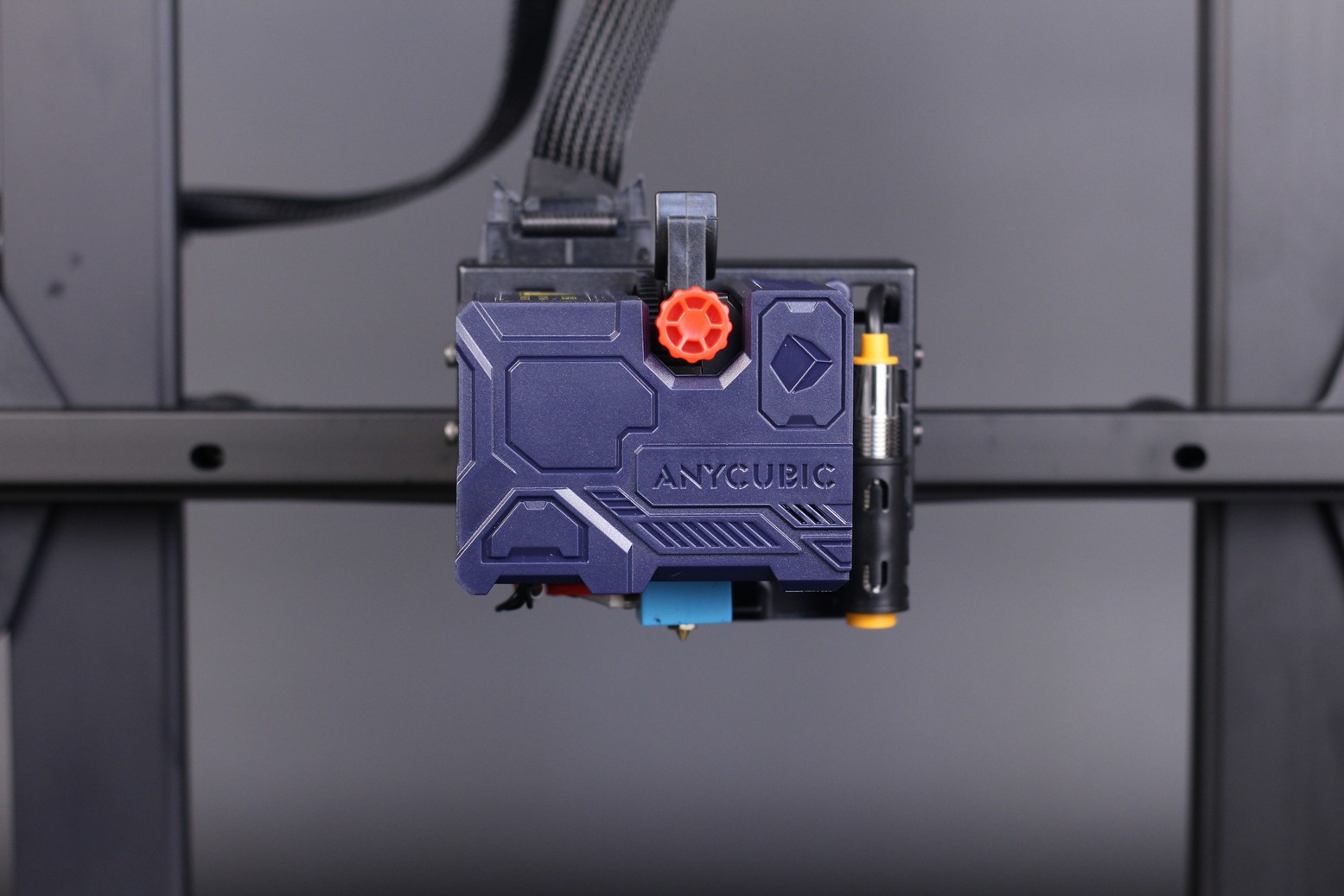
The extruder assembly is super easy to remove and service. You just need to remove four M3 screws (two on each side) then disconnect the cable. It’s that easy! This is another similar feature that reminds me of how the BIQU BX had the extruder attached to the printer.

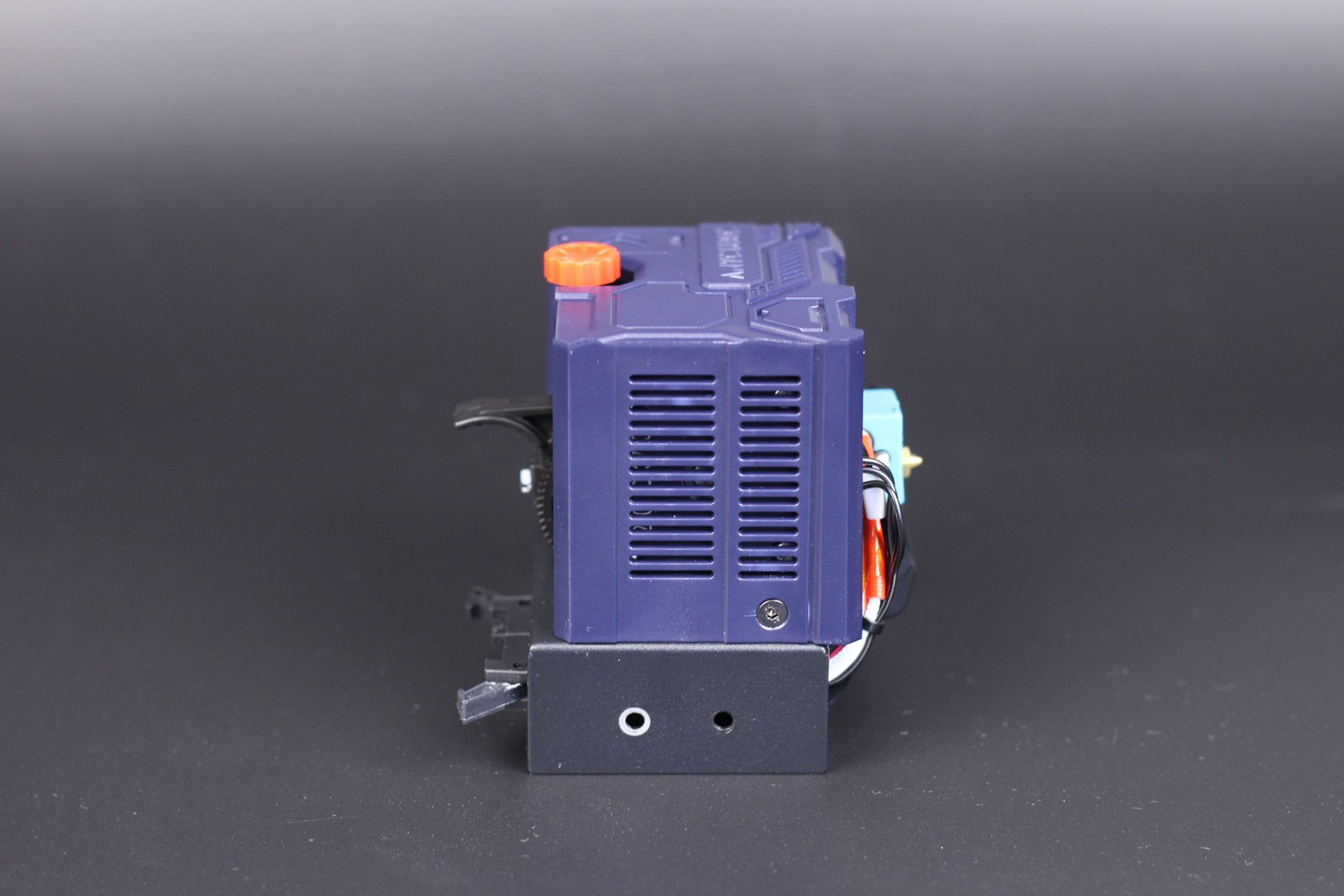
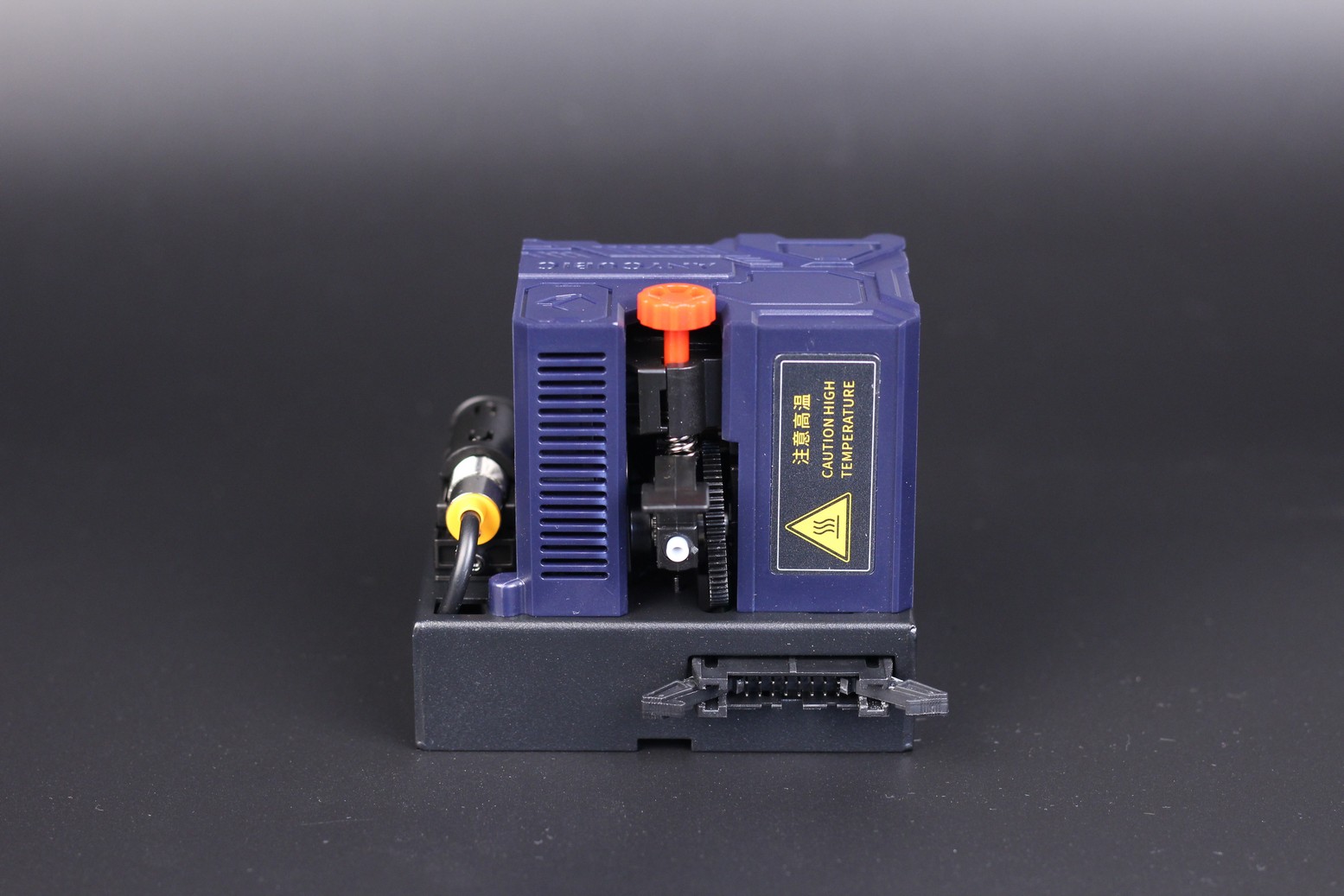
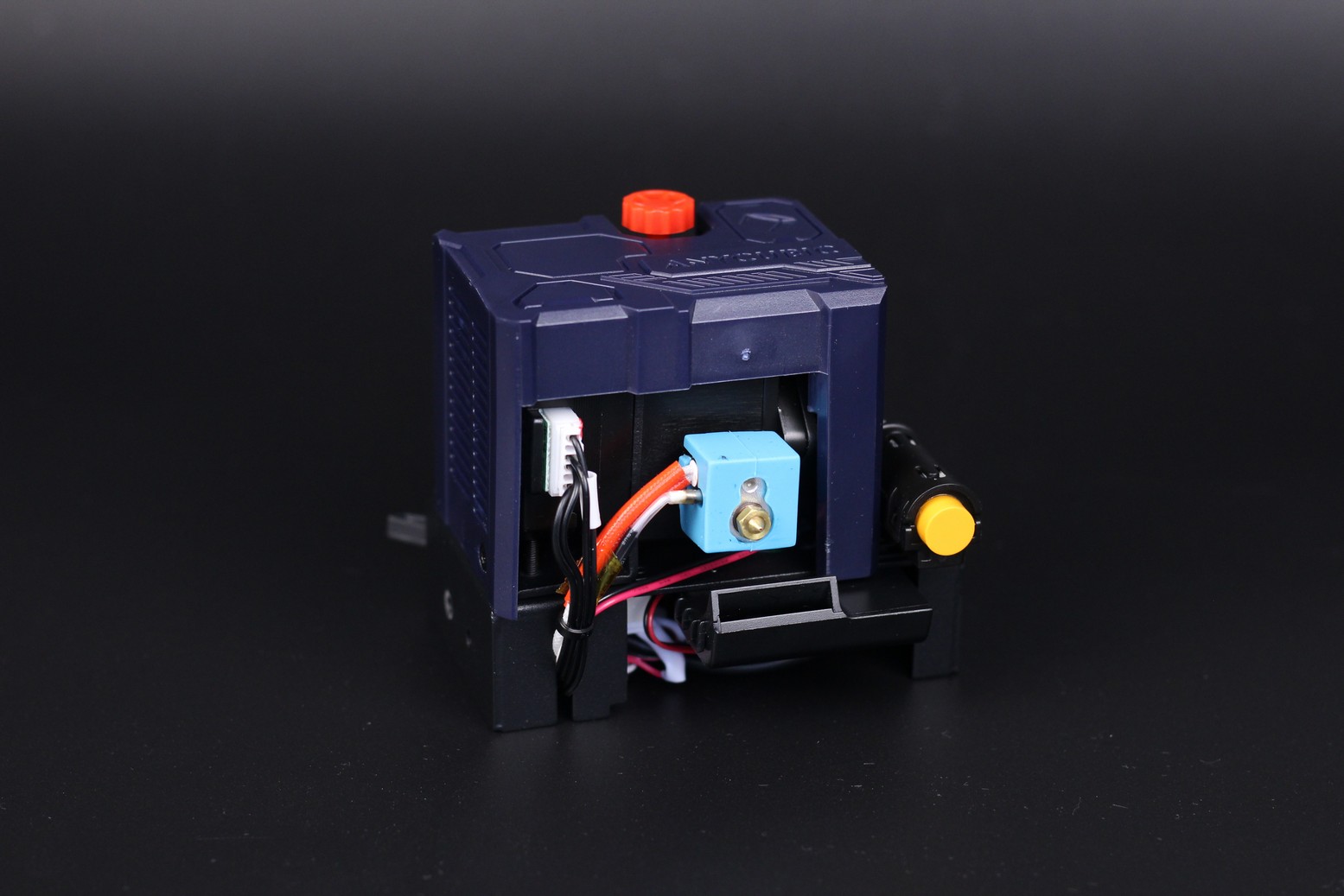
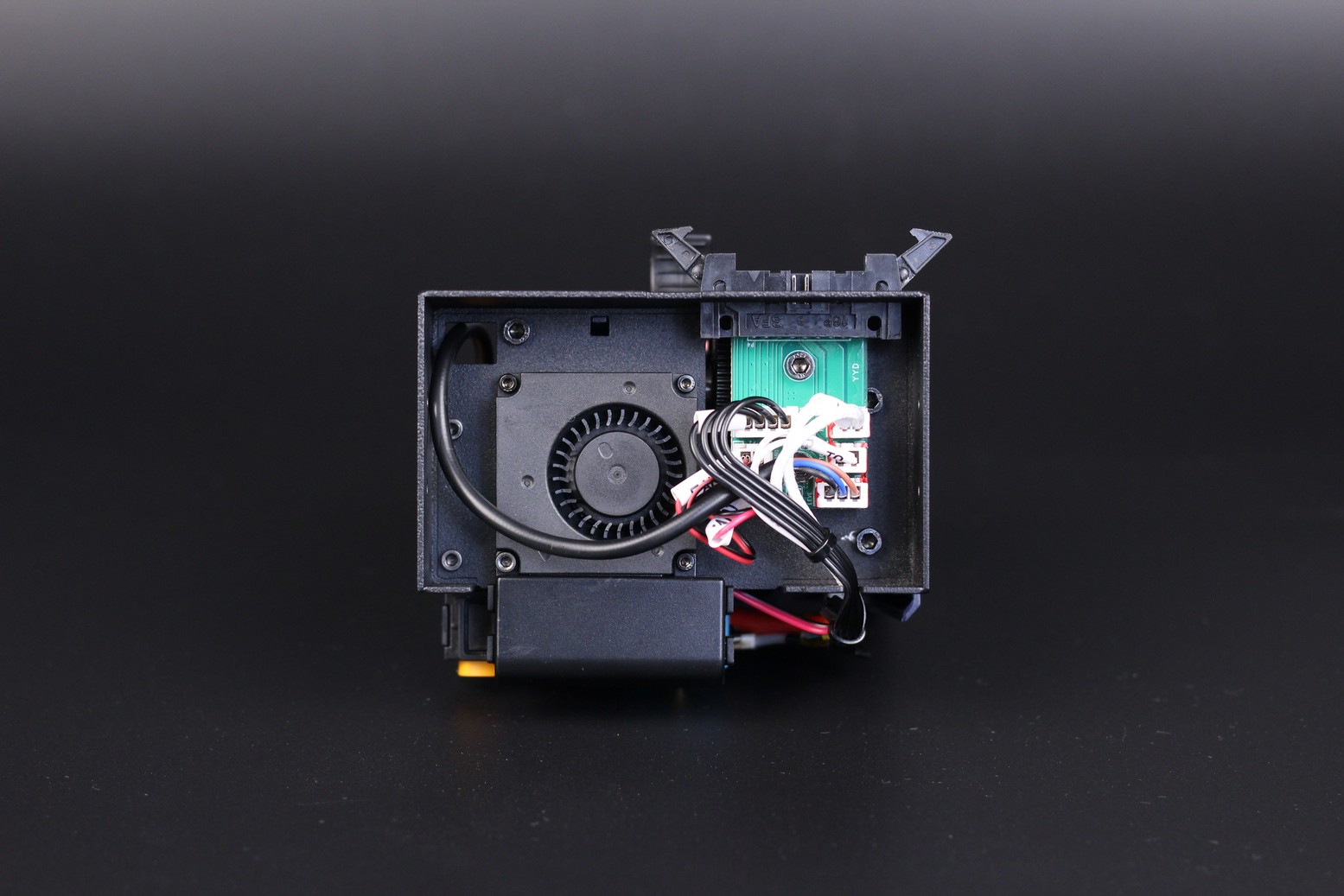
Behind the extruder, there’s a 4010 radial fan that handles part cooling. It works fine for larger models, but I can’t say it provides great cooling if you print fast. And this printer can go quite fast for a cartesian.
After we remove the plastic cover, we can see a Titan Aero clone extruder which looks a bit similar to the one used by Artillery with their 3D printers. Unfortunately, the plastic idler is also similar to the one used with other Titan Aero clone extruders, and those tend to fail. And considering the tension you need to apply using the red knob, there is a high probability of failure in the future. But during my time with the printer, I had no issues.
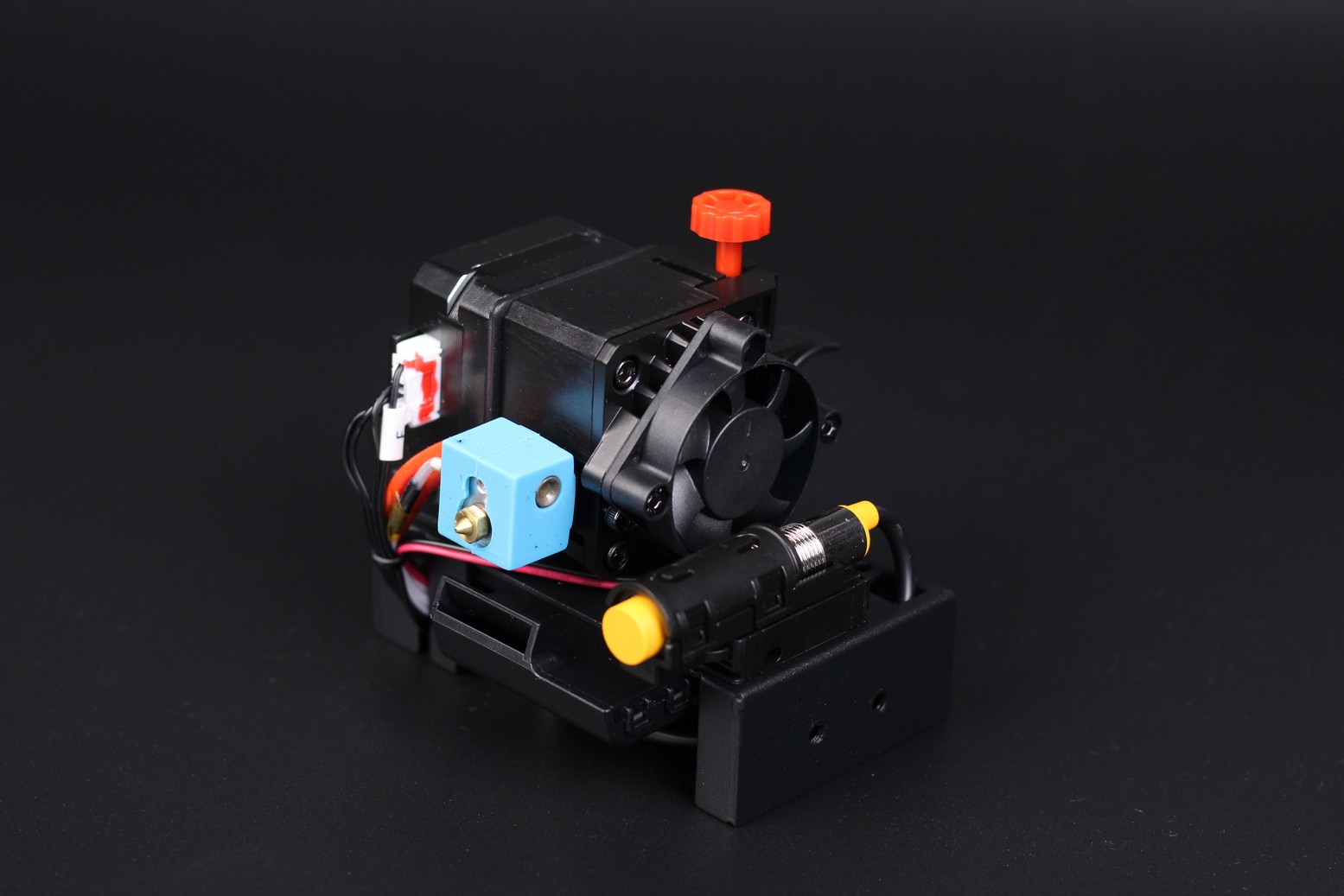
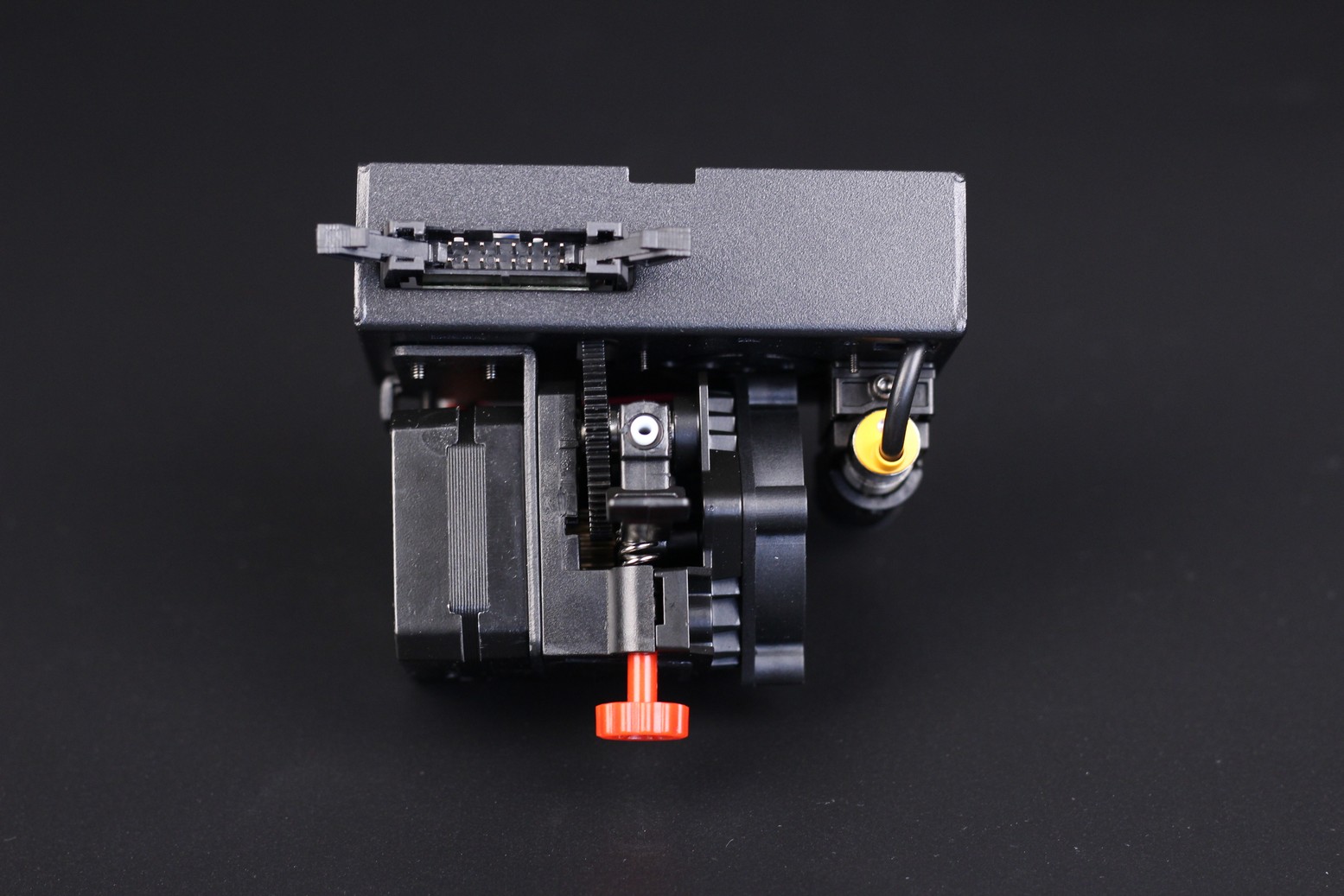
I was also curious about how heavy the Anycubic Kobra extruder is, so I put the whole extruder on the scale and it weighs 482 grams. Not the heaviest extruder out there, but also not the lightest.
PTFE lined hotend with V6 nozzle
As with most budget 3D printers, the Anycubic Kobra comes with a PTFE lined hotend. This means that inside the heat break there’s a PTFE tube that touches the nozzle and it’s exposed to high temperatures.
This setup works pretty great, but I don’t recommend going over ~230C for long periods of time because the PTFE tube will start to degrade faster, and will release harmful fumes you don’t want to breathe in.
Unfortunately, the heat break used by Anycubic seems to be proprietary. The cold side of the heat break is 15mm and 7mm thick which makes it quite unique.

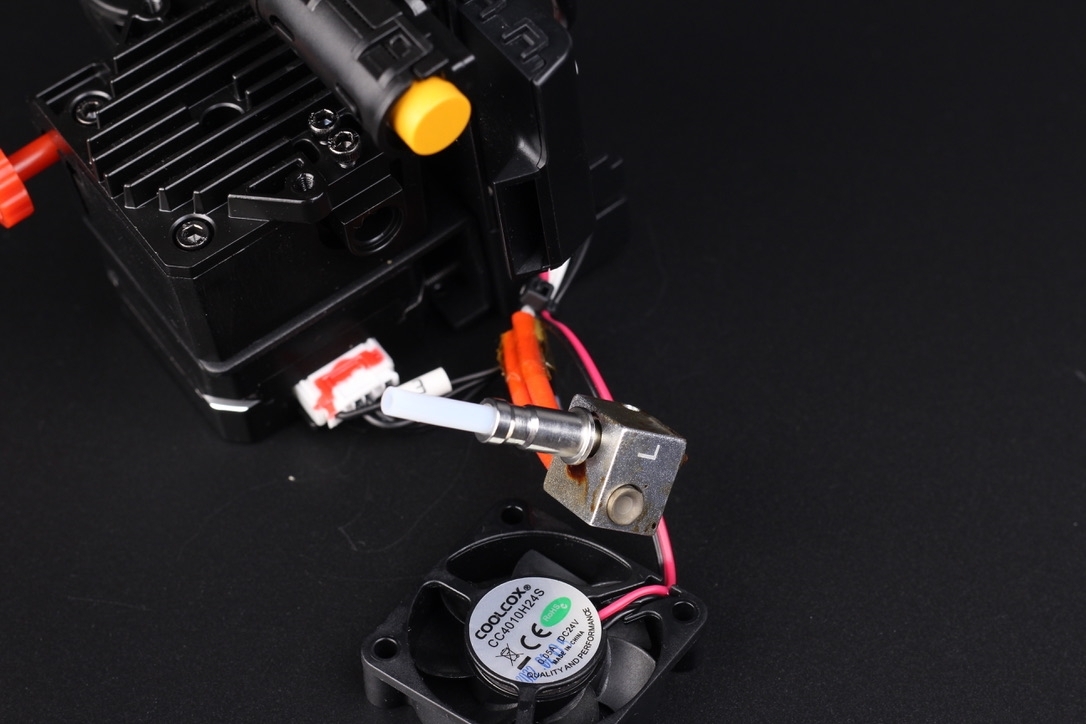
The heat block looks somewhat similar to a V6, but it doesn’t have the same dimensions. Either way, it seems to be working just fine but don’t expect to be printing super fast with big layer lines. The nozzle looks quite similar to the Mellow NF Sharp which I really like.
Single Z lead screw
The Anycubic Kobra is a budget machine, so there’s no surprise that it only comes with a single Z lead screw. Fortunately, this works fine and I did not encounter any drooping issues for the right side of the gantry.
Sure, having dual Z lead screws would be better, but this increases cost, and for a small format 3D printer, the benefits are not that apparent compared to a machine with a larger print volume like the Anycubic Kobra Max. As long as you take your time during assembly, to check every v-slot wheel, and tighten them correctly, this system will work.
TriGorilla Pro A V1.0.4 32 bit board with silent stepper drivers
For the Anycubic Kobra, we get a TriGorilla Pro V1.0.4 board with an HC32F460 Cortex-M4 chip. I don’t know much about HDSC, the company which produces these chips, but a quick Google search reveals that they are one of China’s earliest IC design houses and one of the leading chip suppliers in China.
While I would have liked to see an STM chip, the chip shortage is here and printer manufacturers also have a bad time sourcing them. I just hope these chips will be well supported in Marlin and Klipper firmware.

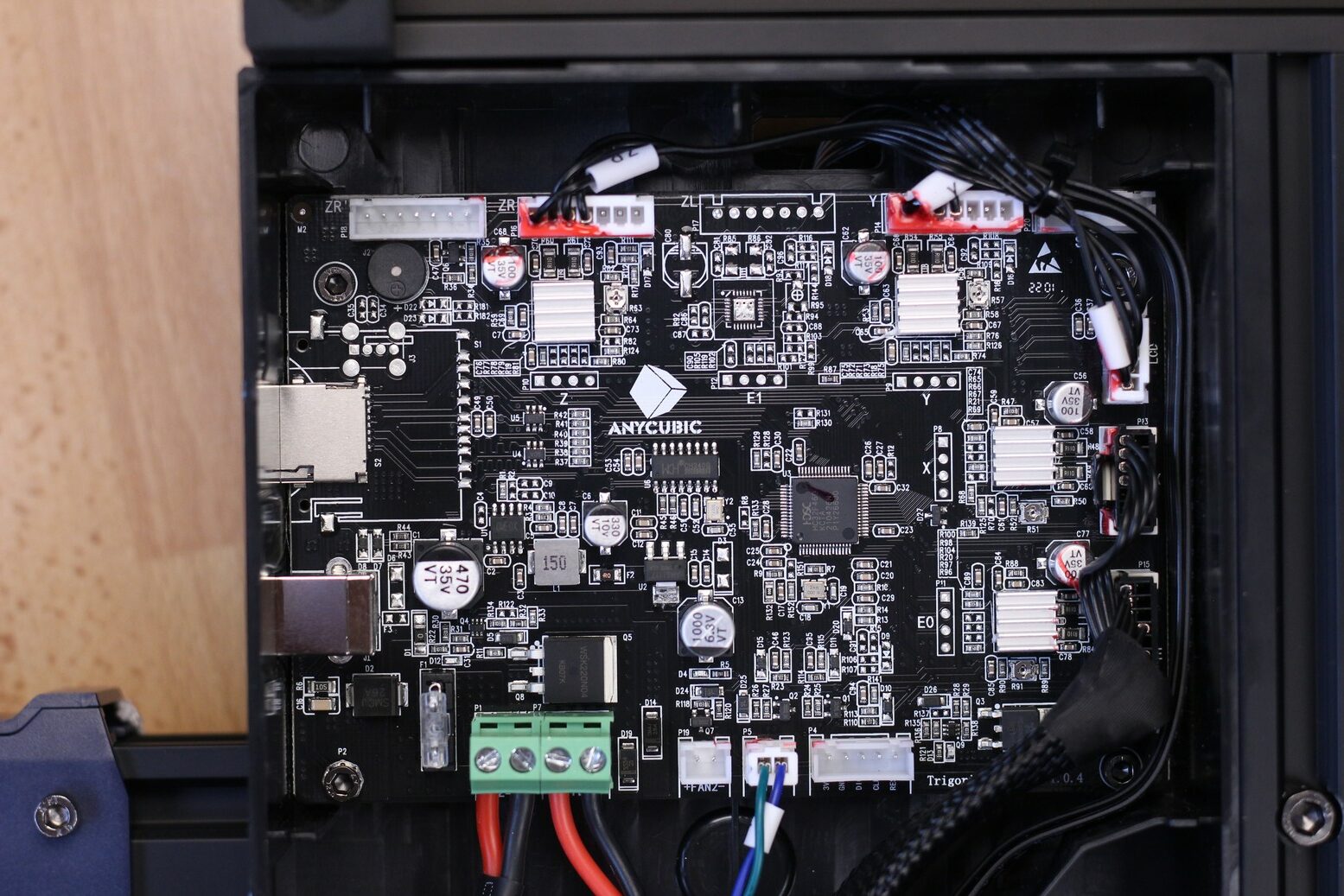
I also need to mention that Anycubic decided to tin the wires, which is to be avoided. The solder can get crushed over time and cause an imperfect connection. So I recommend cutting the end of the wires and installing proper ferrules.
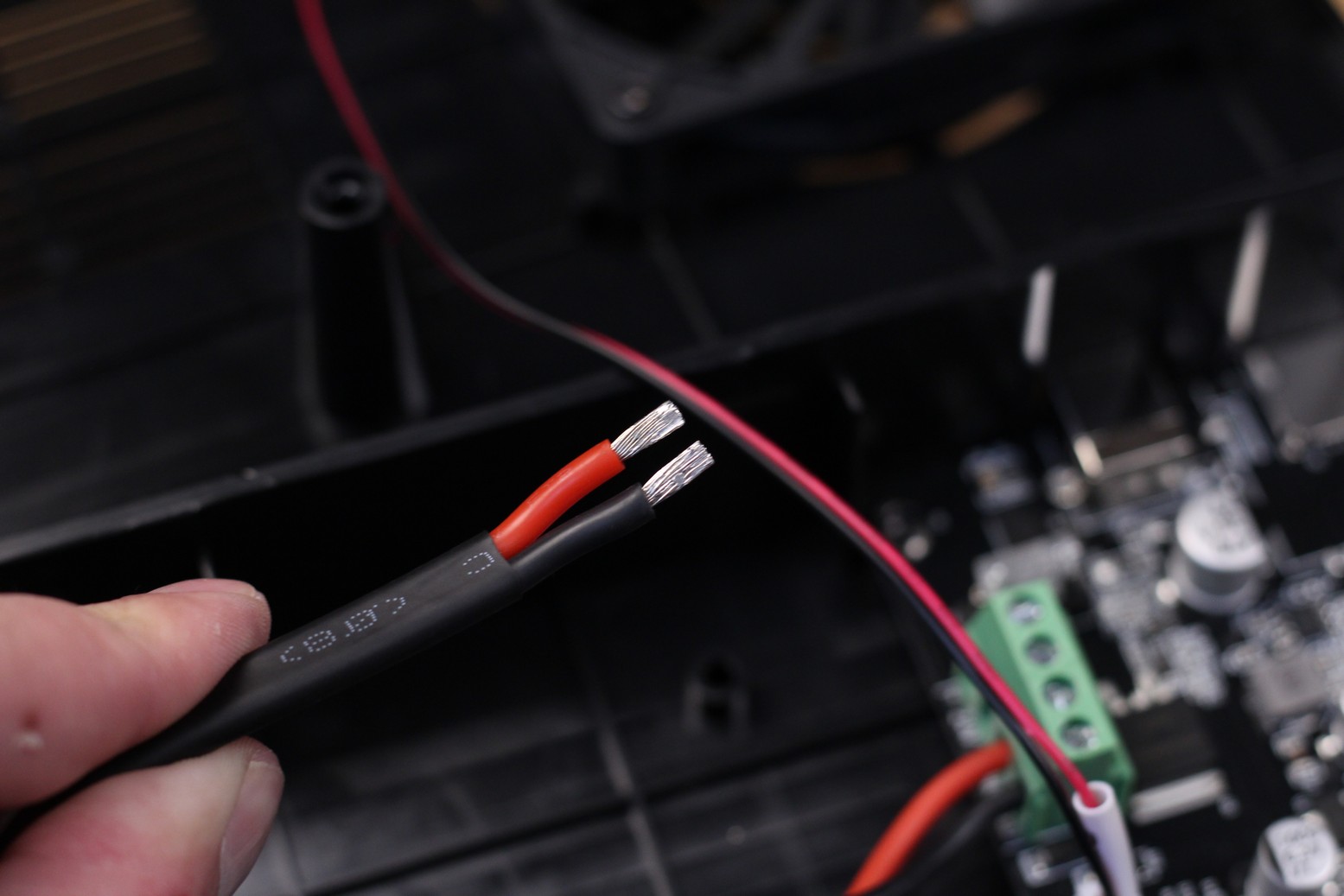
An 80mm fan acts as an intake fan for the electronics compartment, and it’s quite noisy. Sure, it moves a lot of air, but I don’t think that’s needed. Using a slower RPM fan would have made the printer a bit quieter without compromising cooling.
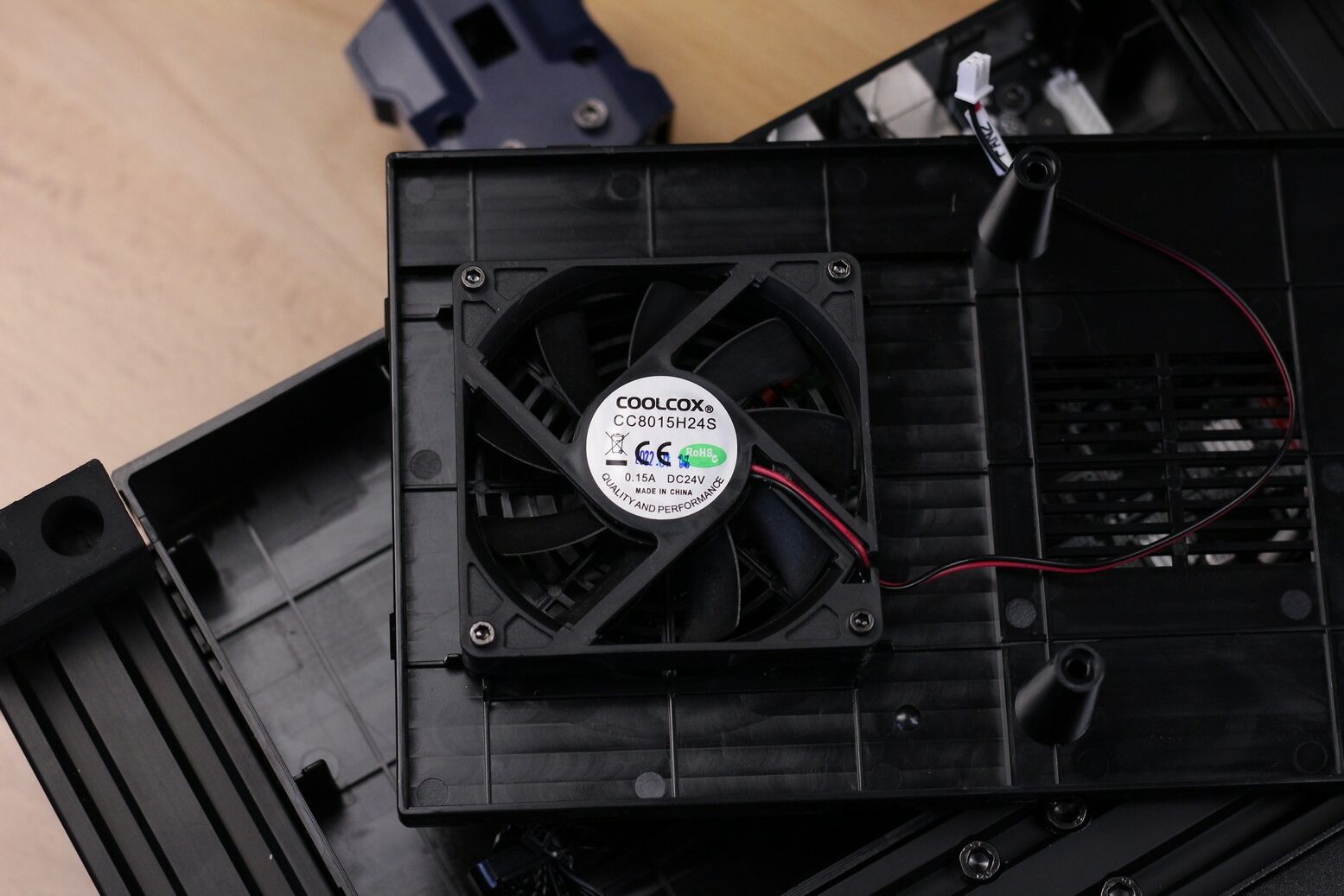
Maybe we’ll be able to control its speed in Klipper firmware. If not, you can easily make it quieter with a buck converter.
Anycubic LeviQ Auto Bed Leveling
As previously mentioned, the Anycubic Kobra comes with an inductive probe for bed leveling. I found this probe to work quite reliably and it doesn’t seem to be impacted by temperature.
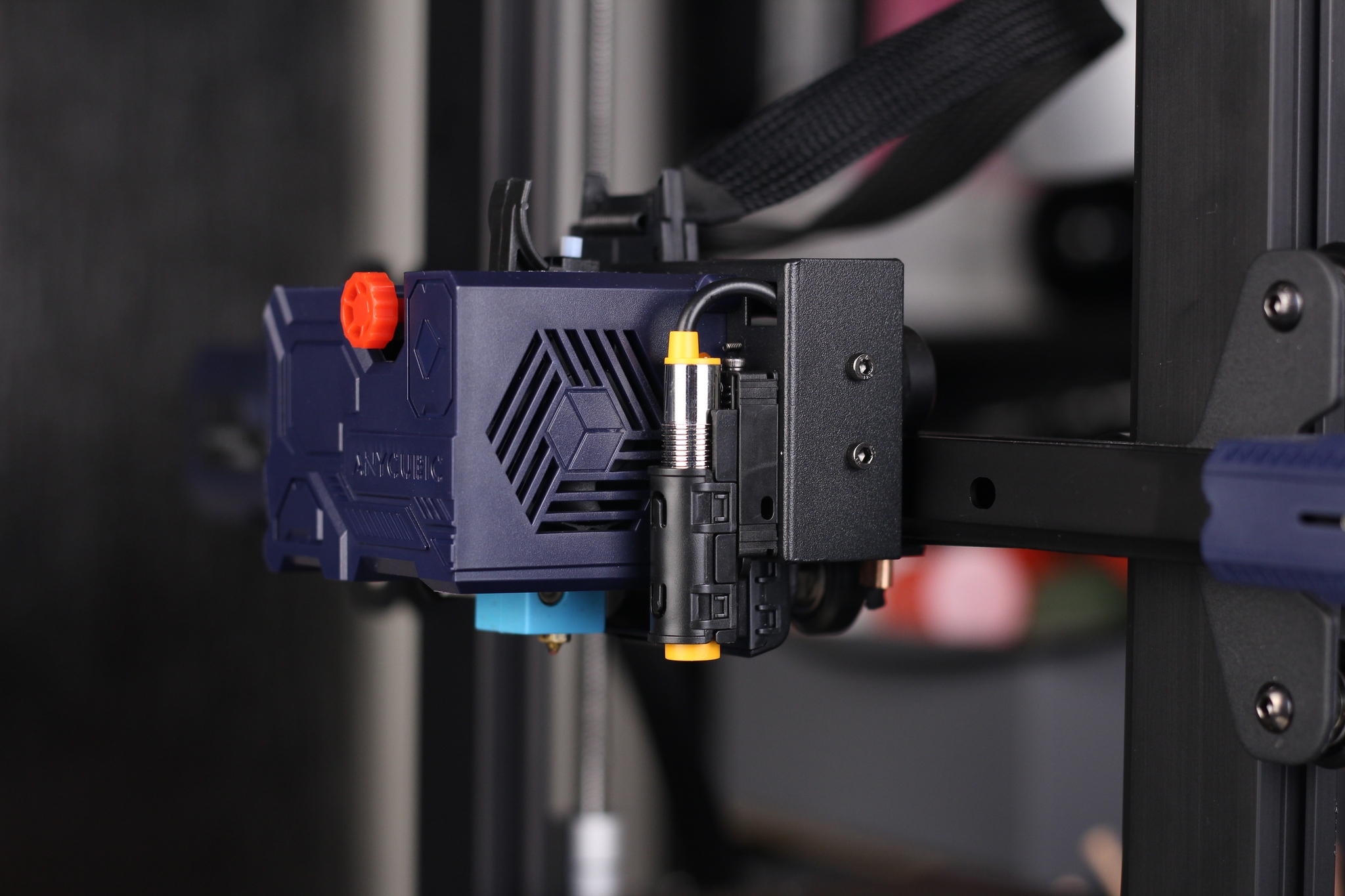
The bed is probed in 25 points, then the mesh is saved for future use. After I probed the bed once, I didn’t have any issues with bed adhesion or the first layer consistency. Everything worked great.
What needs to be mentioned here is the fact that this LeviQ leveling technology is patented by Anycubic. To be honest, I don’t really know how this feature can be patented, because there were other companies out there that used similar leveling technologies in the past. Besides that, as far as I know, this is already open source.
Sensorless Homing
When I first homed the printer, I didn’t hear the specific end stop clicks. And after doing a quick check, I was surprised to see that there is no end stops installed and the Anycubic Kobra uses sensorless homing.
Having the sensorless homing feature enabled means that there’s no need for regular end-stops on X and Y saving a few dollars on the printer BOM while also simplifying wiring.
The homing sequence works great and I didn’t have any kind of issues with it during my review.
4.3-inch touchscreen
The included 4.3-inch touchscreen doesn’t come with any special features compared to the other printers in the Kobra line. The screen is responsive and works well but the white theme and thin fonts used are not my favorite. If you previously used the Anycubic Vyper screen, then you know what to expect.
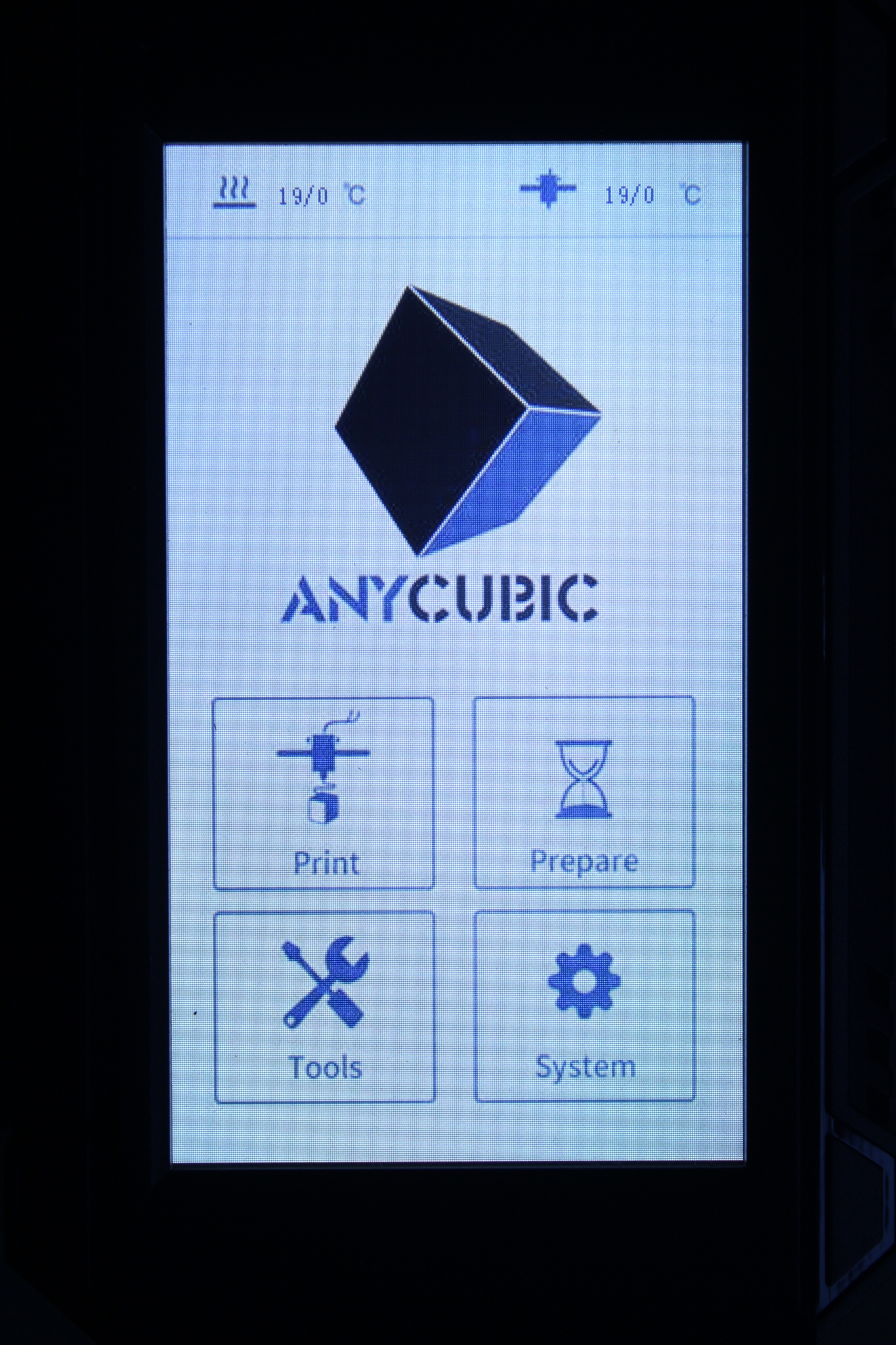
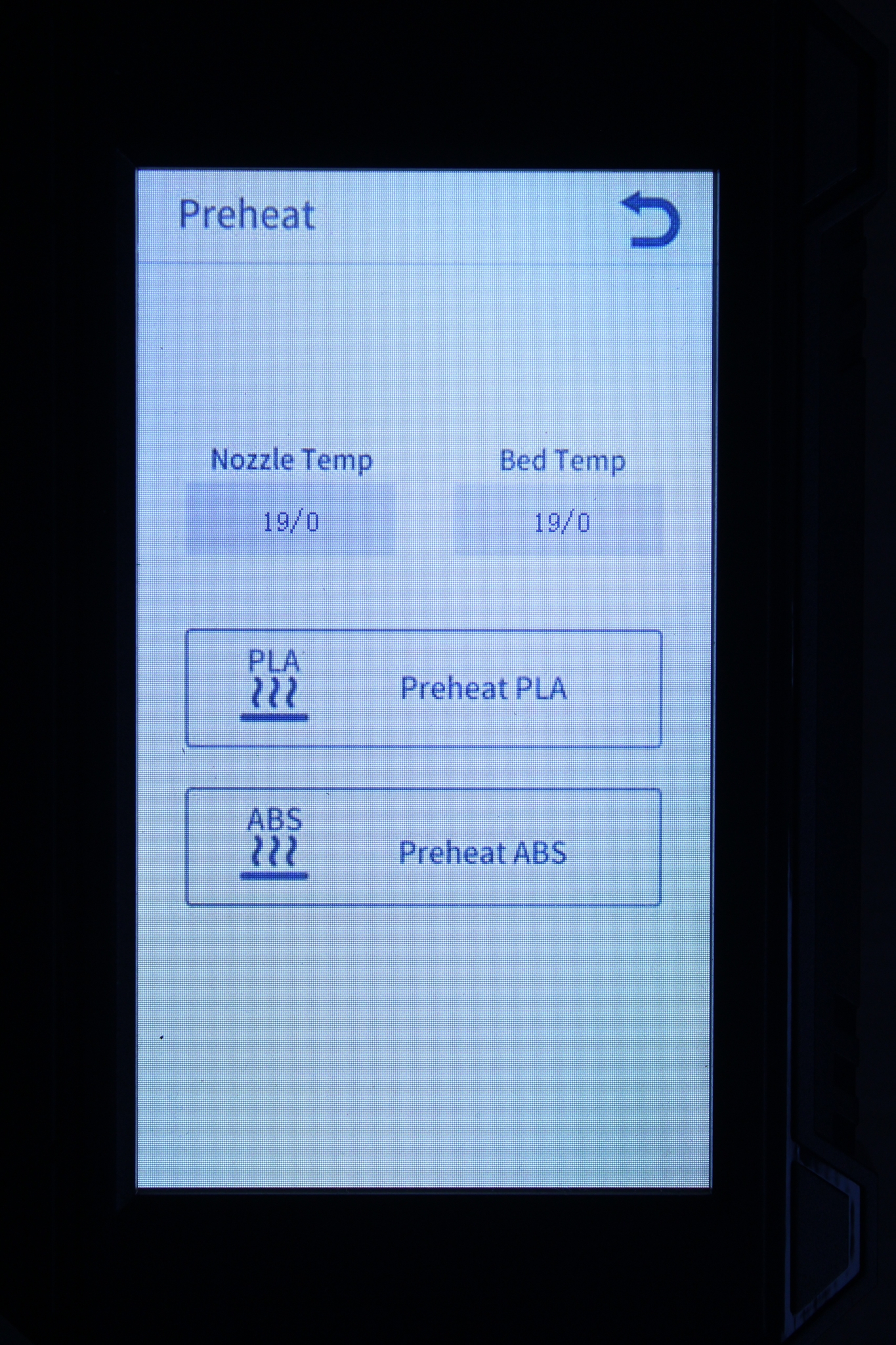
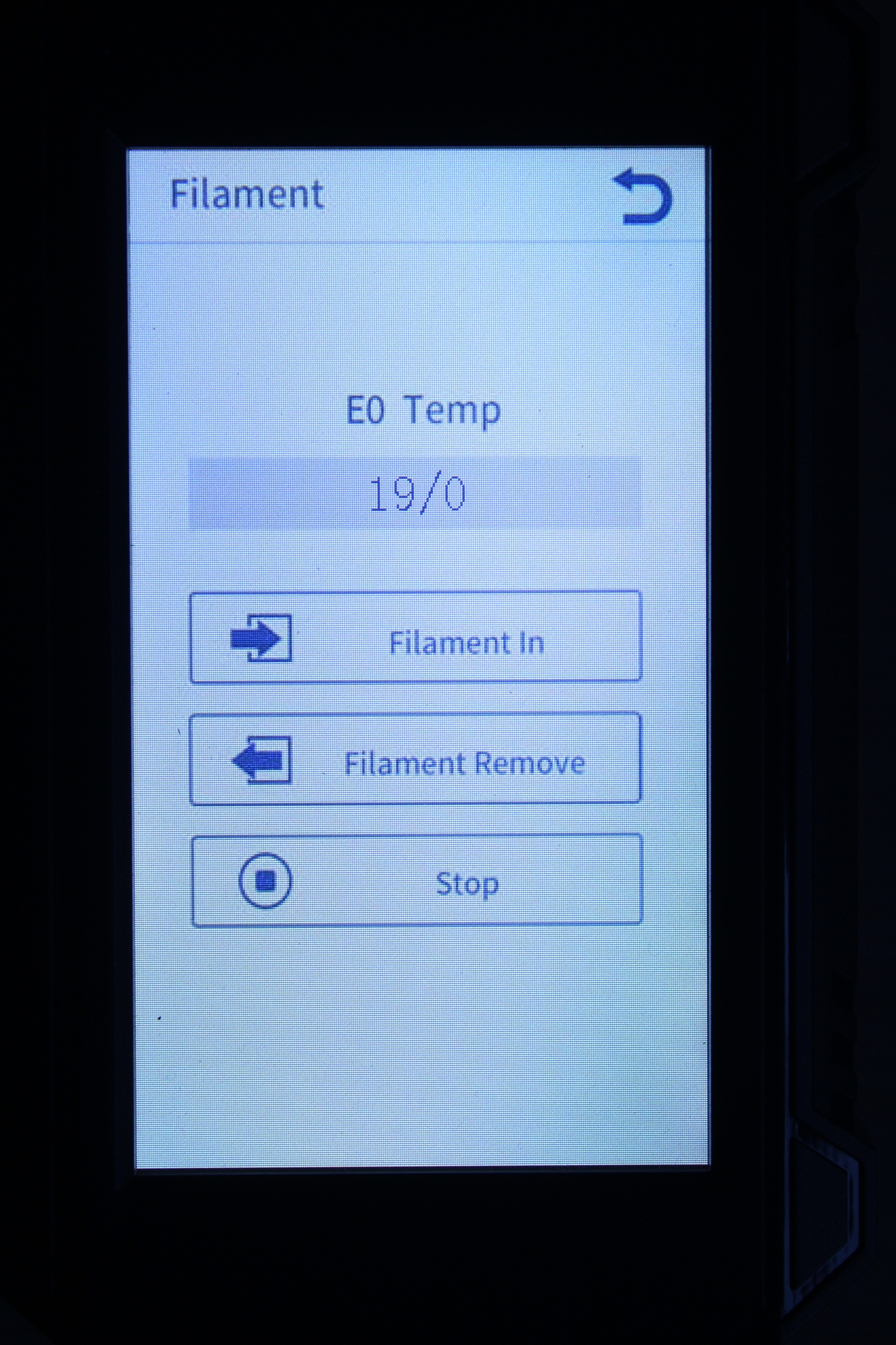
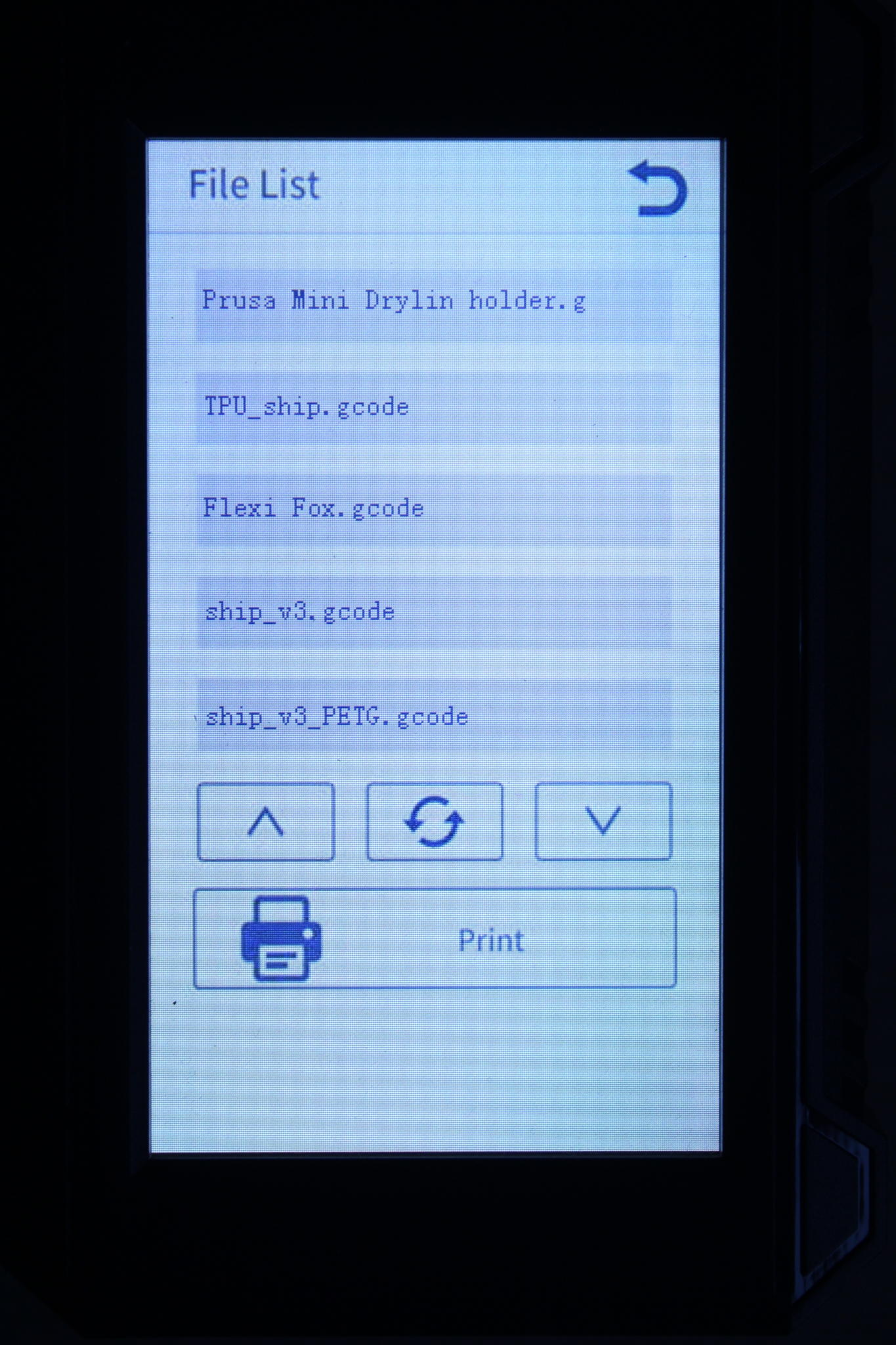



No-name 400W 24V Power Supply
Probably to save costs, the Anycubic Kobra comes with a no-name 24V power supply. Unfortunately, there are no markings on it, so I can’t share more information about it. But considering the relatively low power draw of the machine, it should be good enough not to create any issues in the future.
Belt Tensioners
Another helpful upgrade that comes as default with the stock Anycubic Kobra is the plastic belt tensioners for both the X and Y axis.
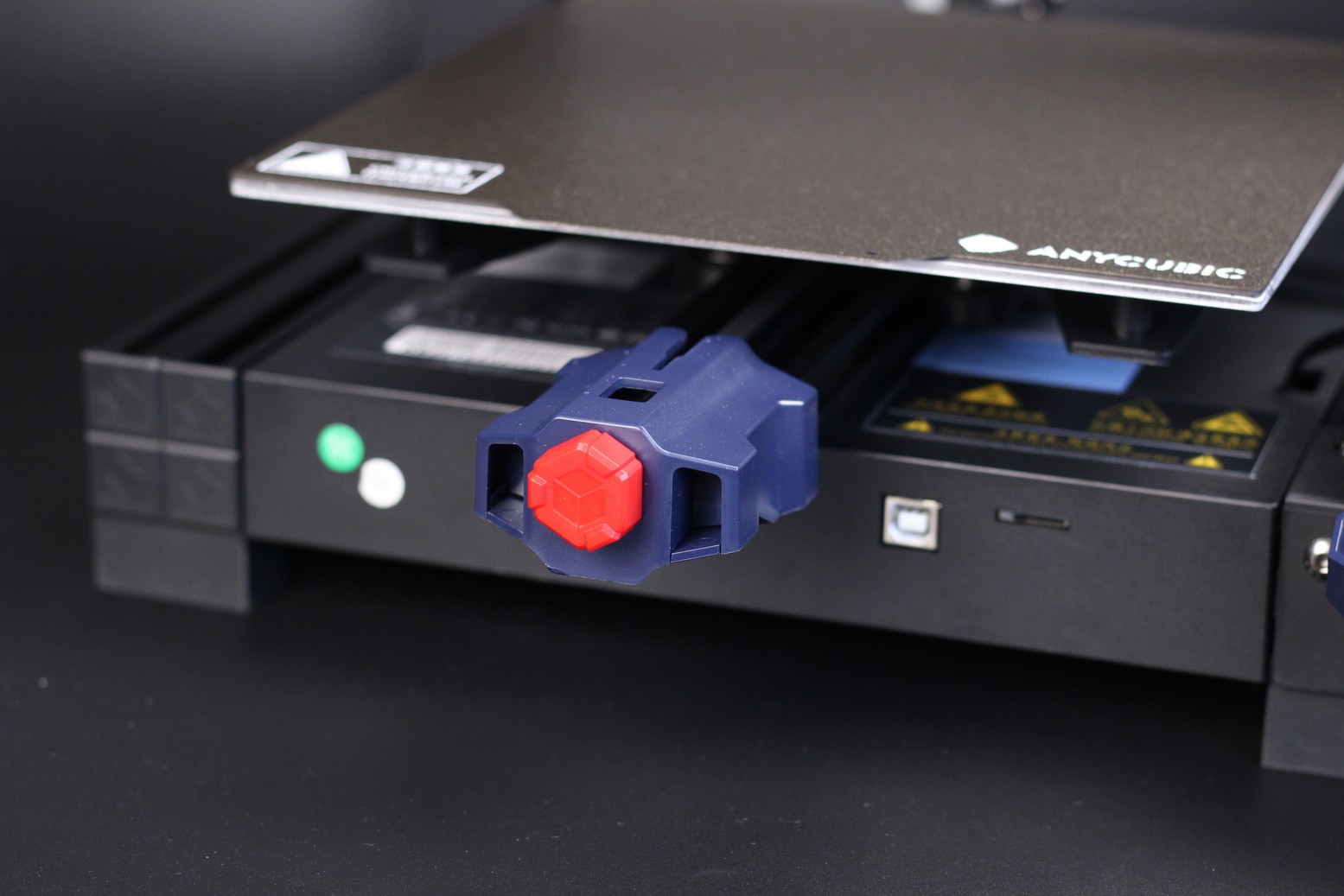
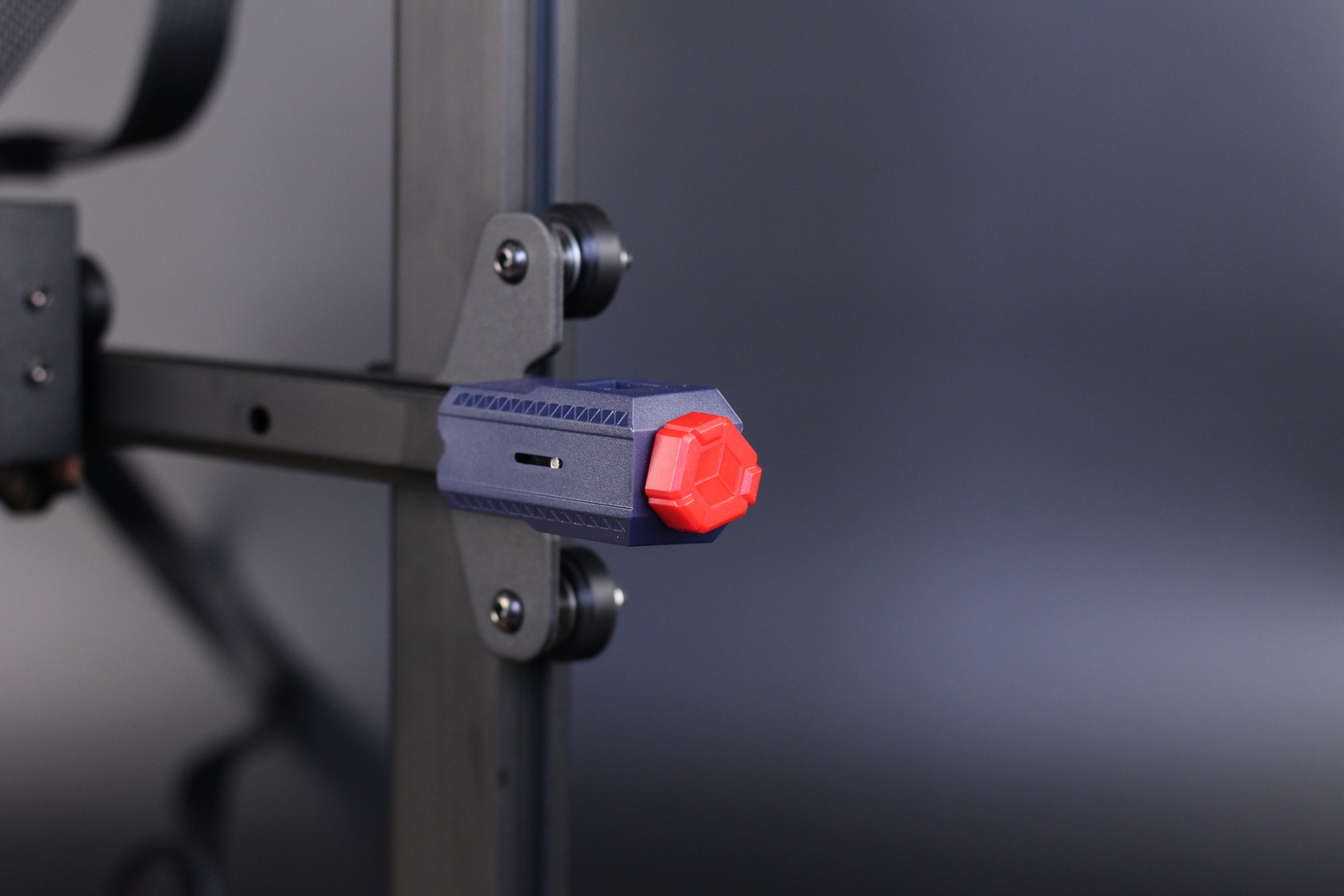
They aren’t as fancy as the belt tensioners included on the Vyper, but the change was probably made to save costs and also to make them easier to use. On one side, this makes belt tensioning easier for users, but on the other side, it’s easy to over-tighten the belts and cause other print quality defects.
Heating time and power consumption
I tested the heating time for both hotend and heat bed and here are the results:
Hotend
- 200C in 1 minute and 15 seconds
- 250C in 1 minute and 40 seconds
Heatbed
- 60C in 2 minutes and 20 seconds
- 100C in 8 minutes
Power Draw.
Idle power draw is around 15W. When the hotend and heatbed are heating up, the Anycubic Kobra draws around 260W. After it starts printing, the power draw stabilizes to around 110W.
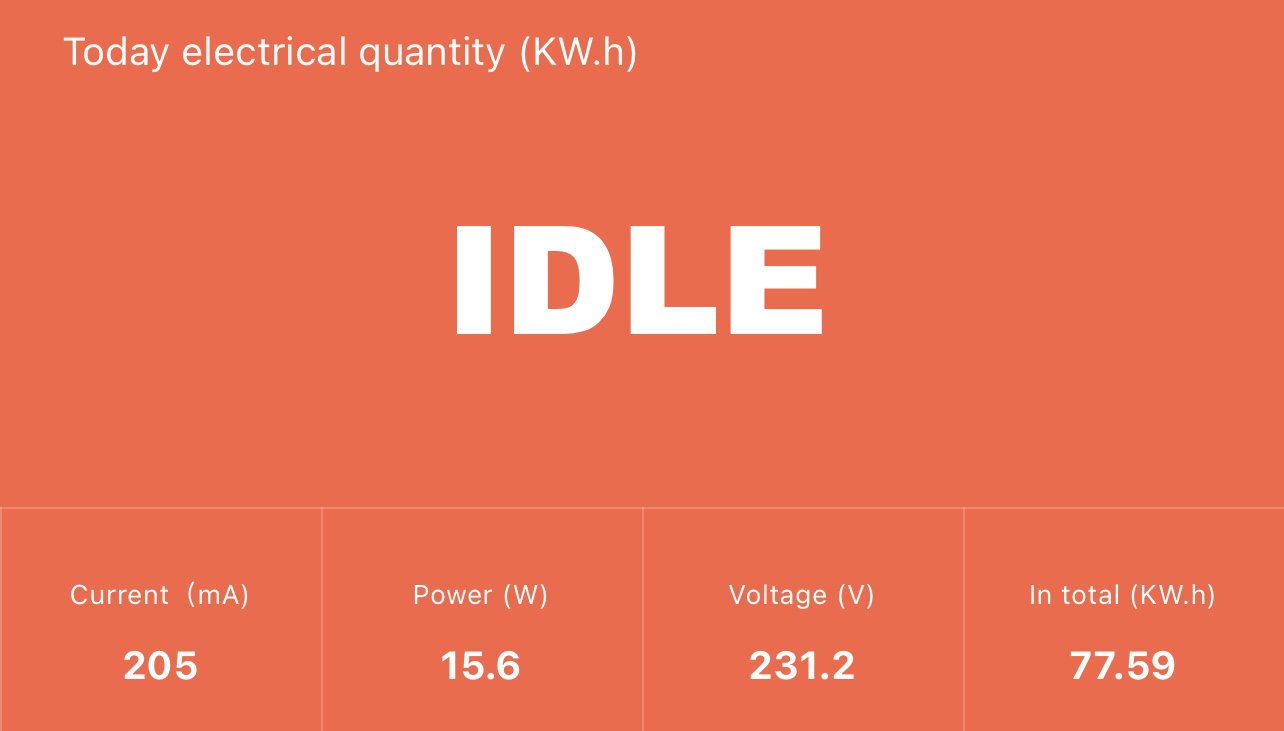
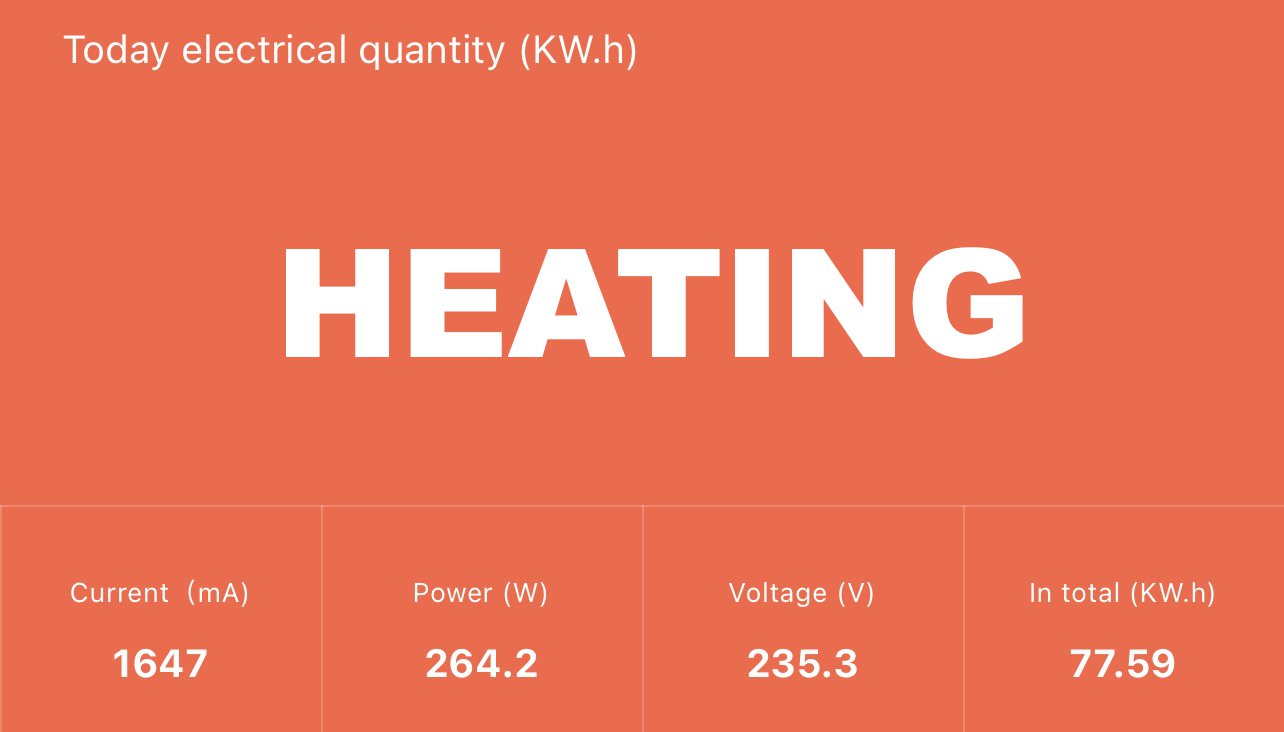
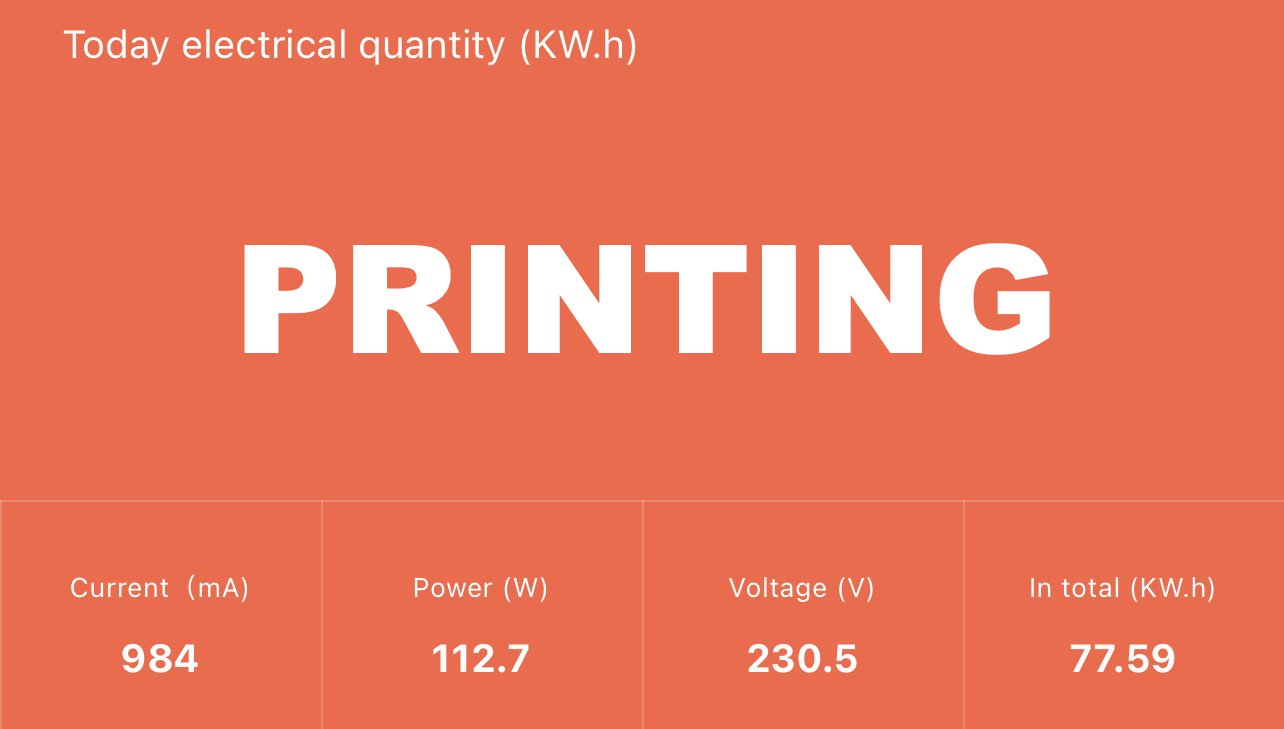
All these measurements were taken with a Blitzwolf smart power socket which indicates the power draw, and it can also be used for remotely powering on and off the printer.
Bed Temperature Uniformity
I tested the temperature uniformity for the Anycubic Kobra bed with the FLIR Camera installed on the CAT S62 Pro. The bed has been set to 60C and I waited 2 minutes for the temperature to stabilize.
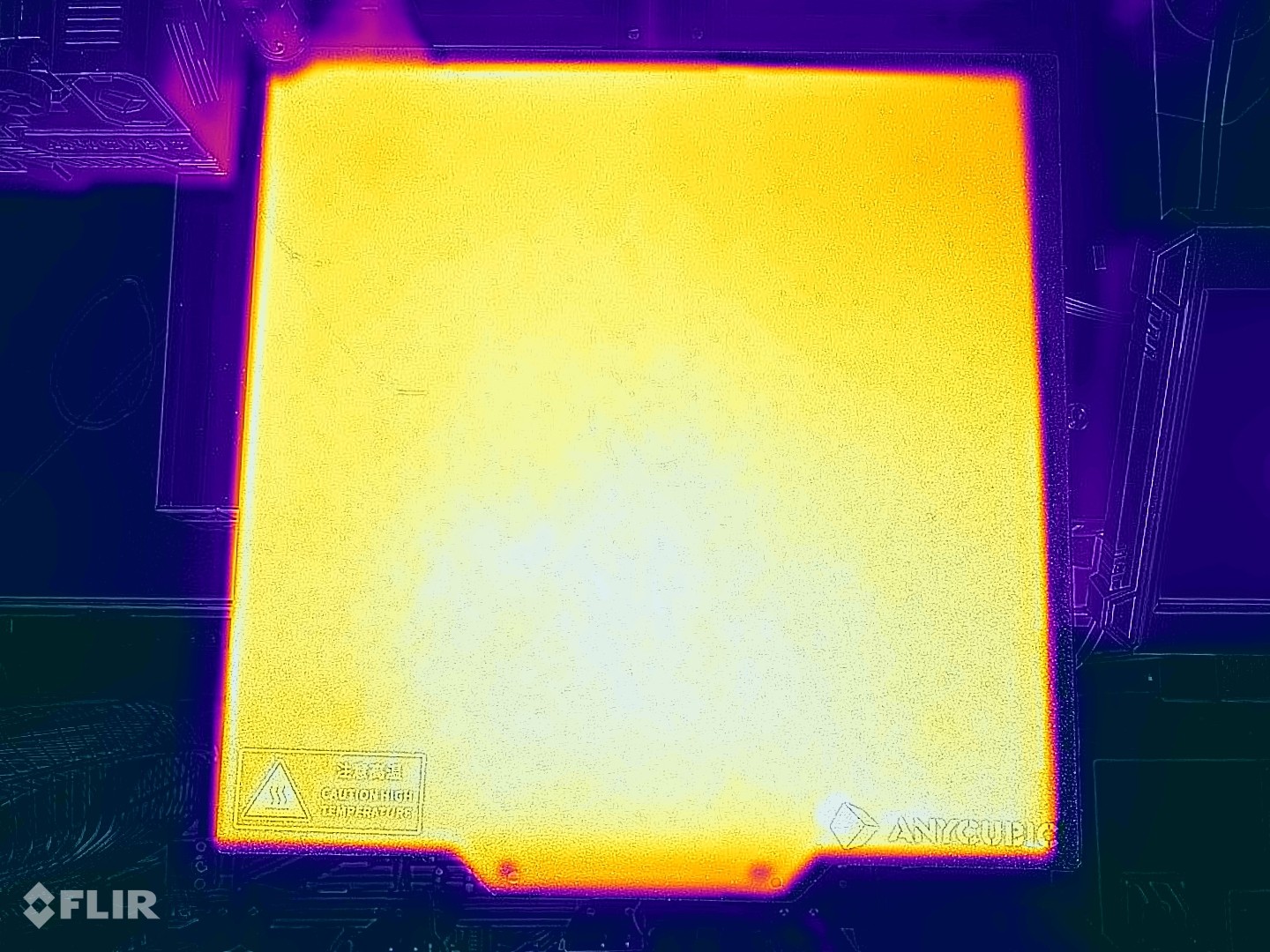
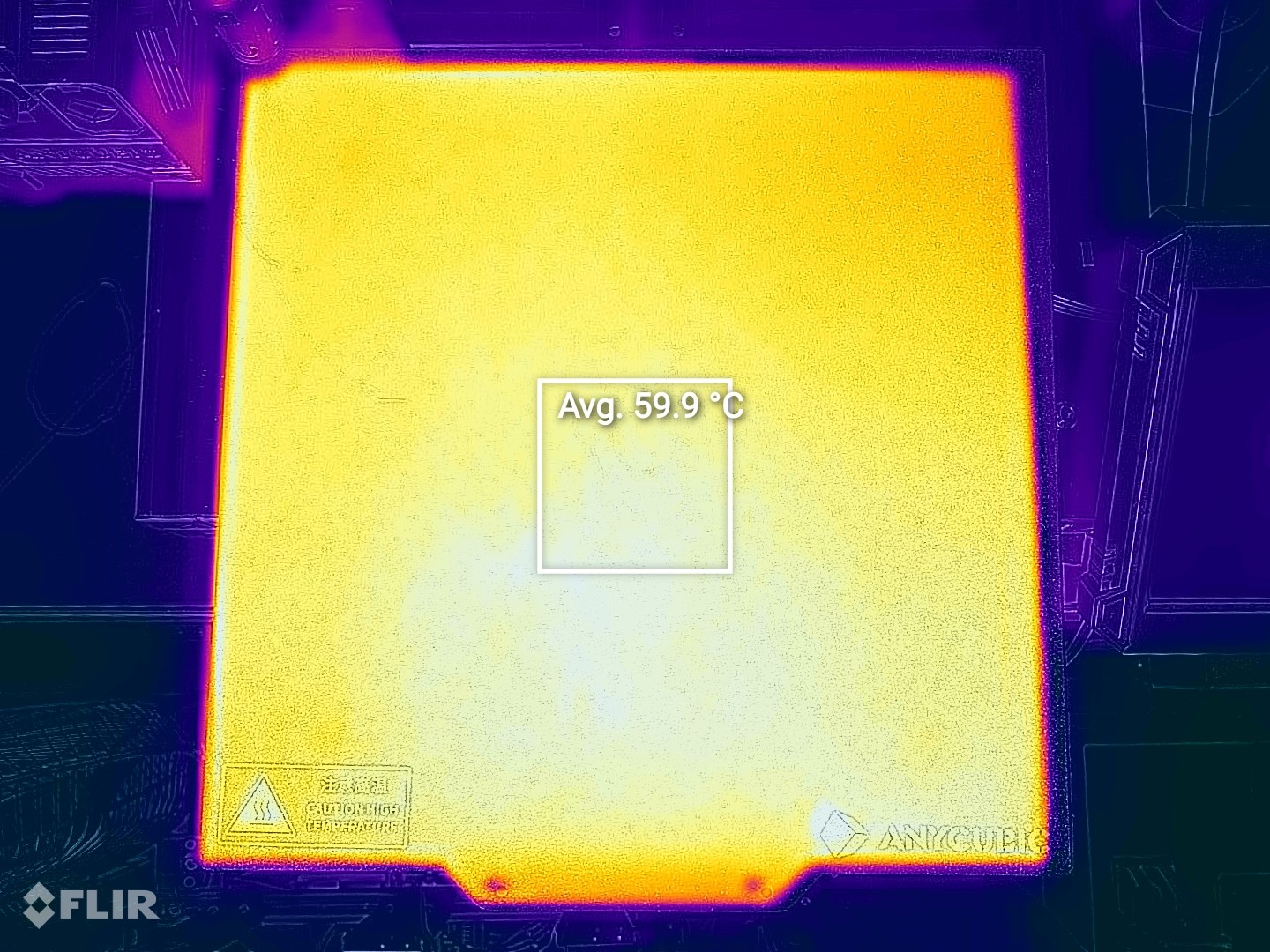
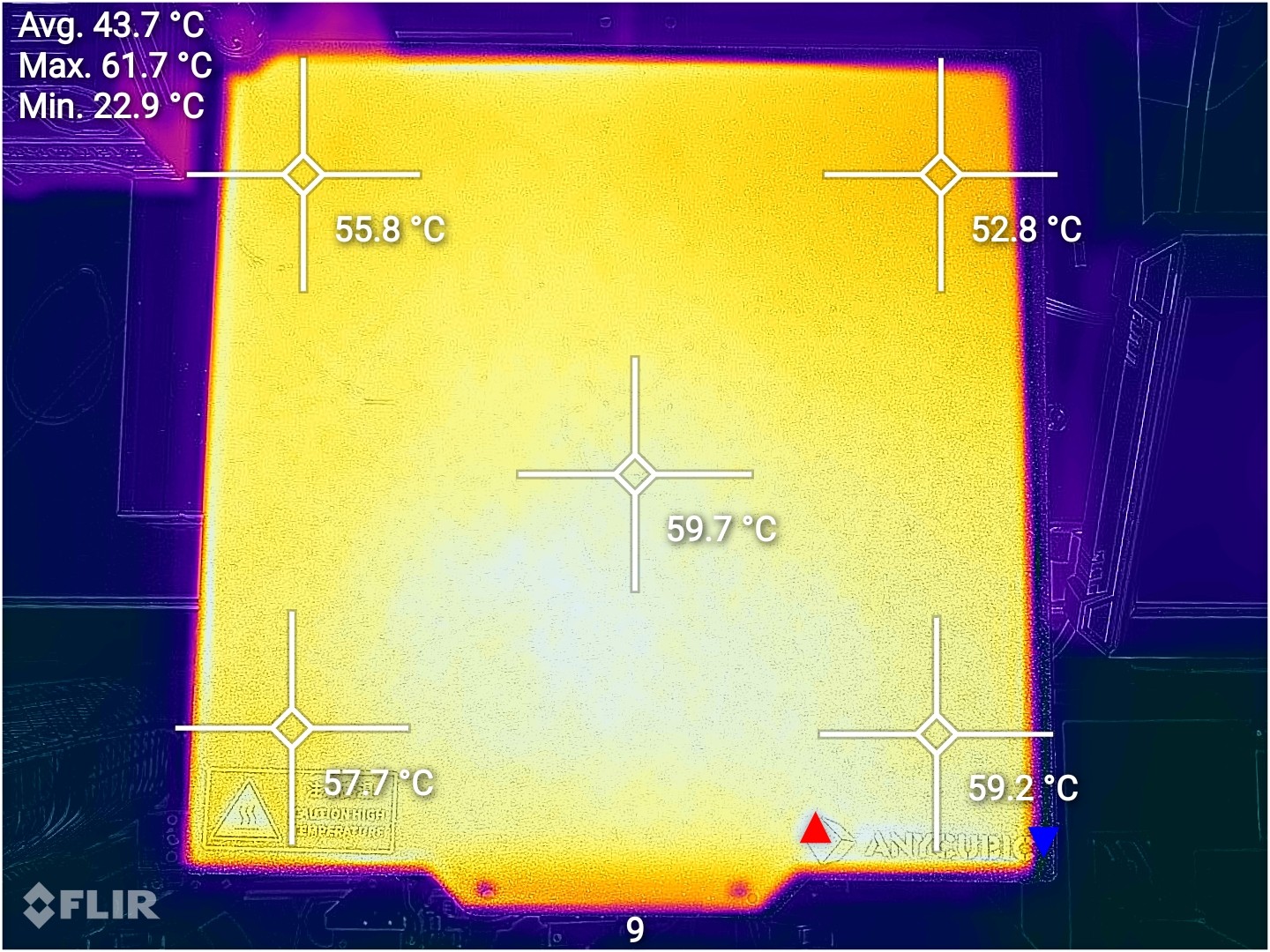
The bed temperature uniformity is not terrible, but it’s also not as good as you might find on other printers. On the top right side of the bed the registered temperature is about 5 to 7 degrees lower compared to what you get in the middle.
The PEI print surface will compensate for this and you won’t have issues when printing PLA and TPU, but for PETG/ABS/ASA you could see some corners lifting up if you print a large model.
Some bed insulation would help with this and probably solve the issue completely.
Anycubic Kobra Noise Levels
The Anycubic Kobra is a bit too noisy for my liking. The PSU fan is almost always on, and the board cooling fan is spinning too fast, contributing to the noise. Some mods can be done for the printer to be a bit quieter, but I really wish manufacturers would consider making the printers quieter. It’s not super useful to have silent stepper drivers, only to have more noise generated by the fans.
IdeaMaker and Prusa Slicer Profiles for Anycubic Kobra
During my time with the printer, I tuned IdeaMaker and Prusa Slicer profiles for the Anycubic Kobra using the tools available in the 3D Printer Calibration Guide using IdeaMaker article. These profiles are tuned for the stock printer and are available to my Patreon supporters.
As usual, the flow rate will still need to be calibrated, according to your filament.
Test prints on Anycubic Kobra
3D Benchy
As I do for most of my reviews, I printed a 3D Benchy to see what kind of print quality I get from the base Anycubic Kobra profile. The print quality is decent, but some tuning was needed for better results.
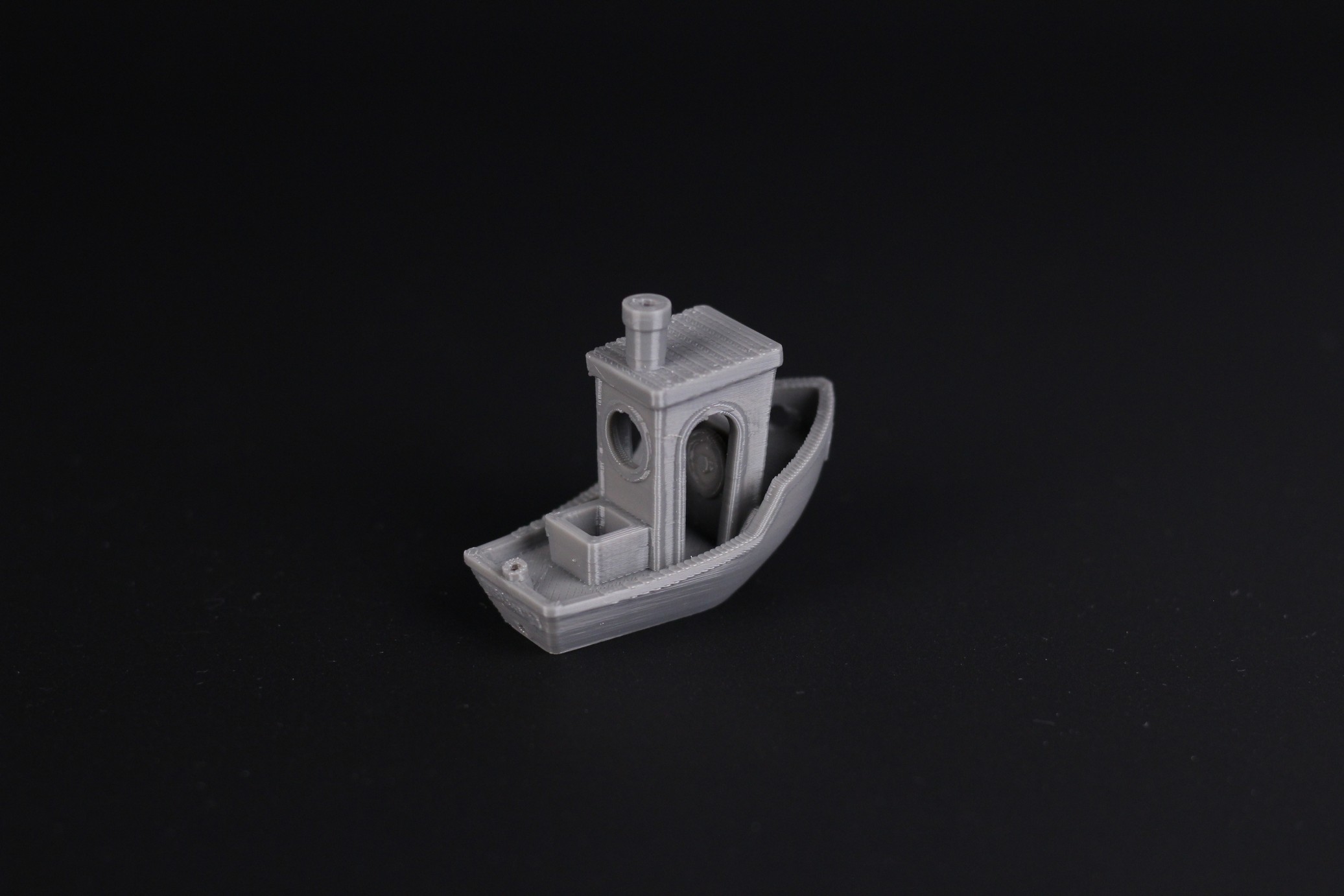
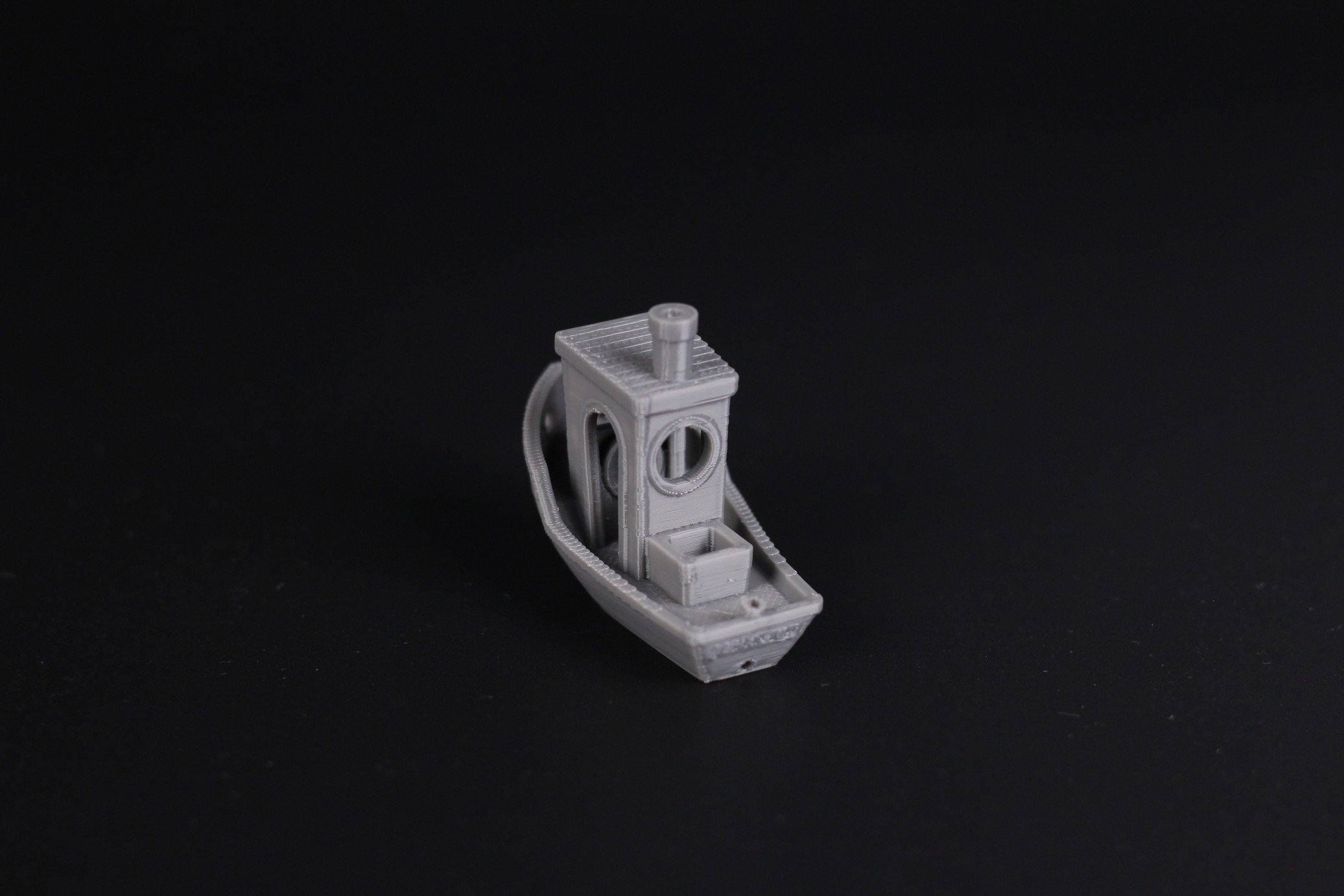
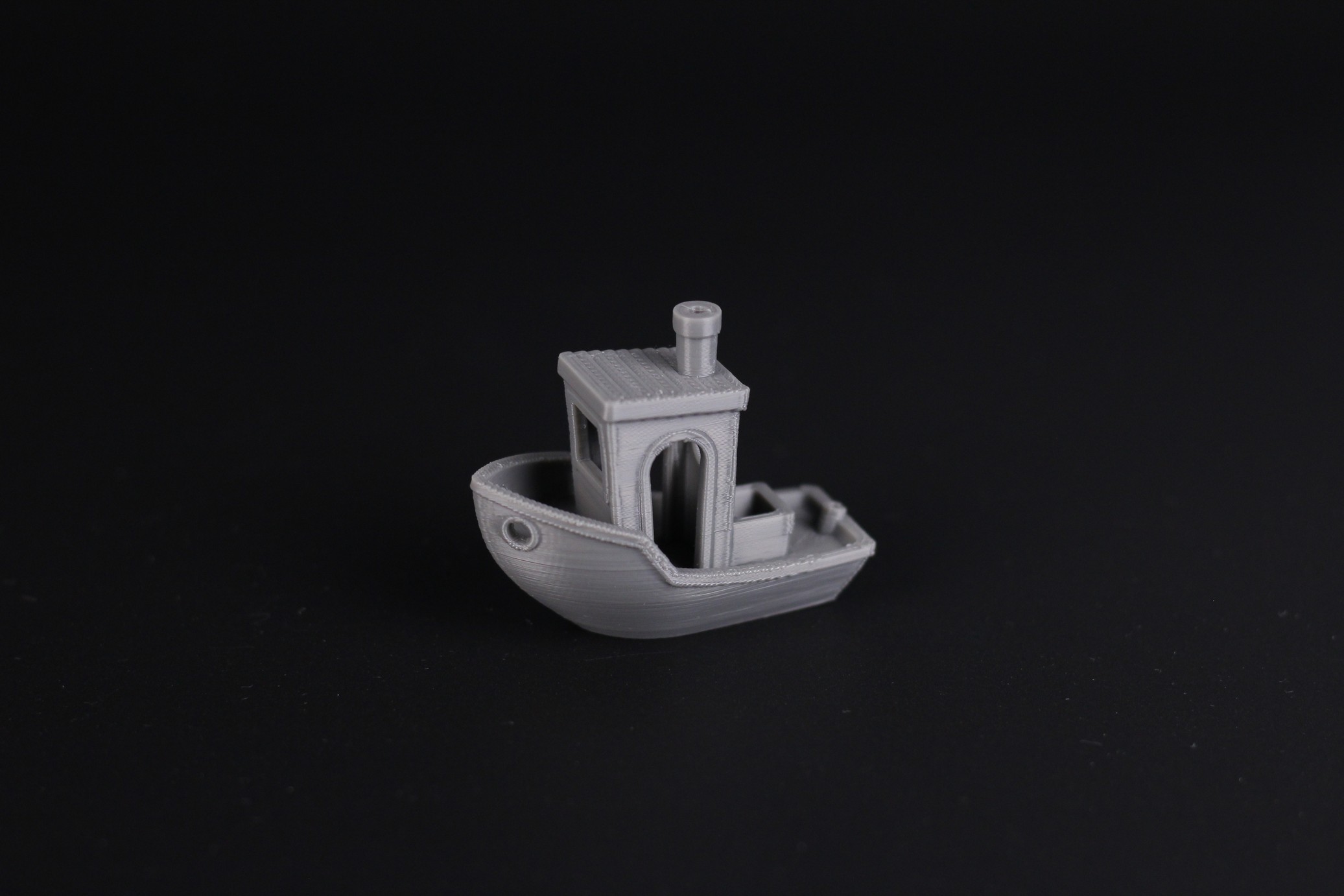
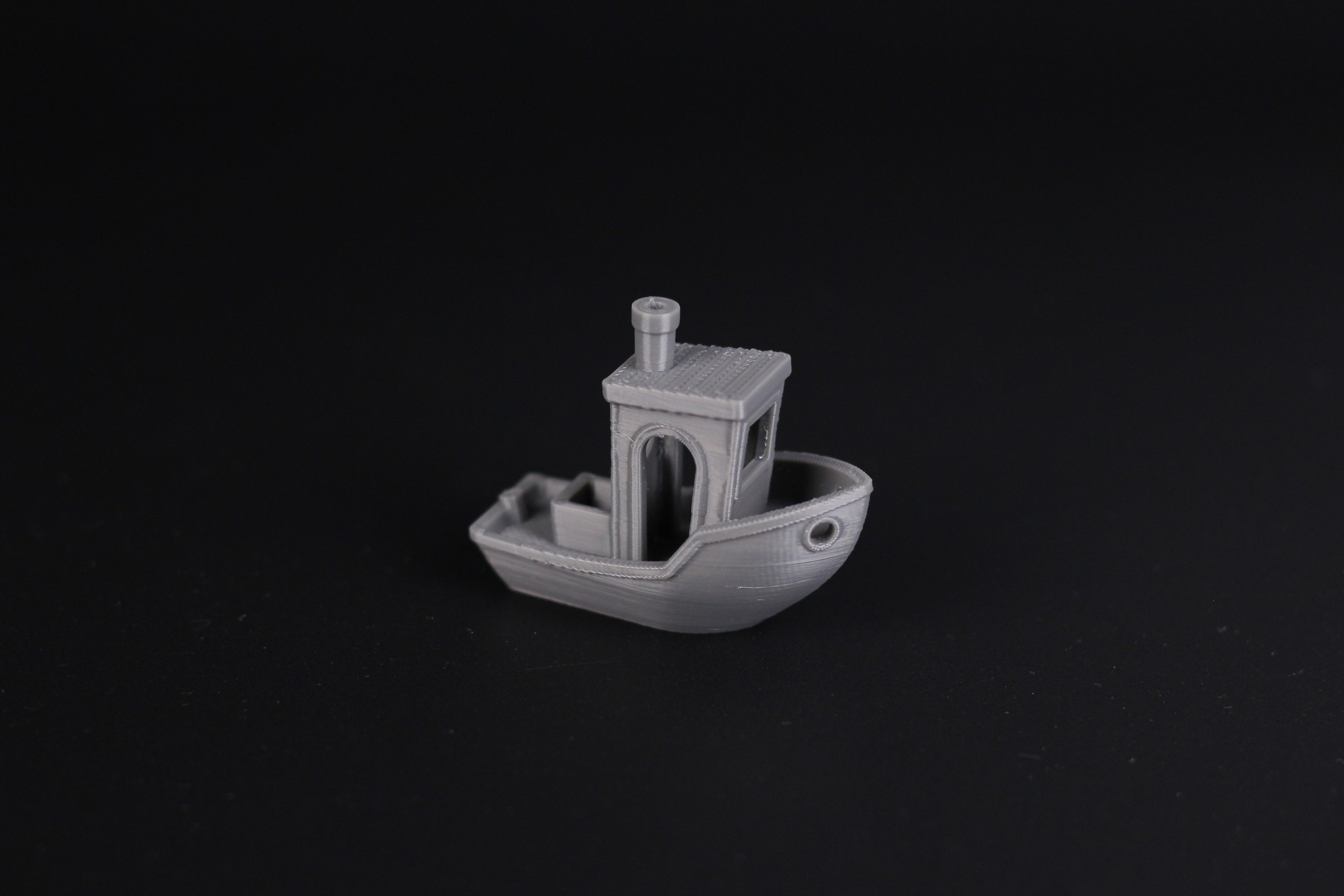

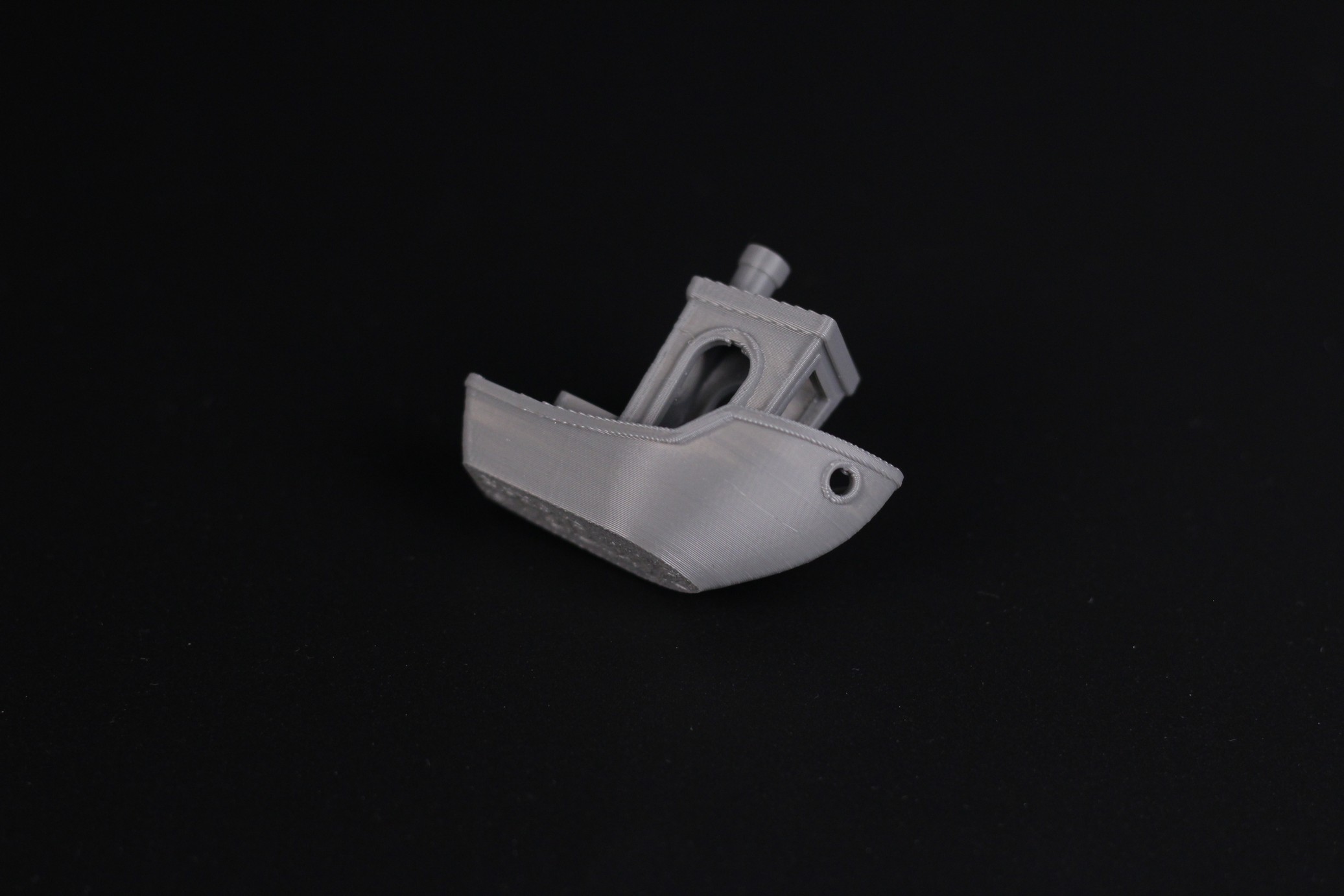
- Material: Sunlu Grey PLA
- Layer Height: 0.2mm
- Nozzle Temperature: 195C
- Bed Temperature: 60C
- Print Speed: 60 mm/s
Tiny Tugboat
I will start adding the Tiny Tugboat model to my test prints because it’s a model that prints fast and it has all kinds of intricate details that gives you some information about the print quality you can expect. This one was printed in PETG and I think it looks pretty good.
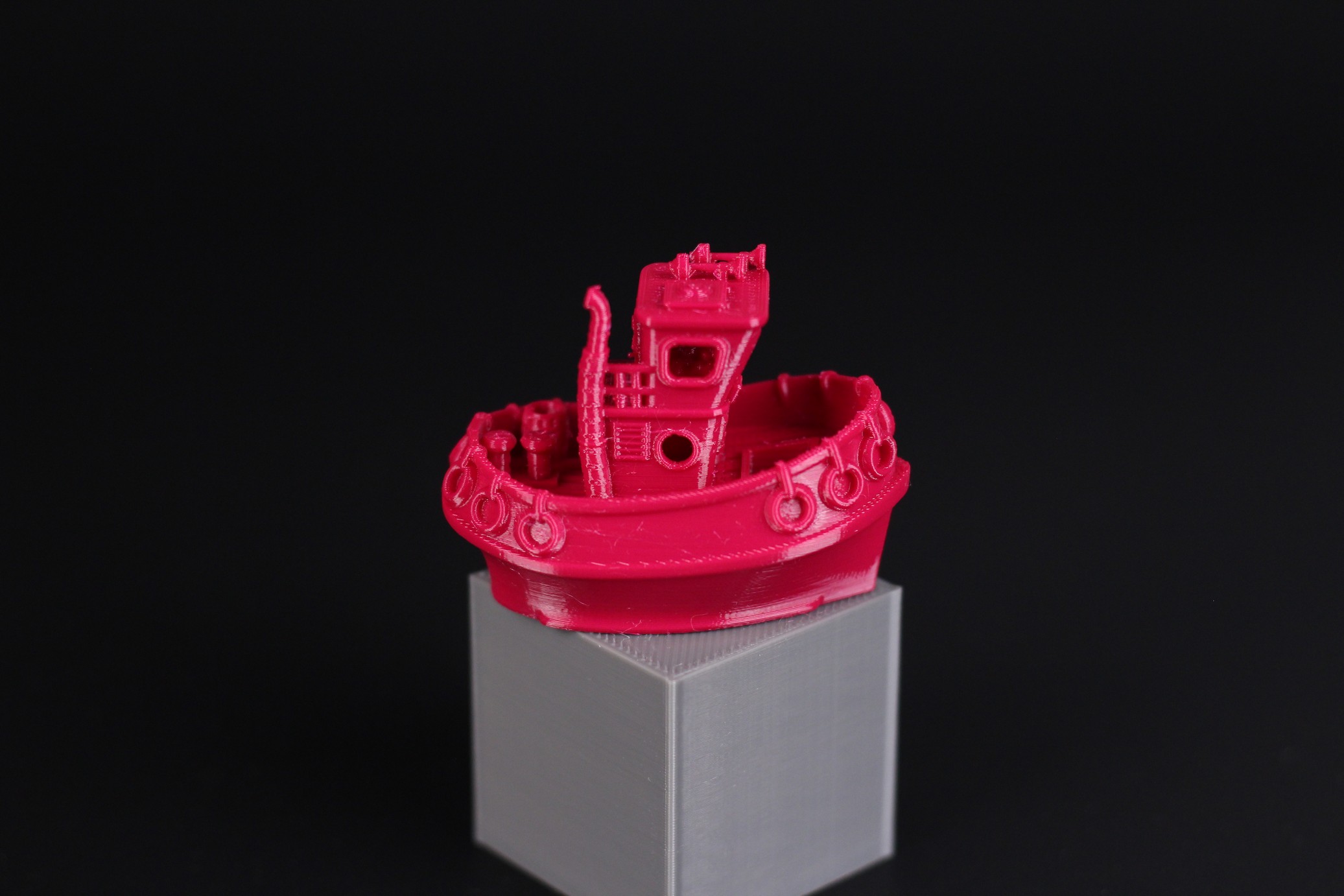
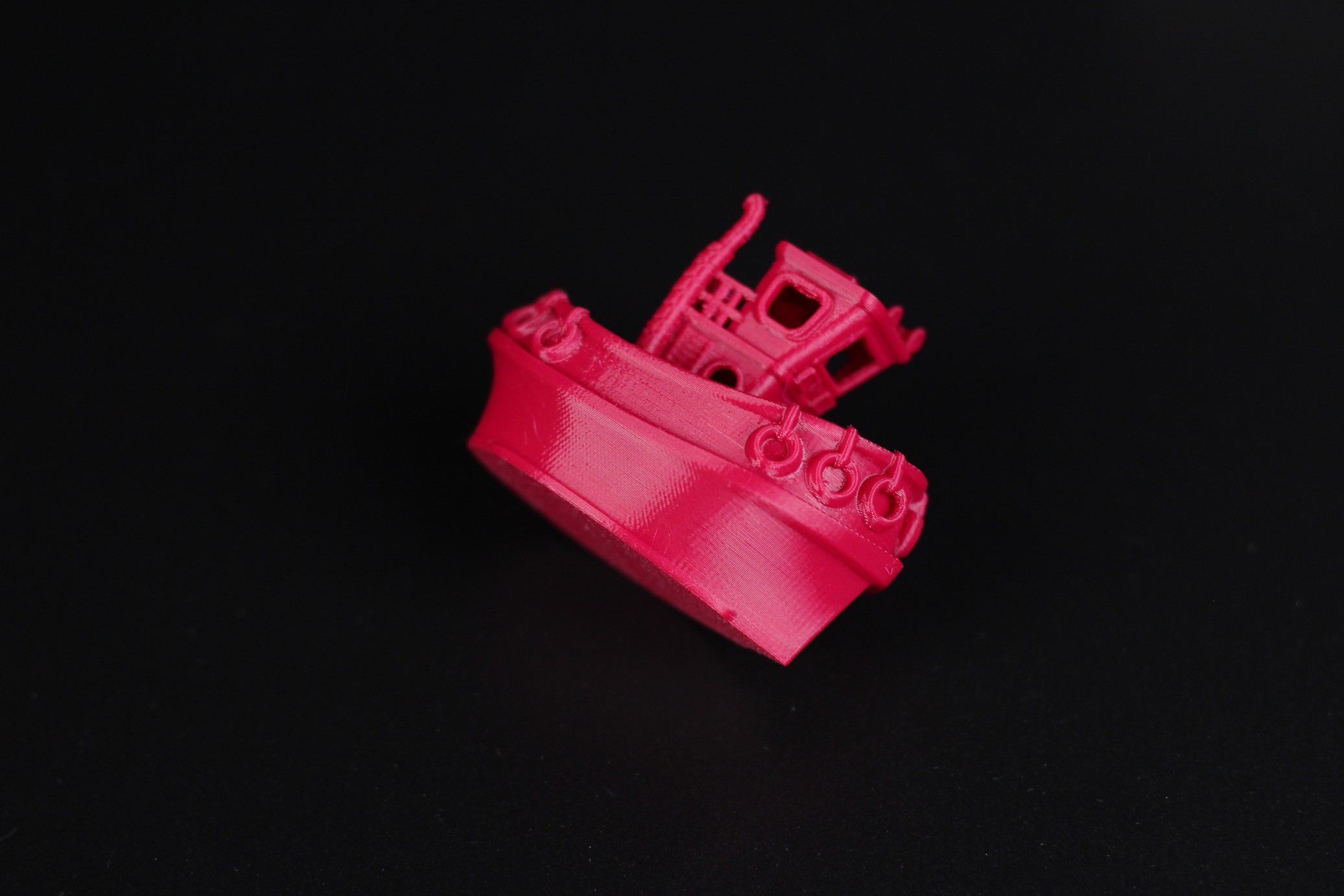
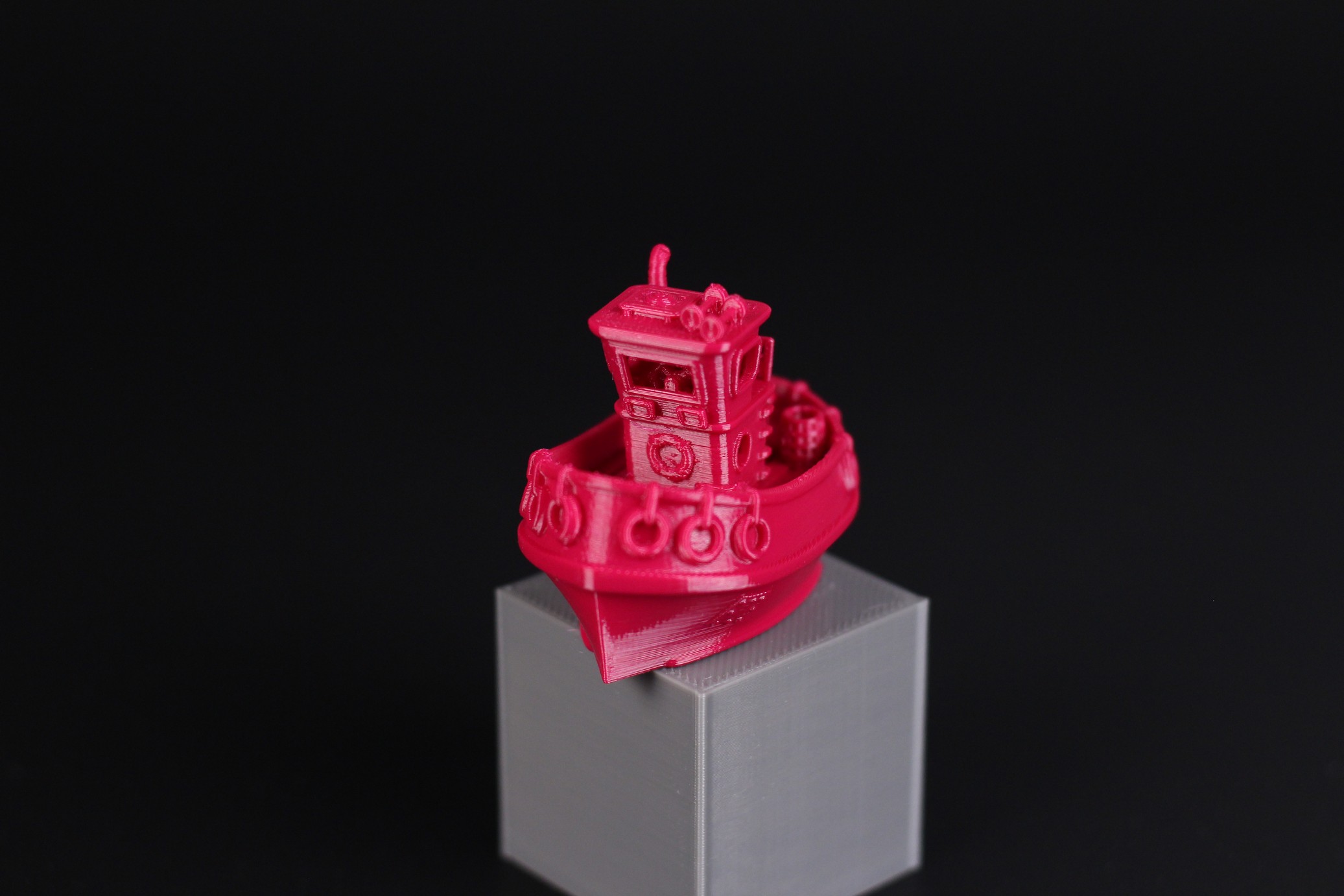
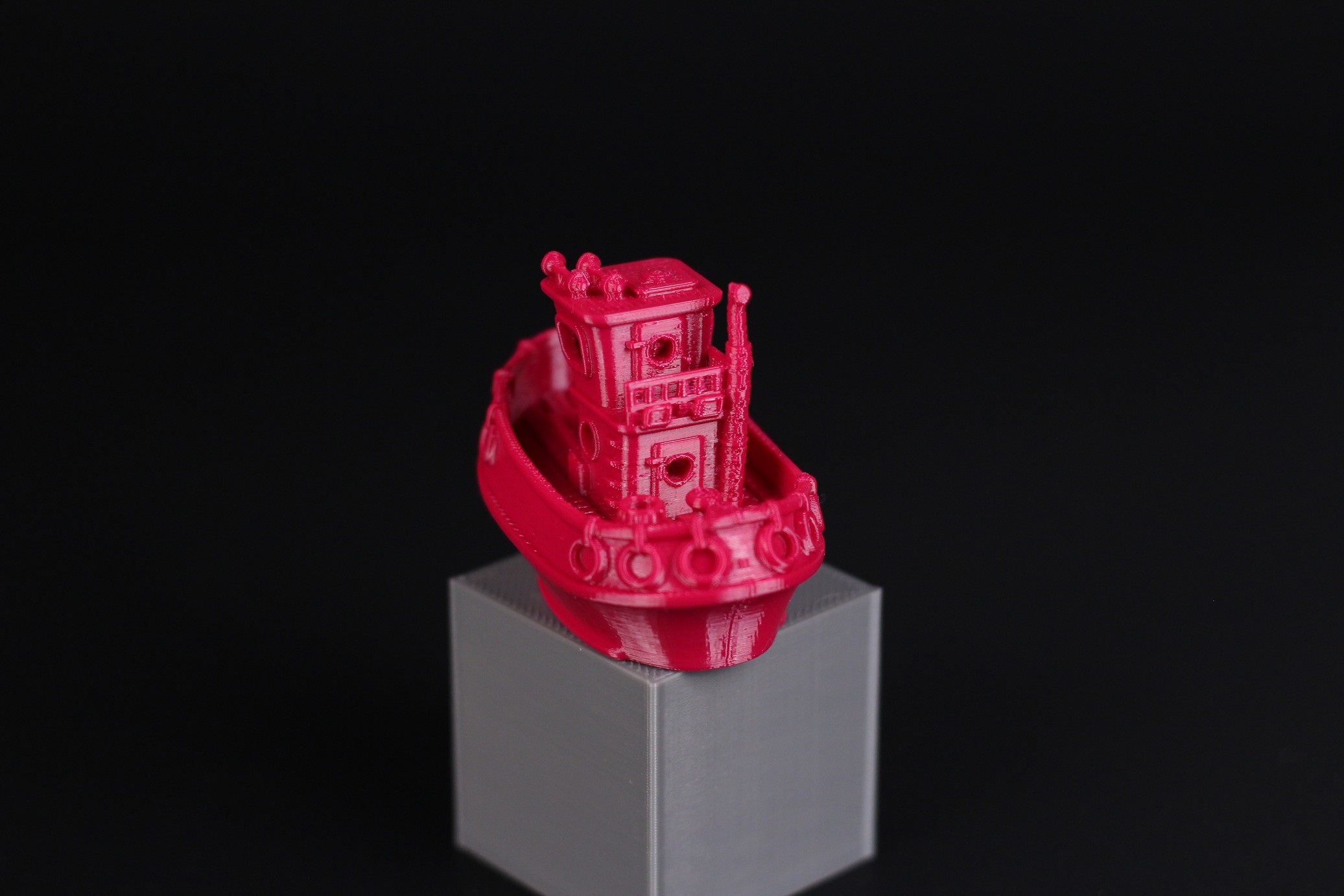

- Material: Devil Design Pink PETG
- Layer Height: 0.2mm
- Nozzle Temperature: 230C
- Bed Temperature: 70C
- Print Speed: 60 mm/s
200% Calibration Cube
I also printed a 200% calibration cube to see how clean are the corners produced by the Anycubic Kobra. Some bulging is present, but otherwise the print looks pretty great. With pressure advance/linear advance this cube can look much cleaner.
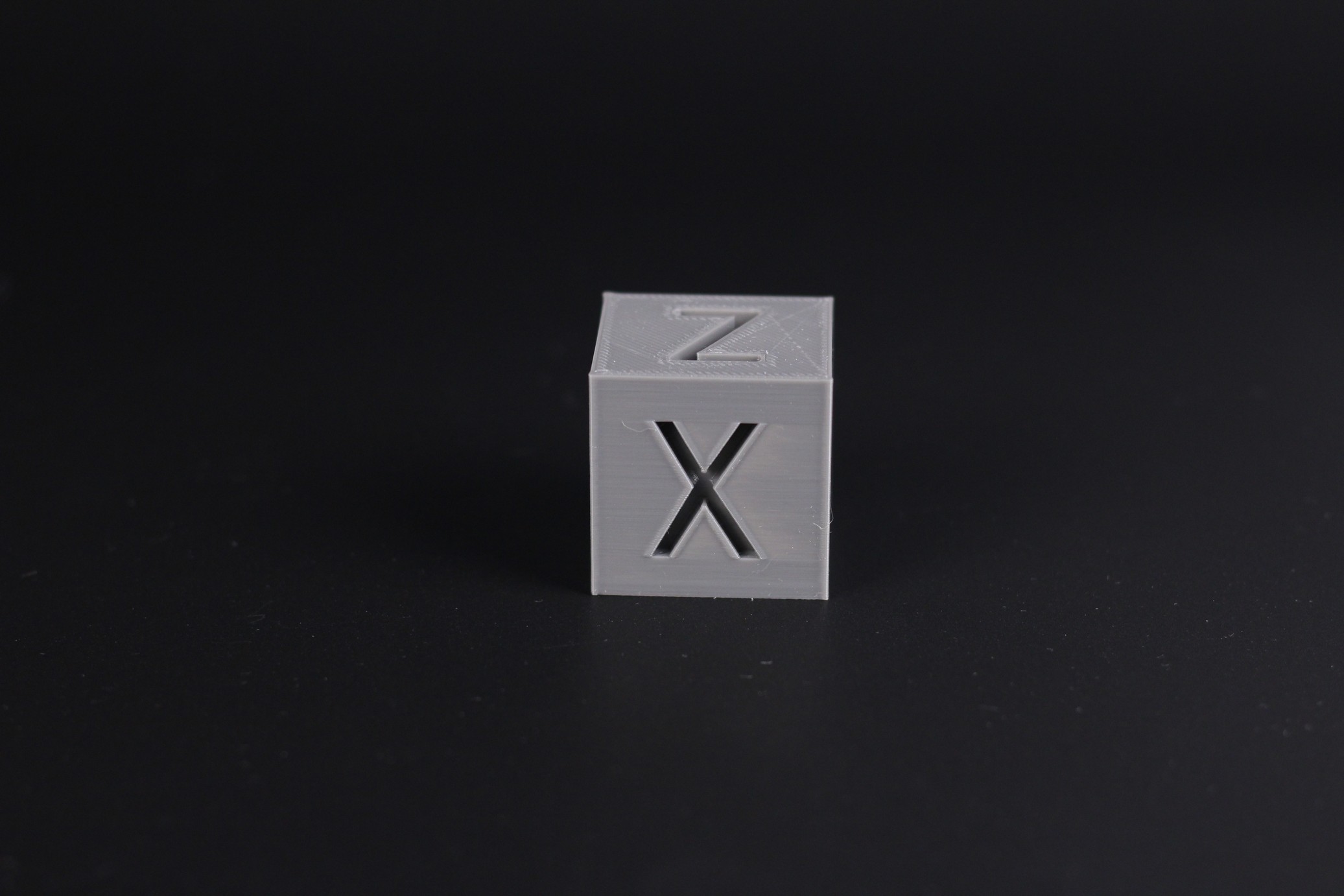
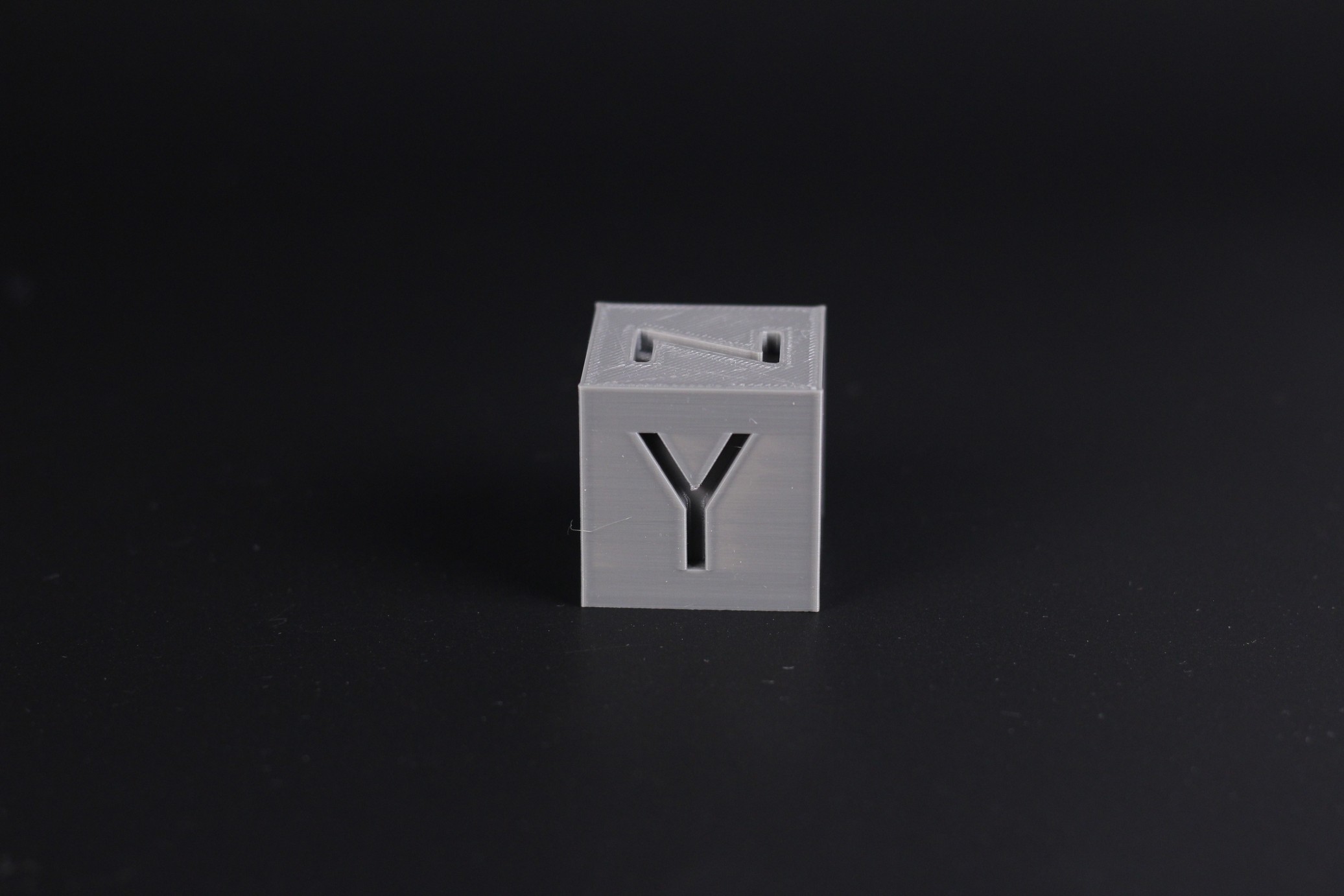
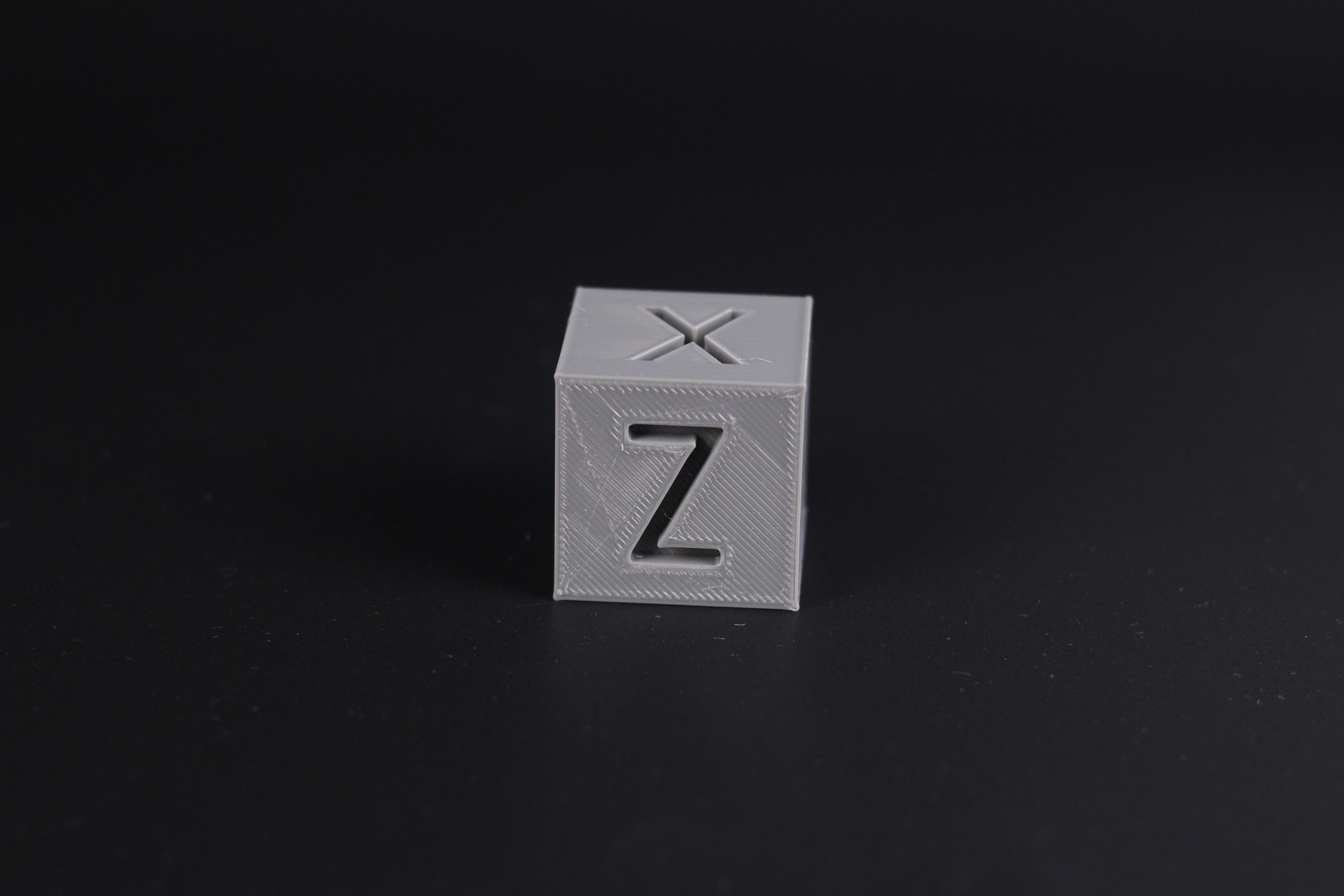

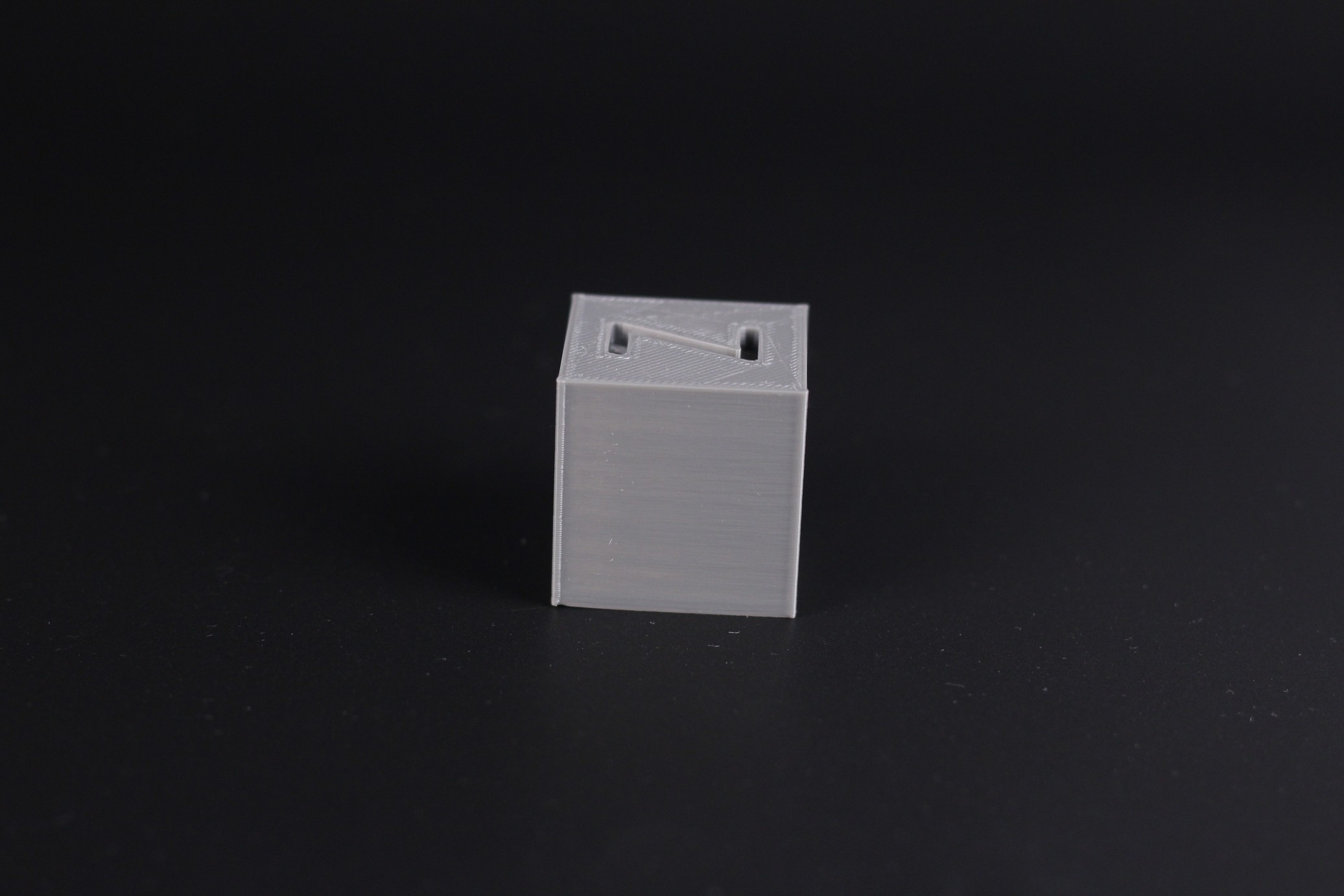
- Material: Sunlu Grey PLA
- Layer Height: 0.2mm
- Nozzle Temperature: 195C
- Bed Temperature: 60C
- Print Speed: 60 mm/s
Phil-A-Ment
I also printed my regular Phil-A-Ment model which tests overhangs and bed adhesion. The first print didn’t come out that great and the extrusion was not consistent. This was caused by improper tension on the extruder idler. After tightening the idler, the results can be seen in the second Phil print.


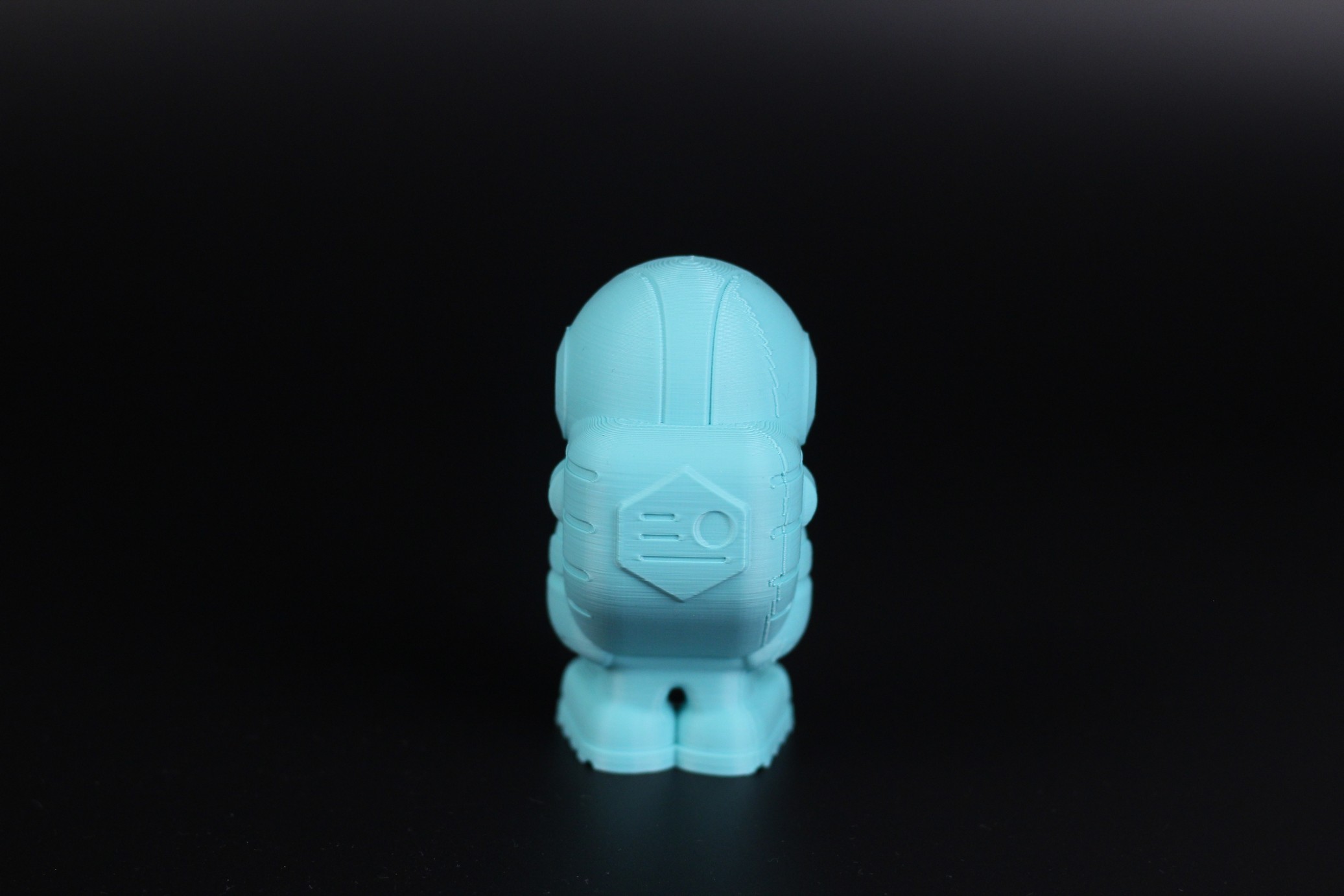

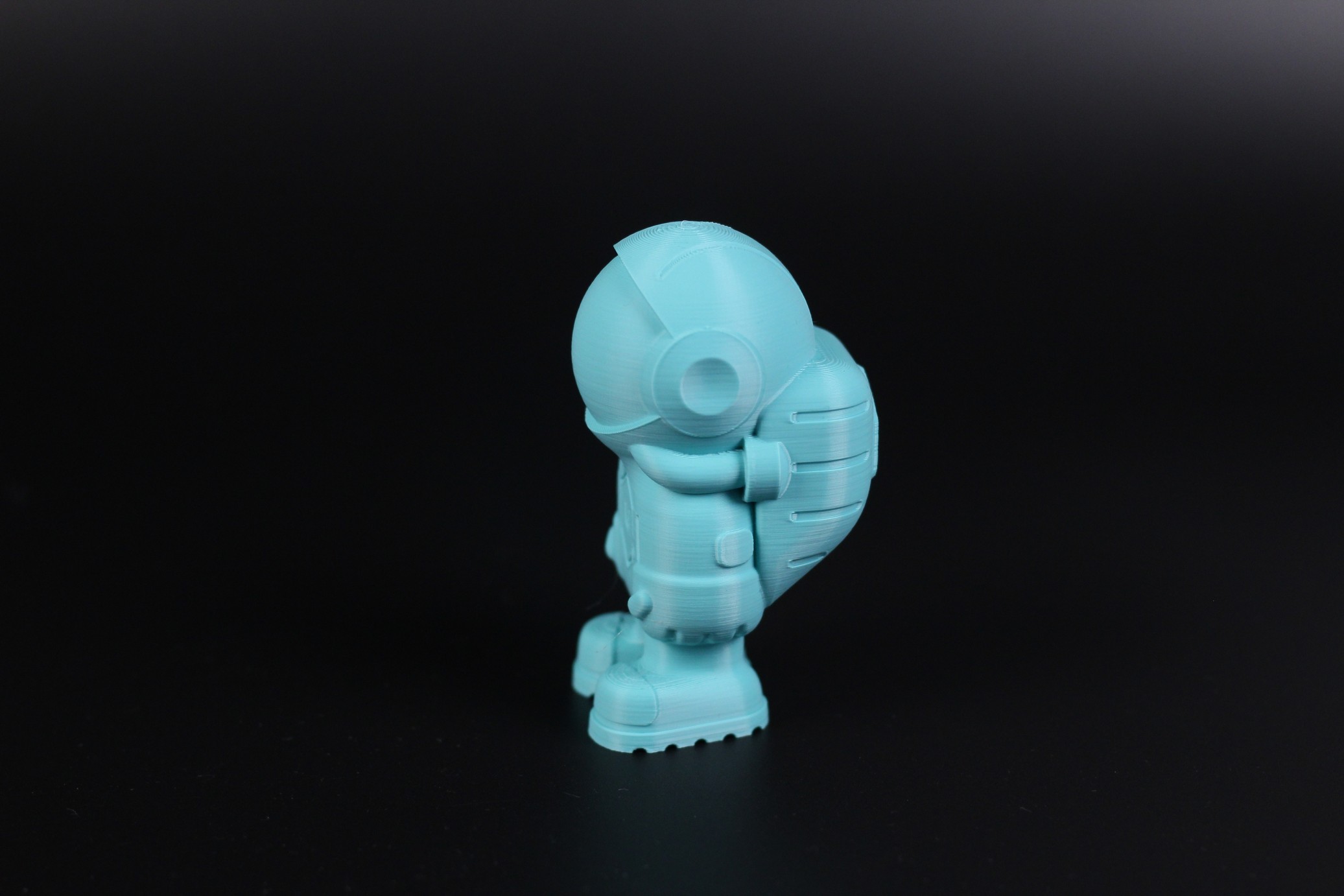
This one came out great and even the overhangs from the gloves look good. The 4010 radial fan does a decent job if your print settings are dialed in correctly.
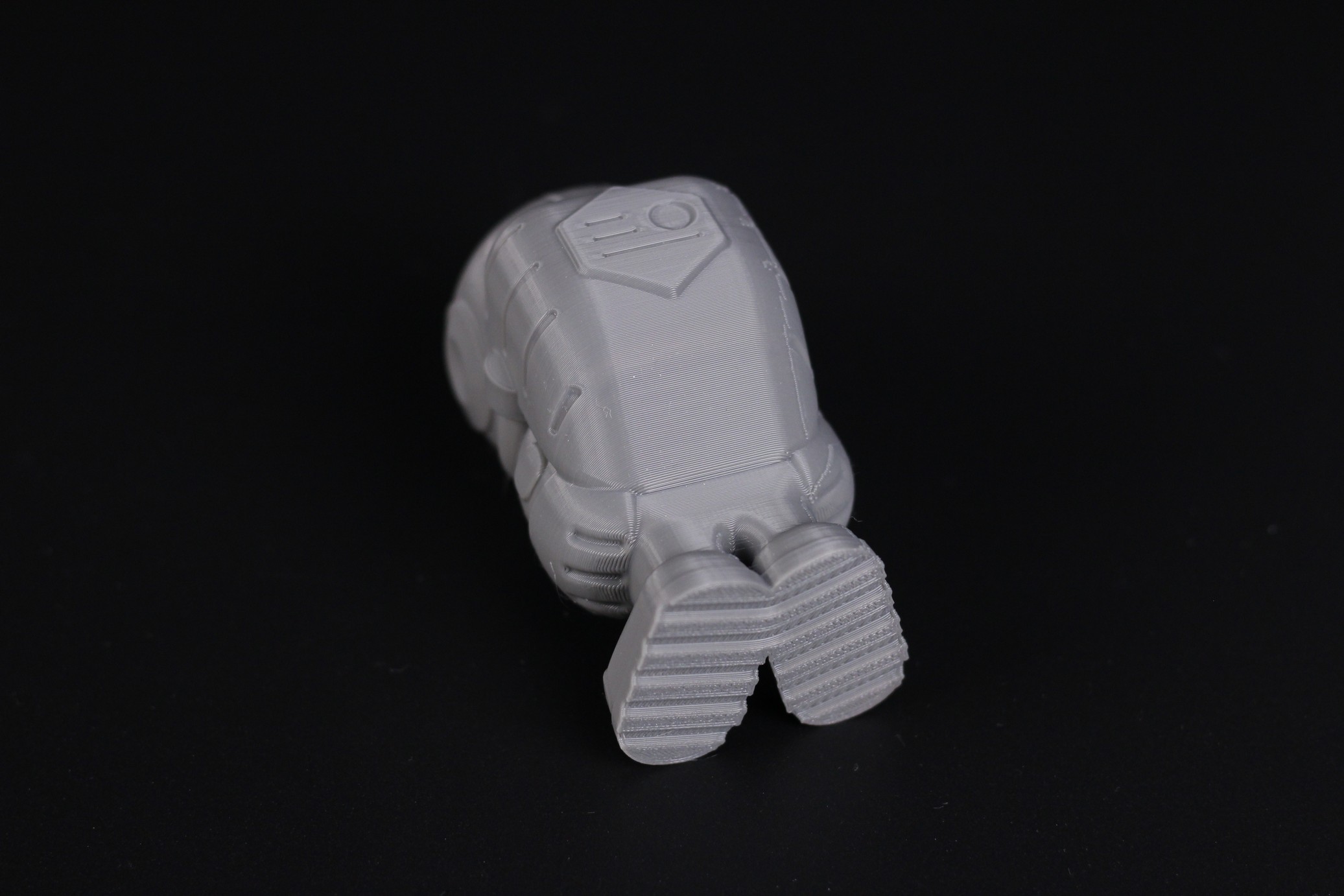
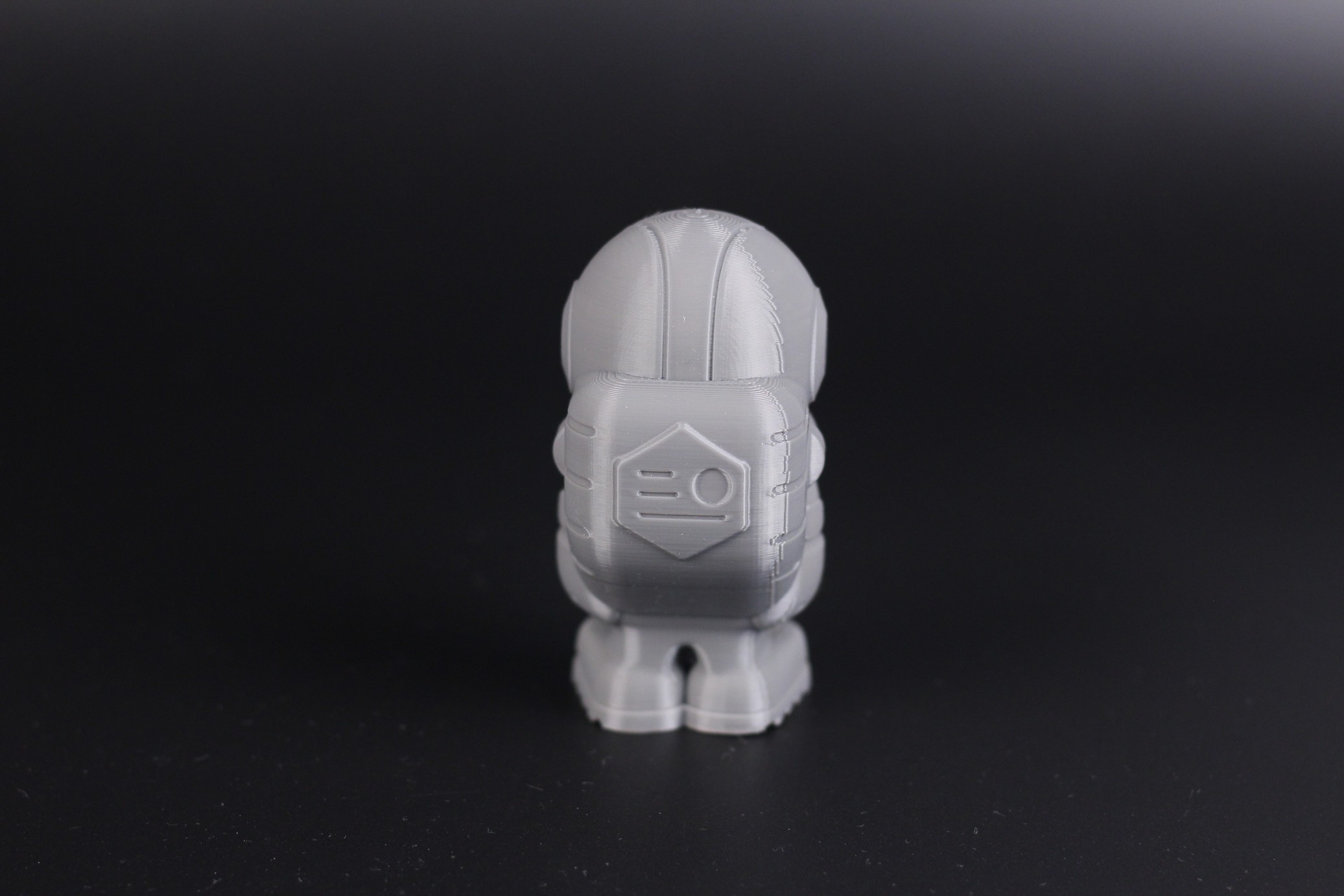
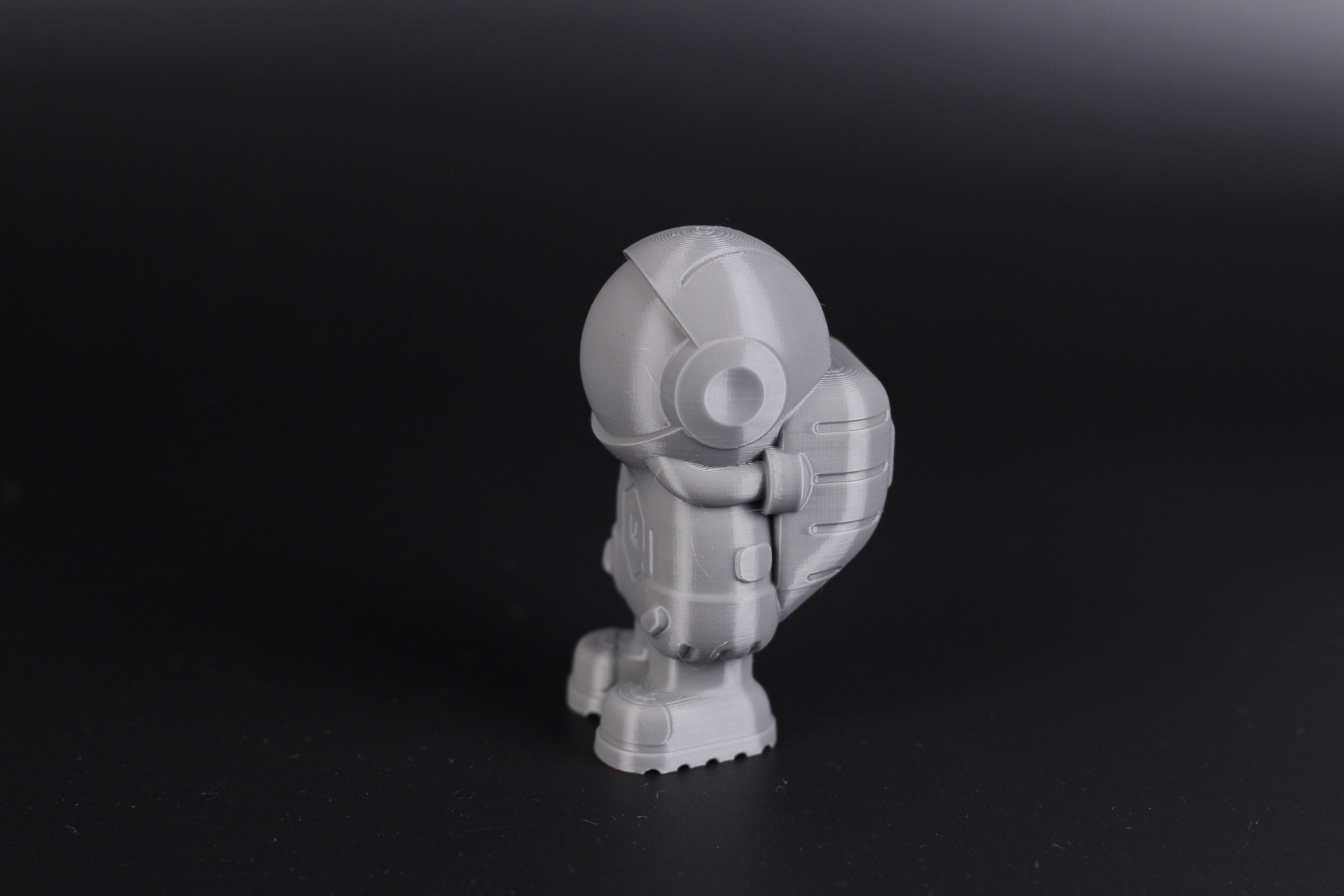
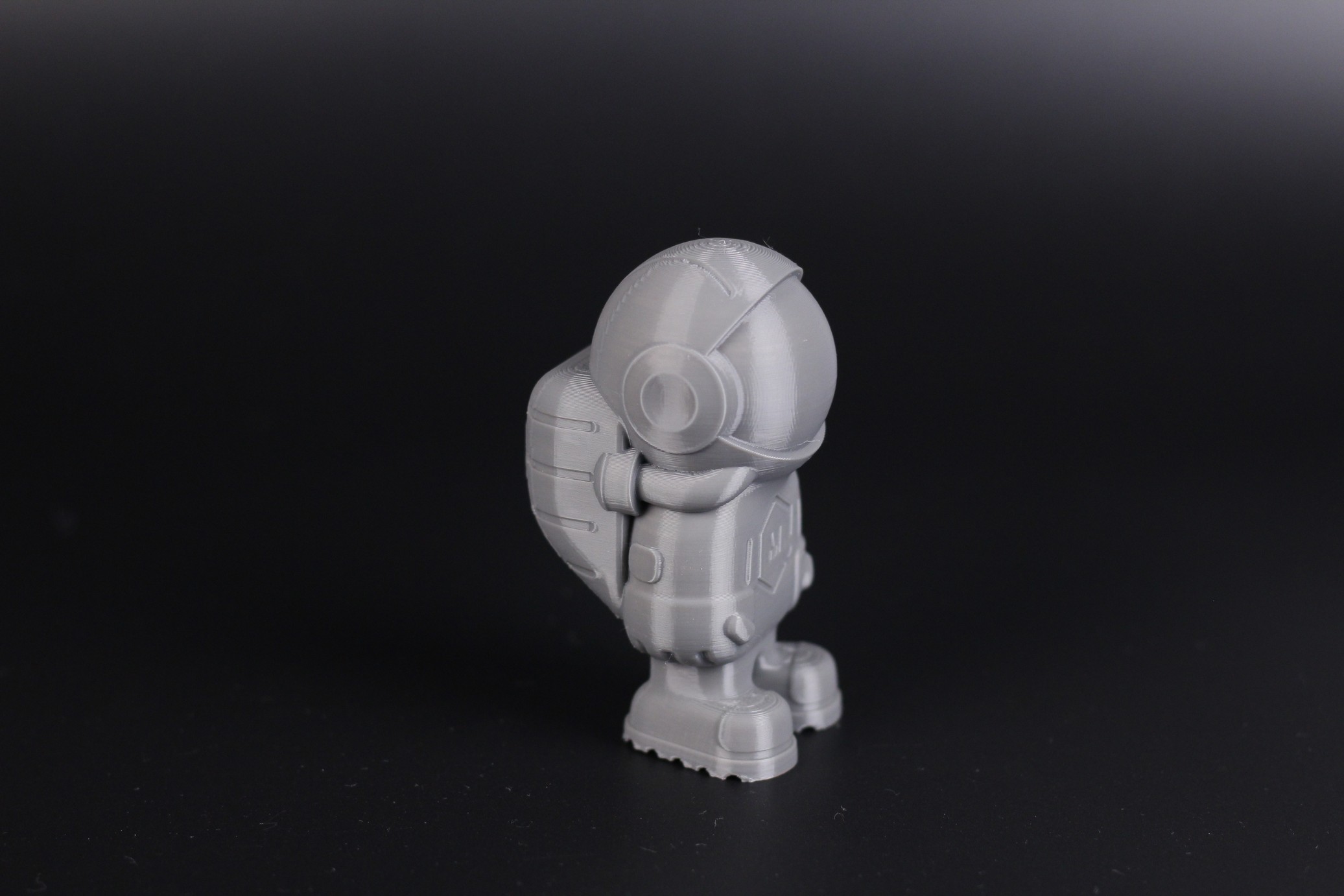
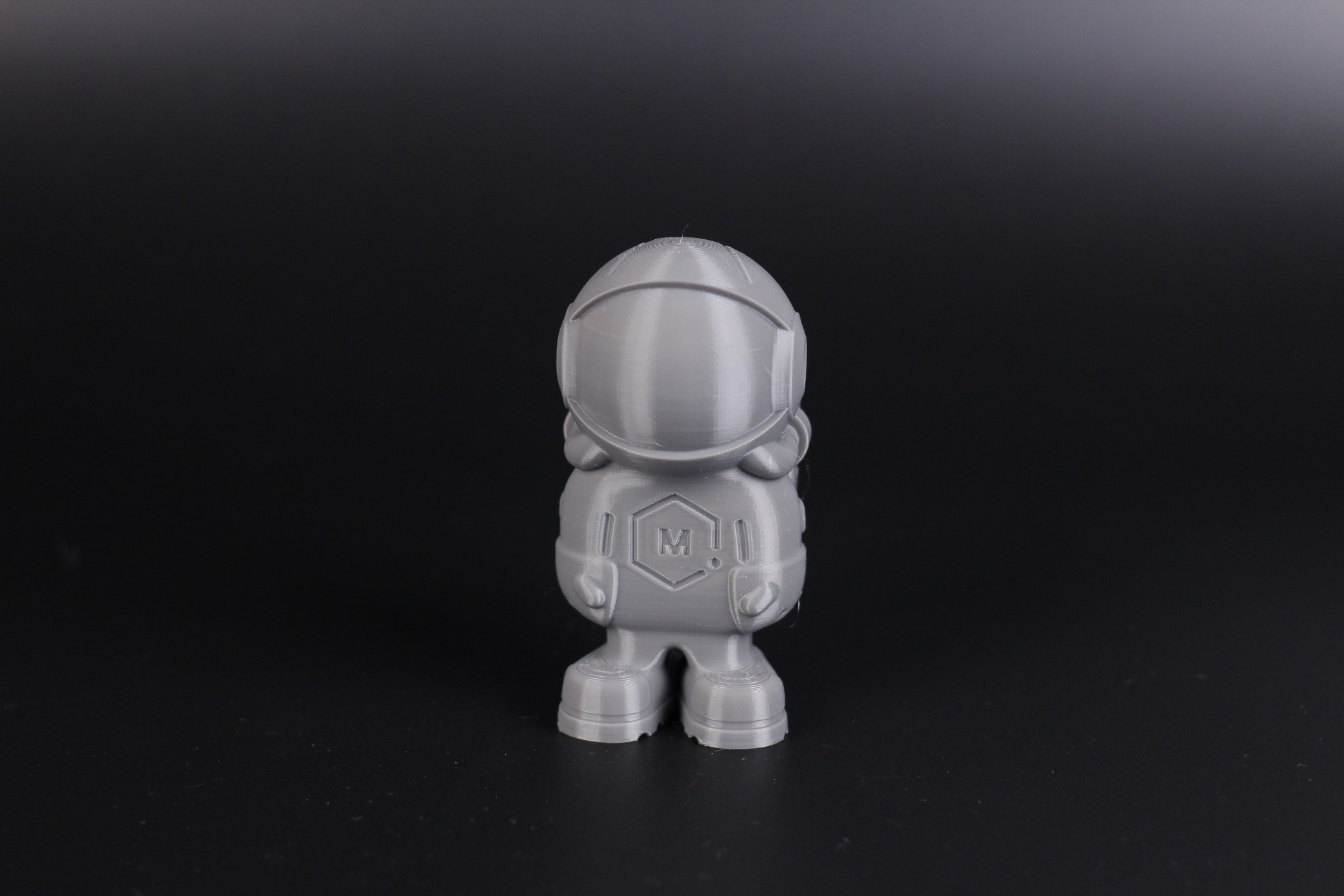
- Material: Sunlu Grey PLA
- Layer Height: 0.2mm
- Nozzle Temperature: 195C
- Bed Temperature: 60C
- Print Speed: 60 mm/s
The Planetary Egg Container
To test the print accuracy of the Anycubic Kobra, I also printed The Planetary Egg Container from 3D Printing World. It’s a relatively easy print if your slicer profile is correctly tuned, and it puts to the test the capabilities of your printer. As you can see, the Kobra did really well.

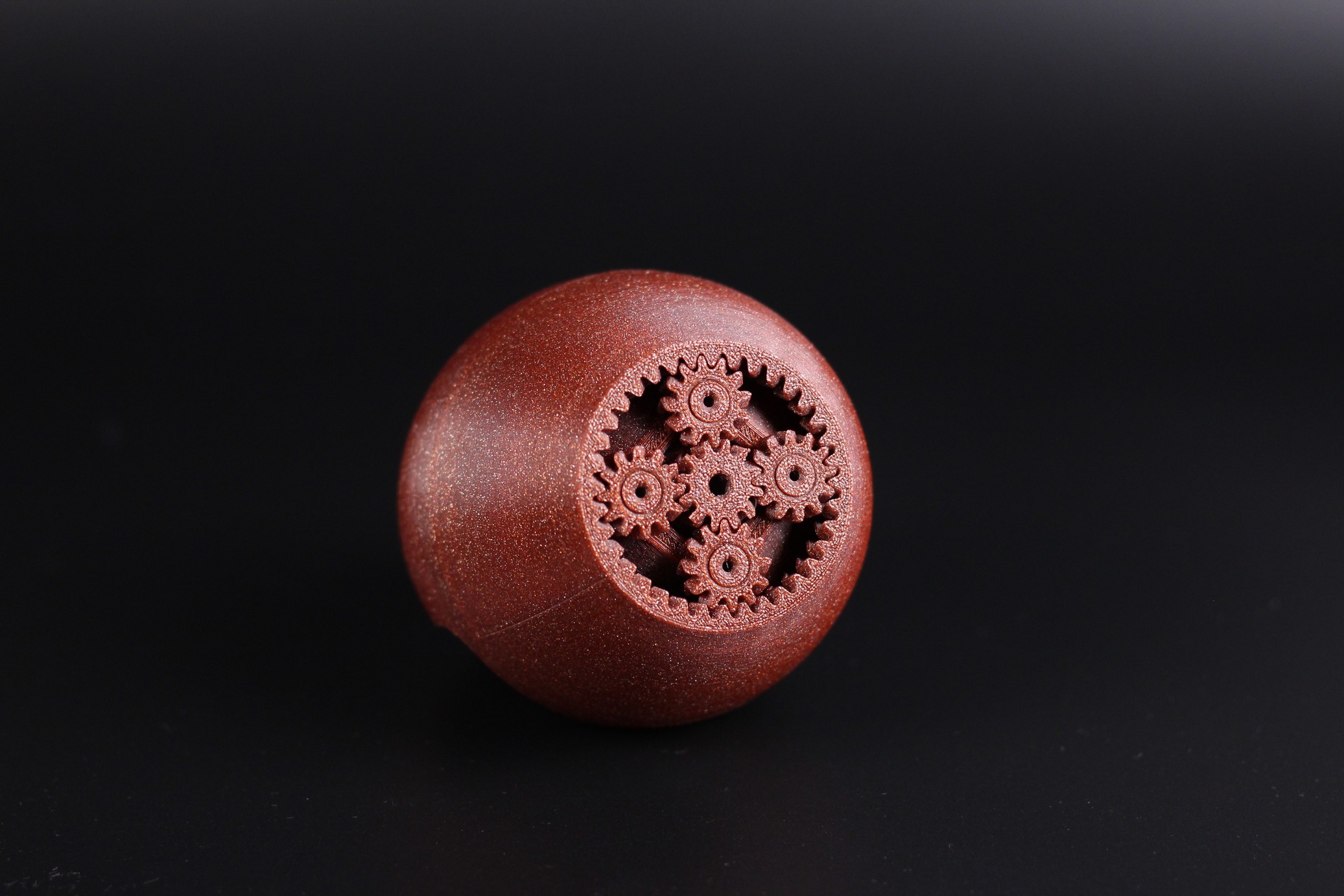

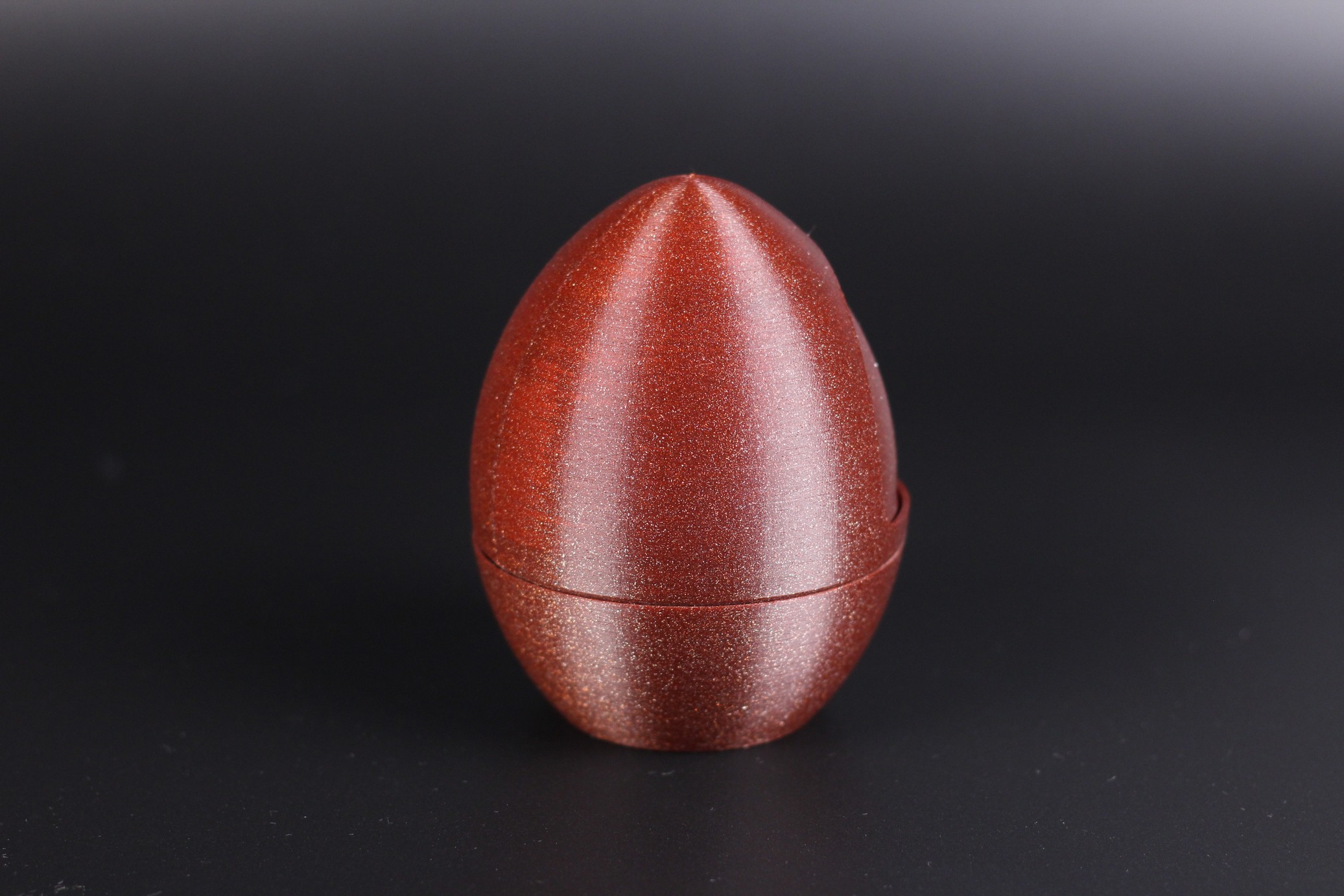
- Material: FilamentOne Glint Red PLA
- Layer Height: 0.2mm
- Nozzle Temperature: 205C
- Bed Temperature: 60C
- Print Speed: 50 mm/s
MechEGG
We’re close to easter, so I printed another egg. This time, it’s the MechEGG from Bugman_140 printed in silk filament to show off any ringing or extrusion inconsistency. I’d say this is a perfect print and you can’t expect more from such a print. There is a tiny amount of ringing, but otherwise everything came out better than expected.
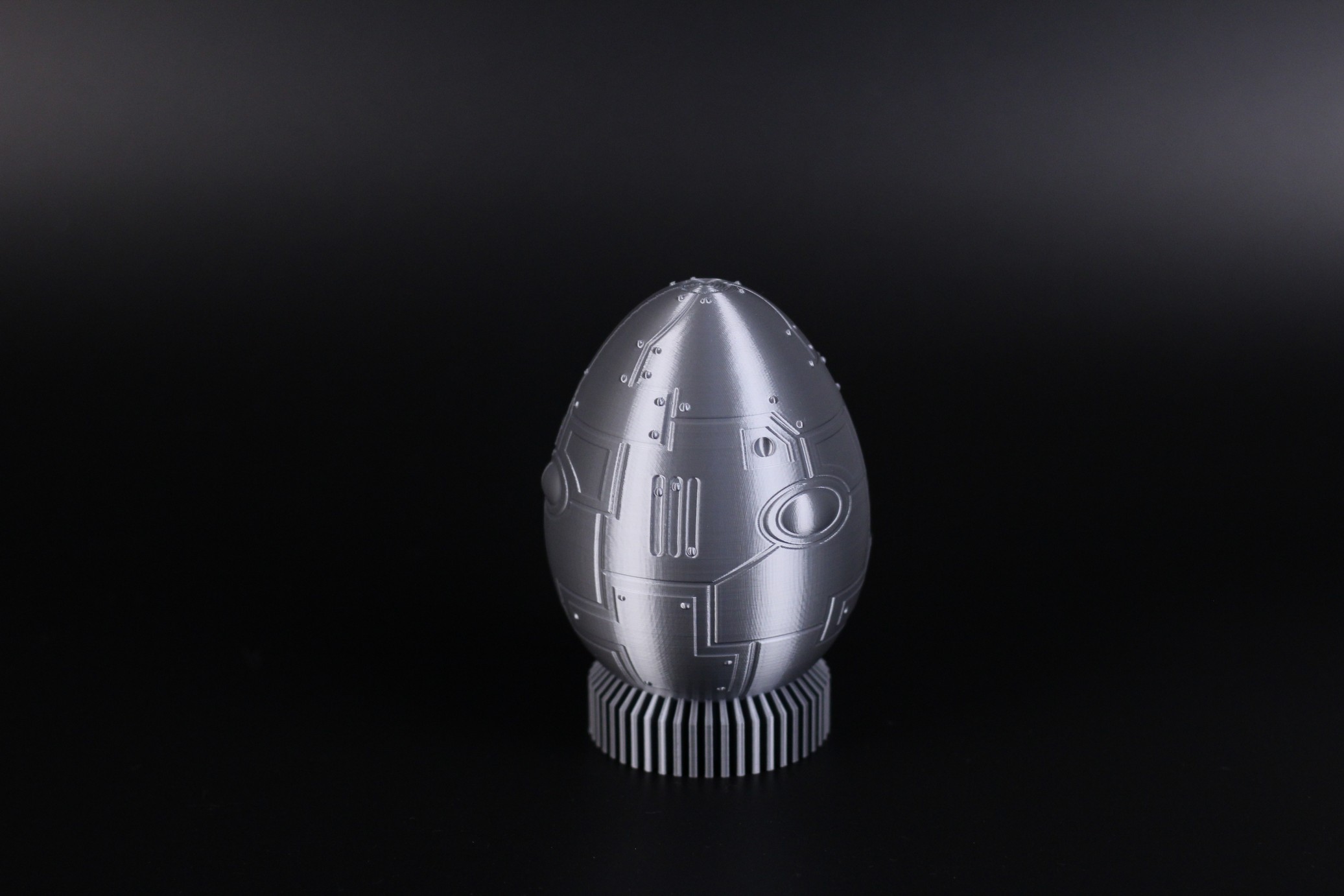
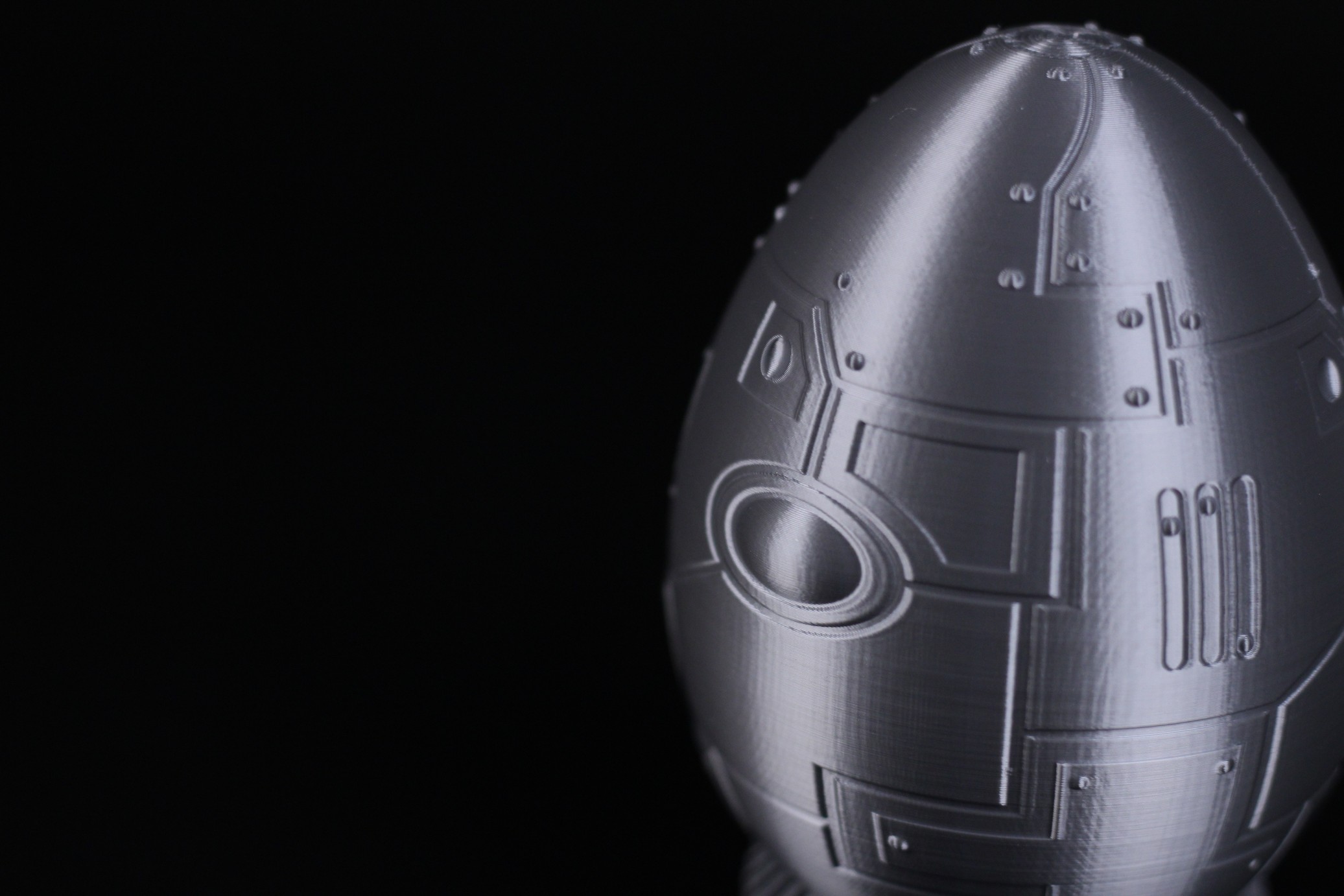
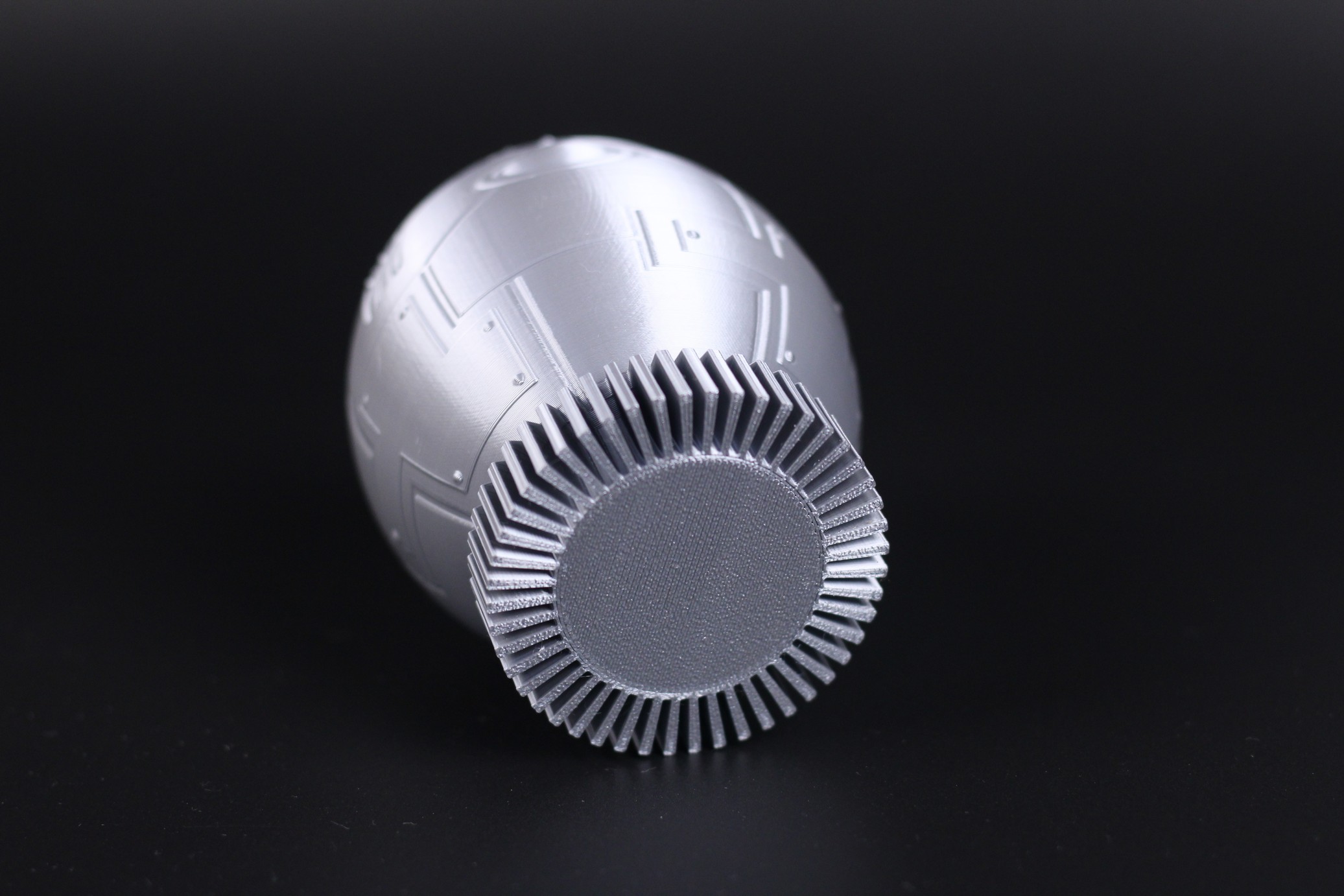
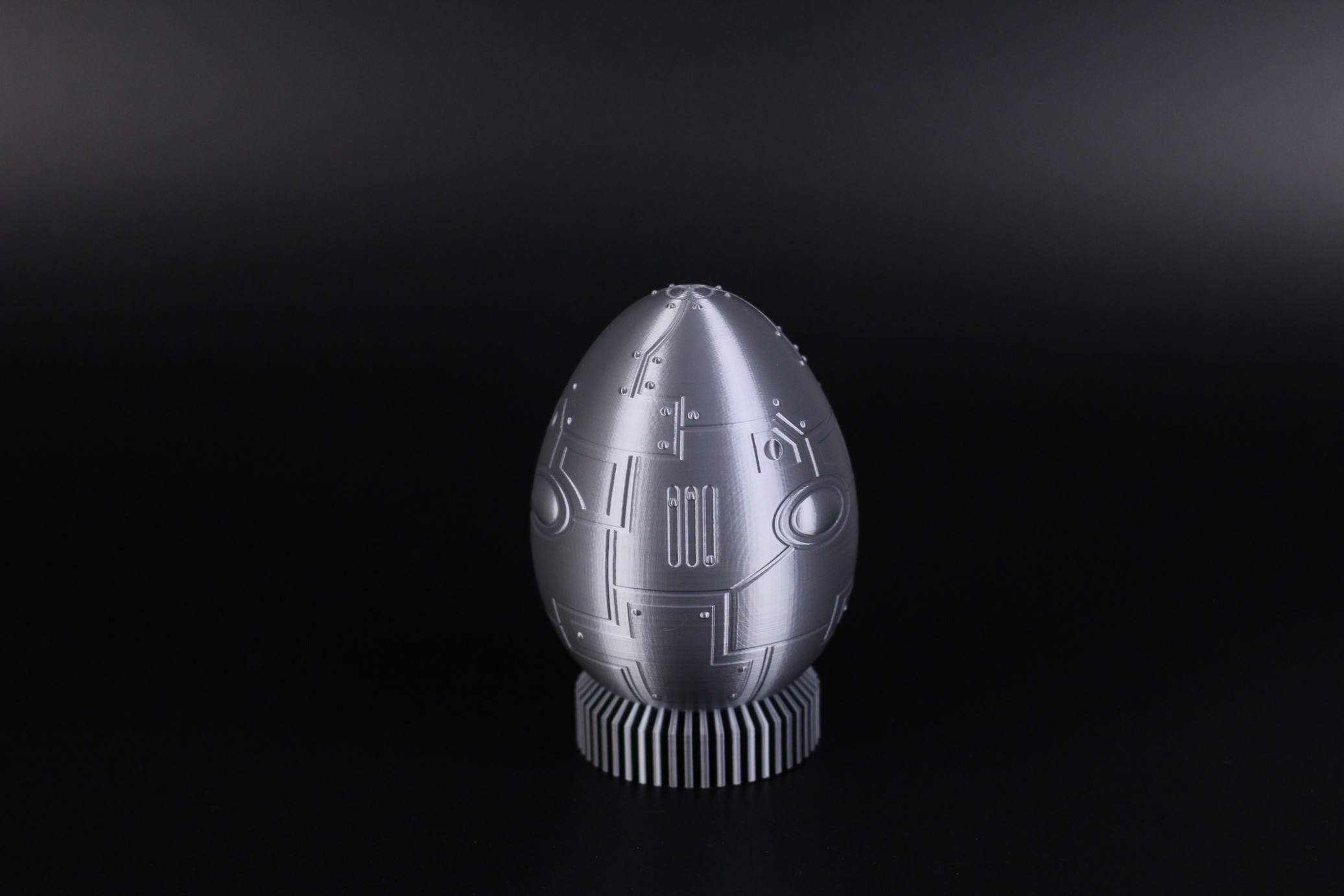
- Material: Extrudr BioFusion Metallic Grey
- Layer Height: 0.15mm
- Nozzle Temperature: 215C
- Bed Temperature: 60C
- Print Speed: 40 mm/s
TPU Tugboat
The Anycubic Kobra can also print TPU without any issues. Even the tiny details of the Tugboat are printed successfully and with good detail. The bridging settings might need a bit of tuning, but considering that I printed this model at 50mm/s with the stock firmware, I’m happy with the results.
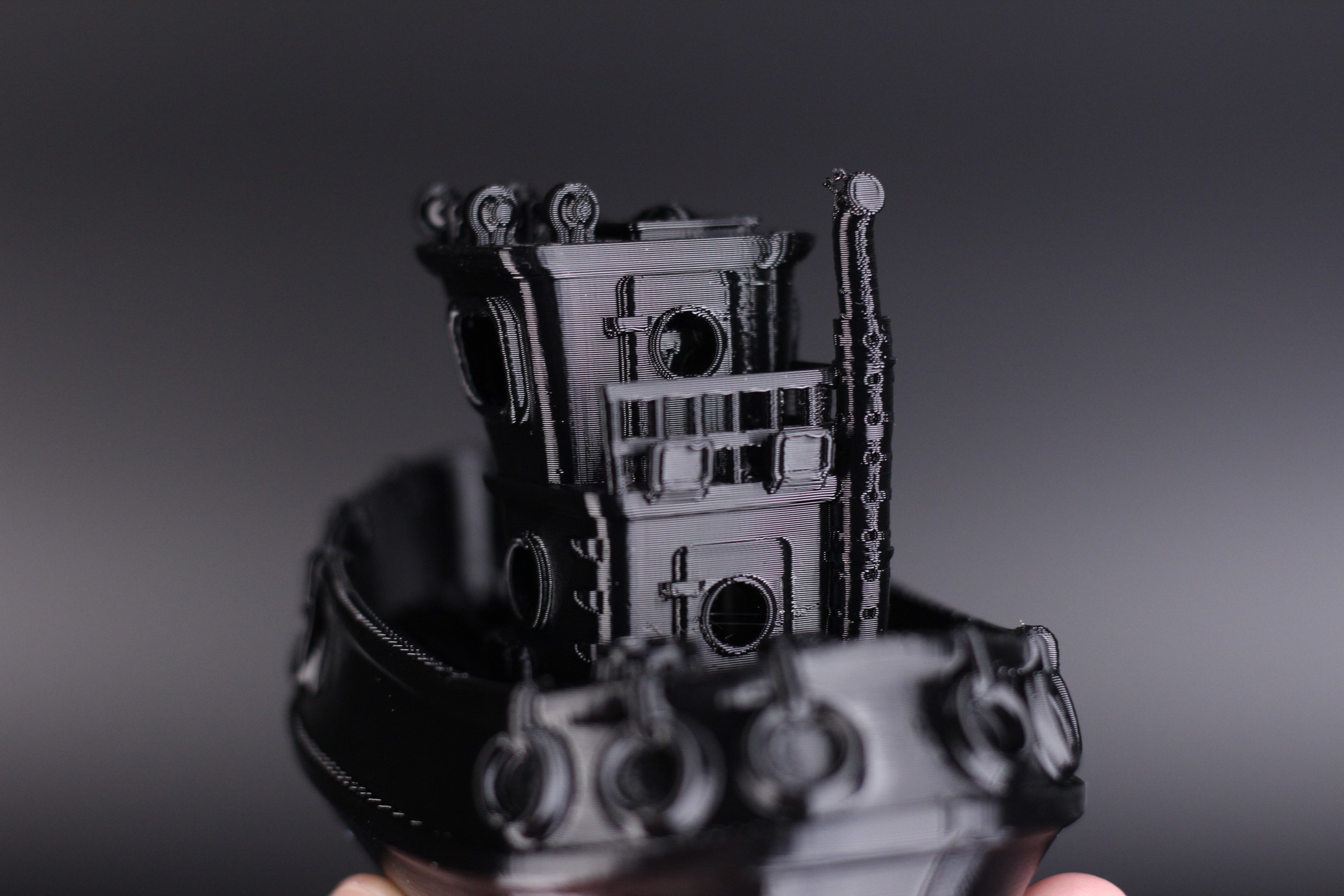
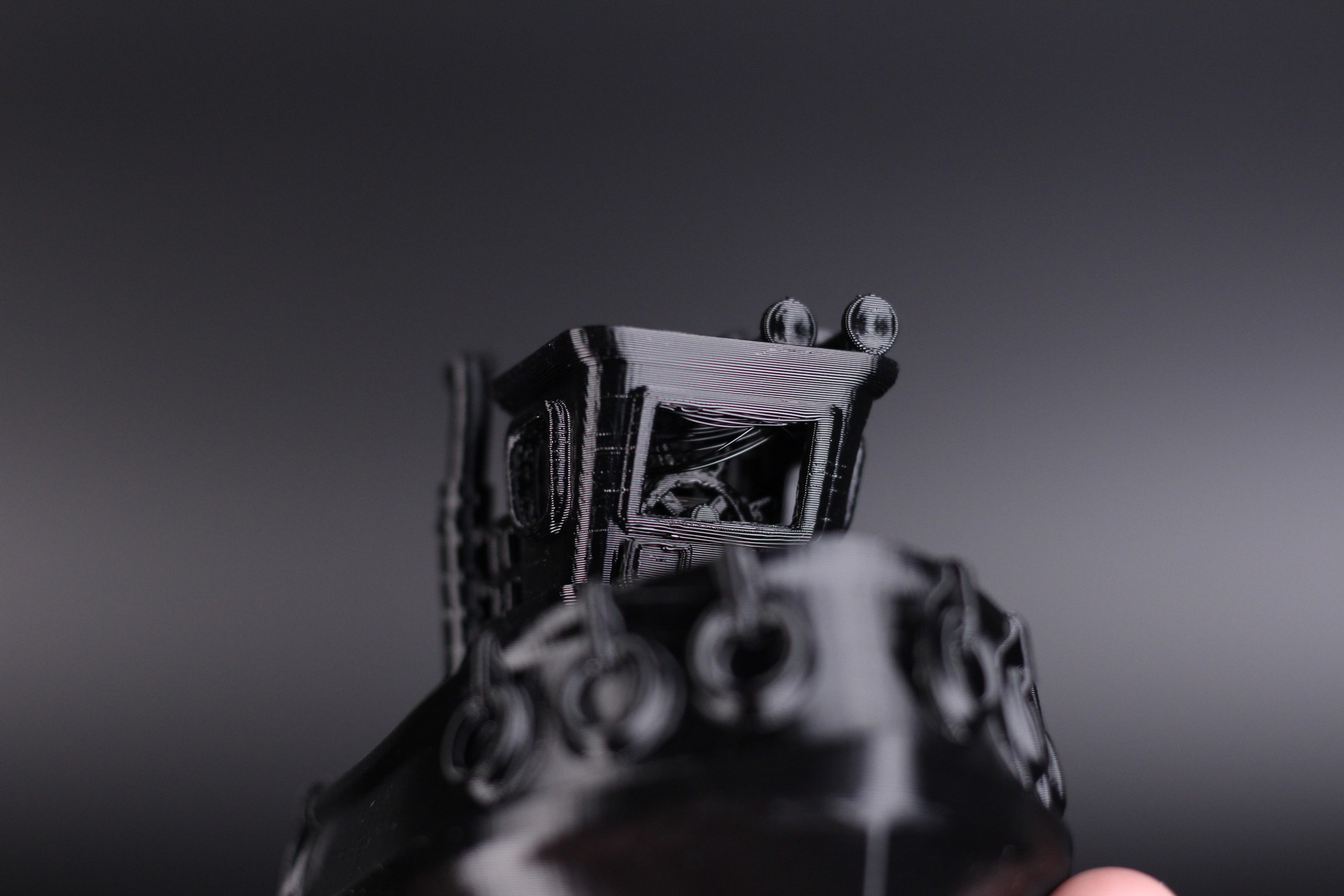
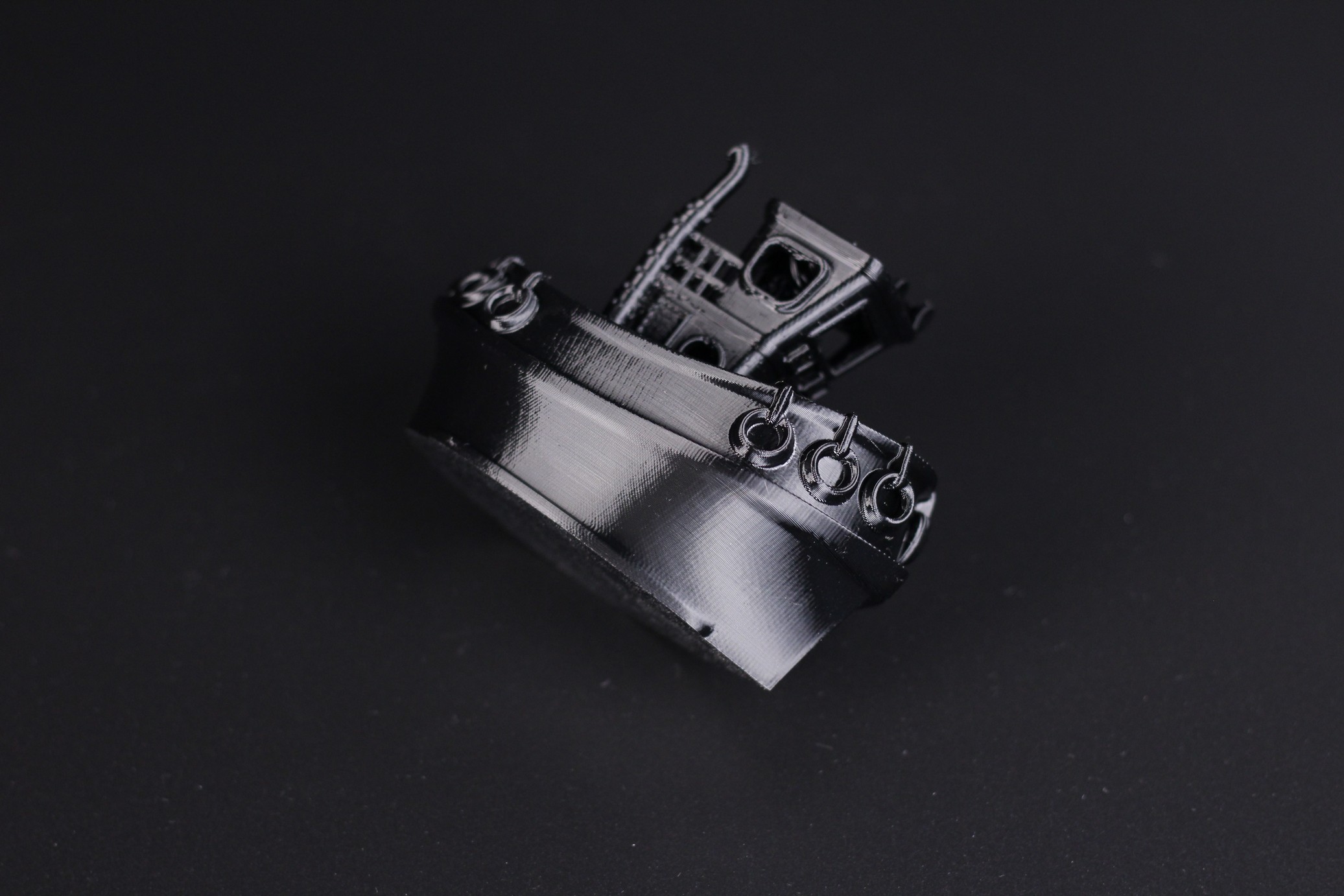
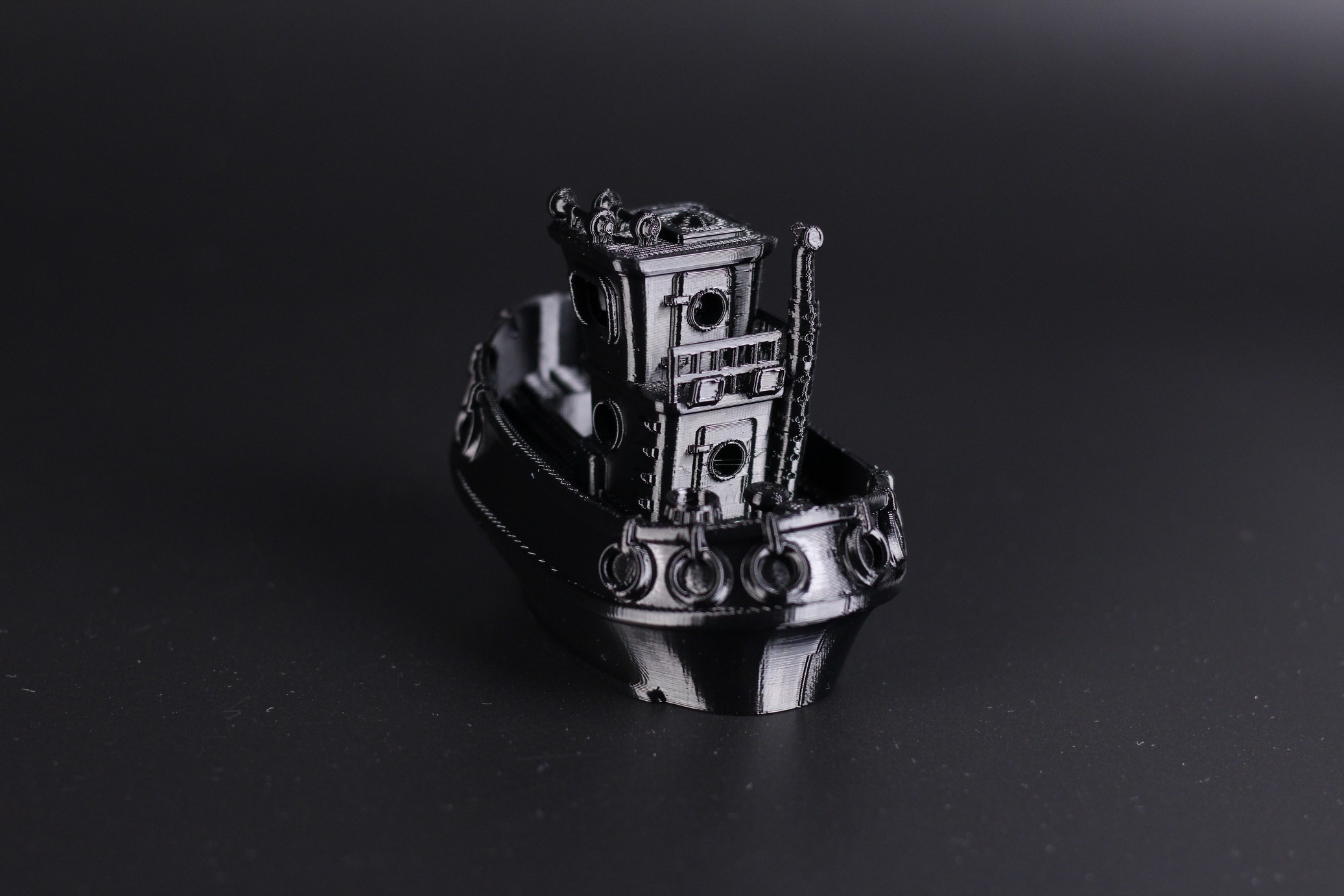
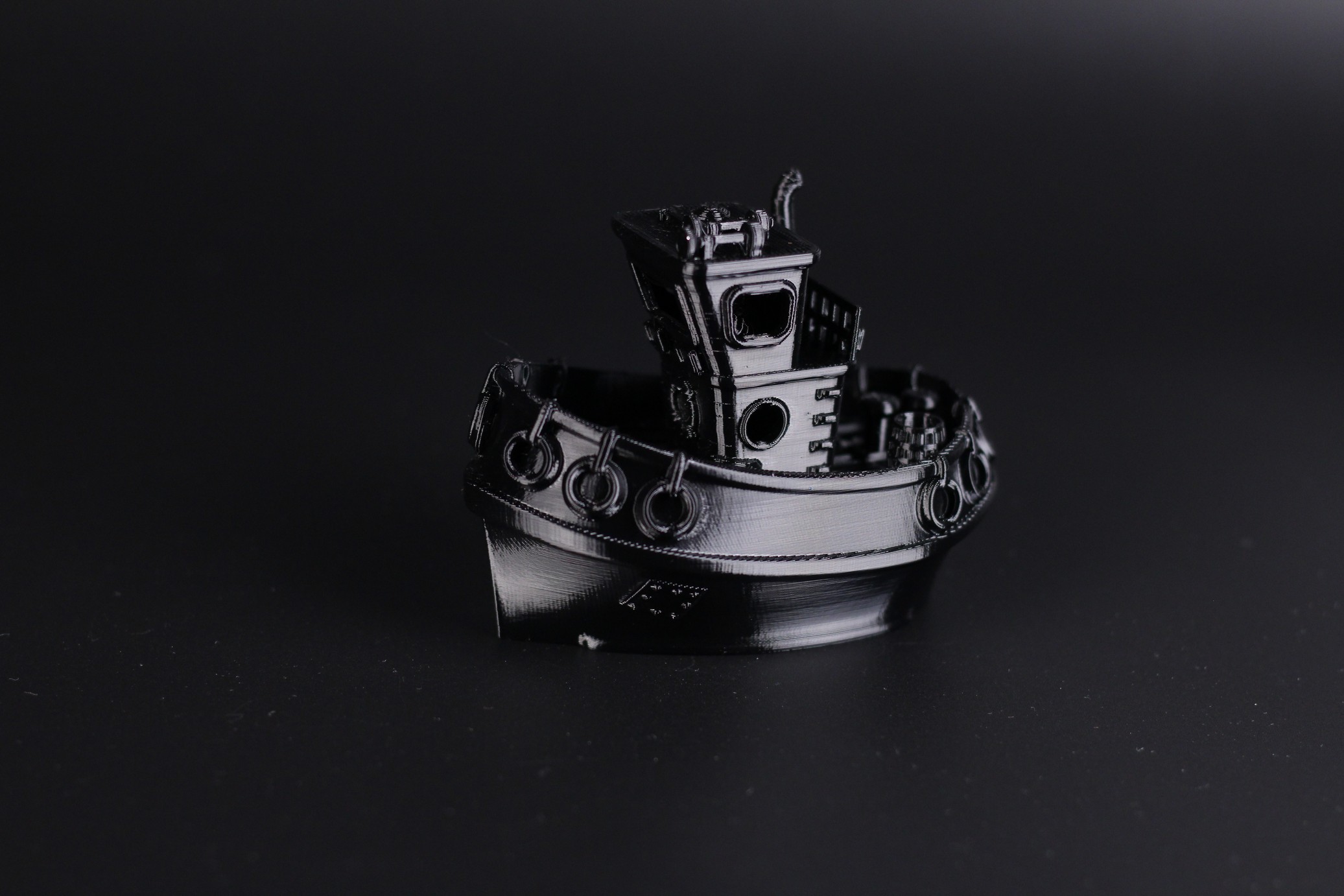
- Material: Polymaker HFTPU
- Layer Height: 0.2mm
- Nozzle Temperature: 215C
- Bed Temperature: 50C
- Print Speed: 50 mm/s
Torture Toaster
Unfortunately, I was not successful when printing the Torture Toaster. I tried this model three times, but It failed every time. All three failures were caused by the nozzle catching some part of the print, and causing a skipped step in the motor. The flow rater has been calibrated correctly, but this is where the low airflow of the 4010 radial fan shows is weakness.
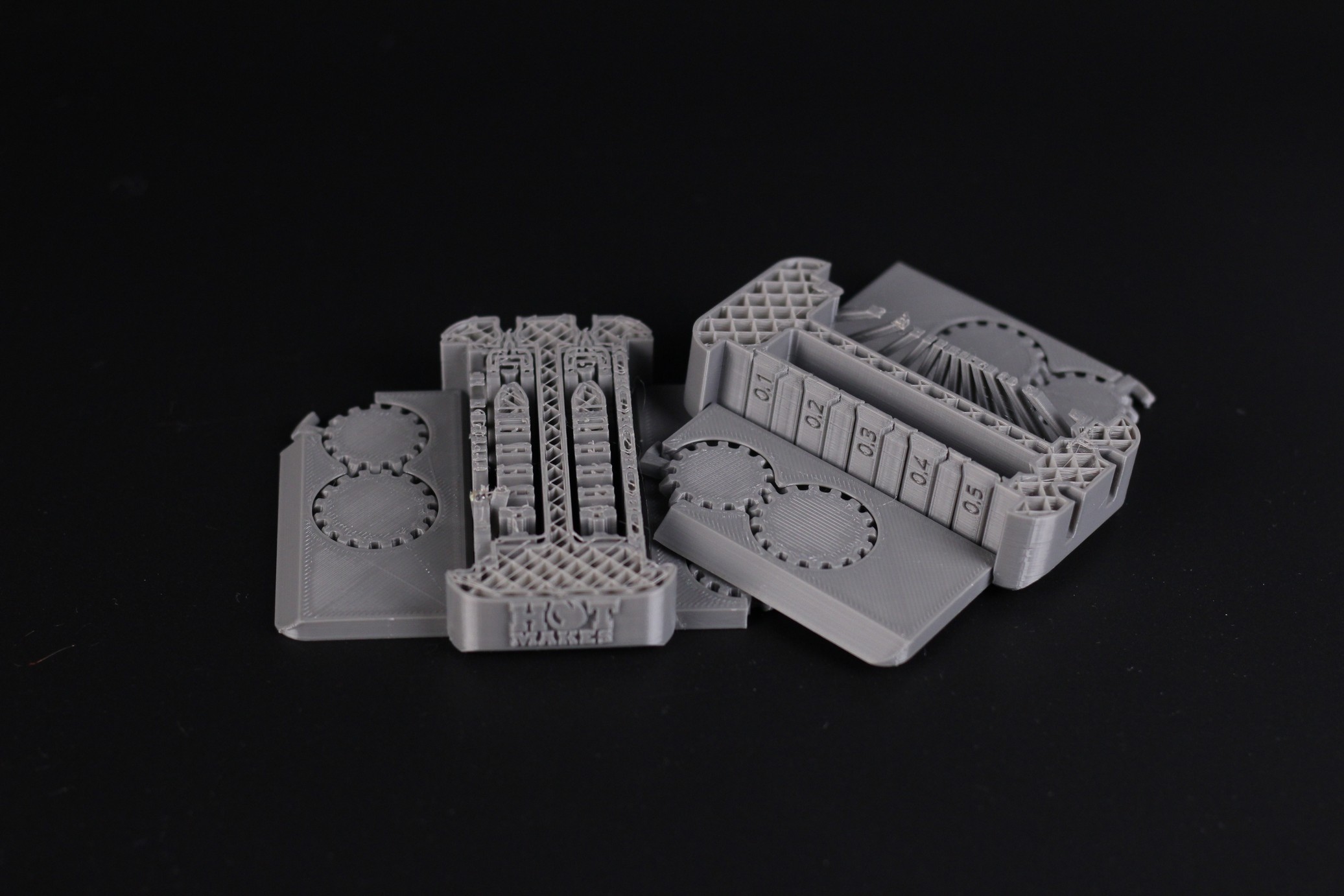

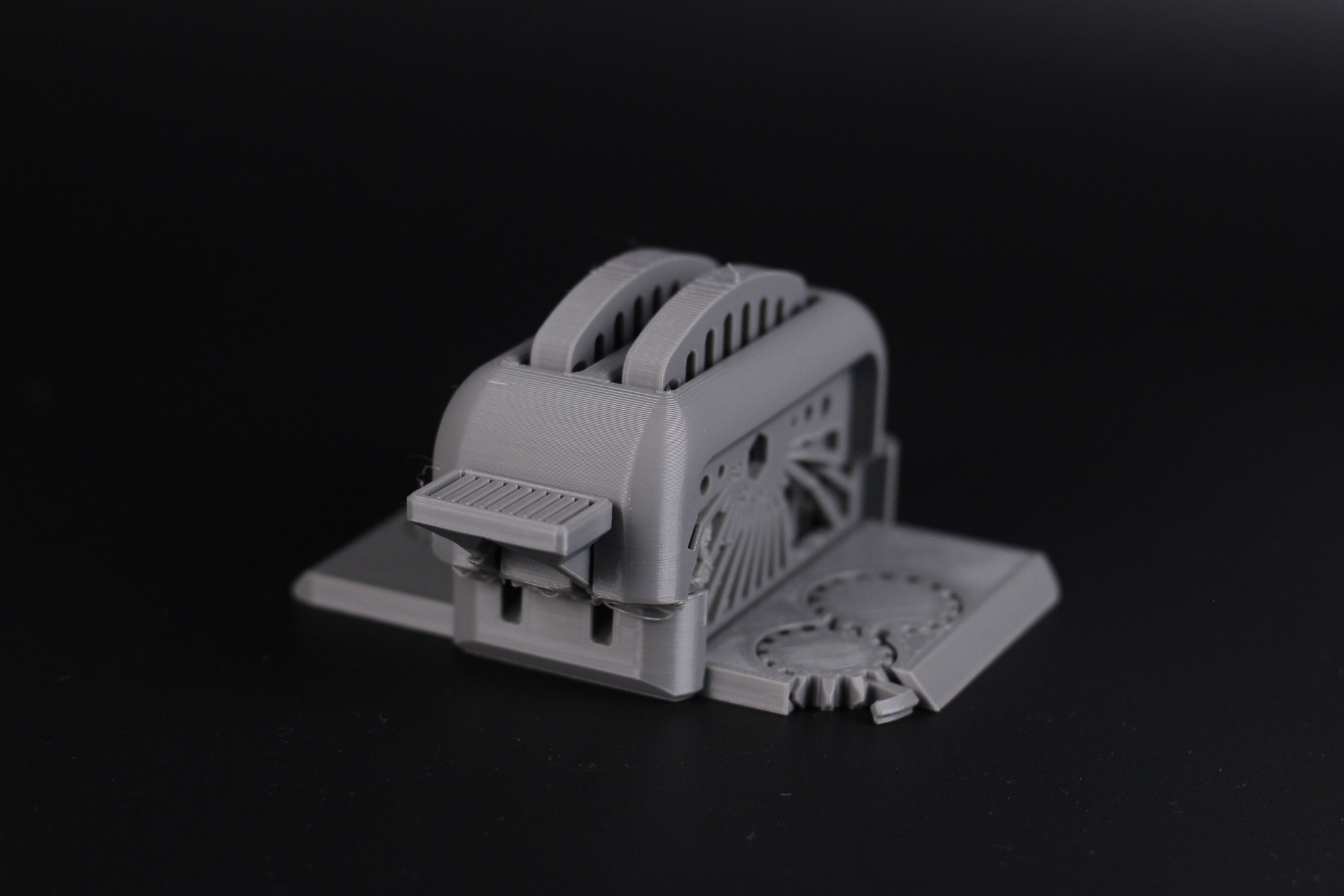
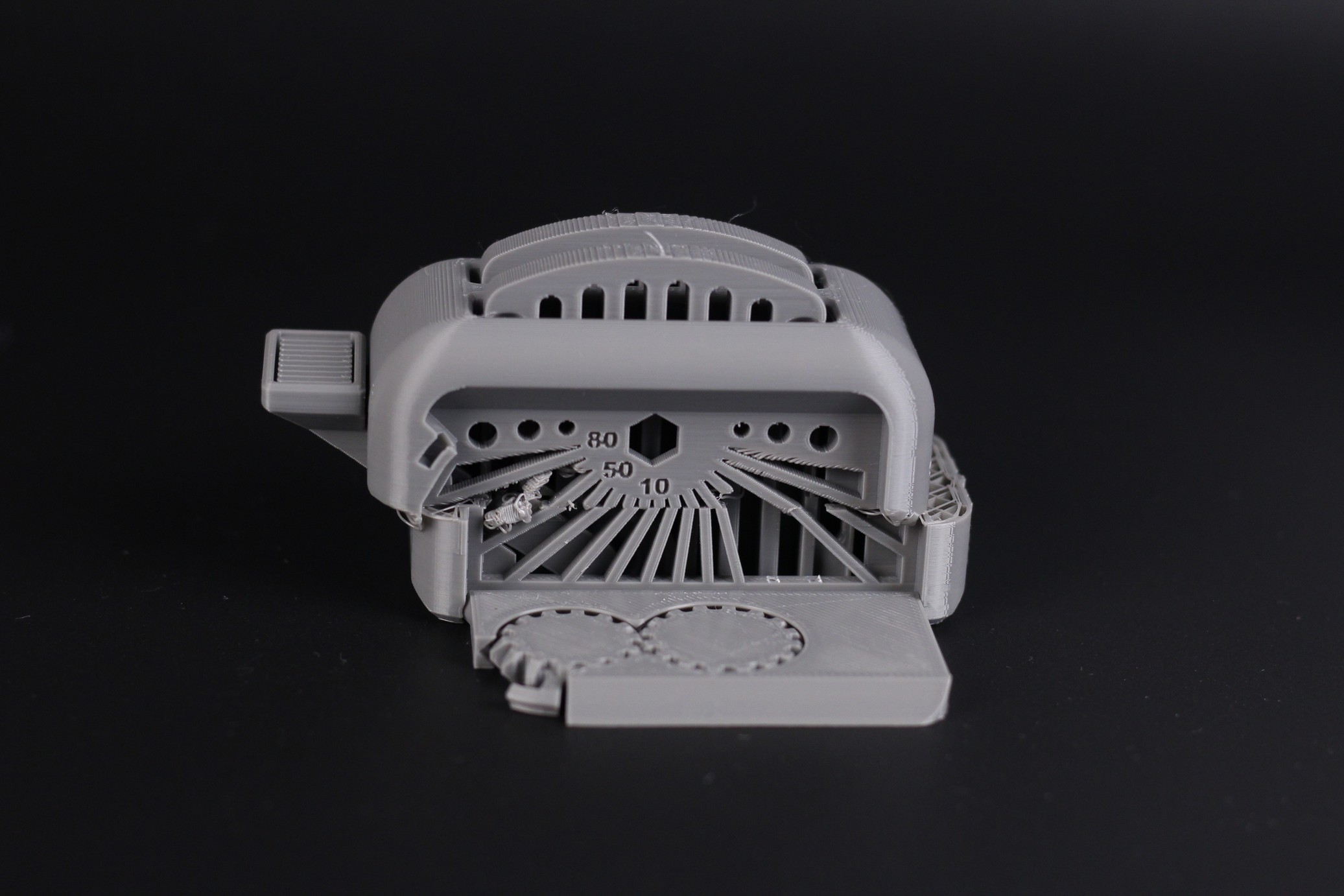
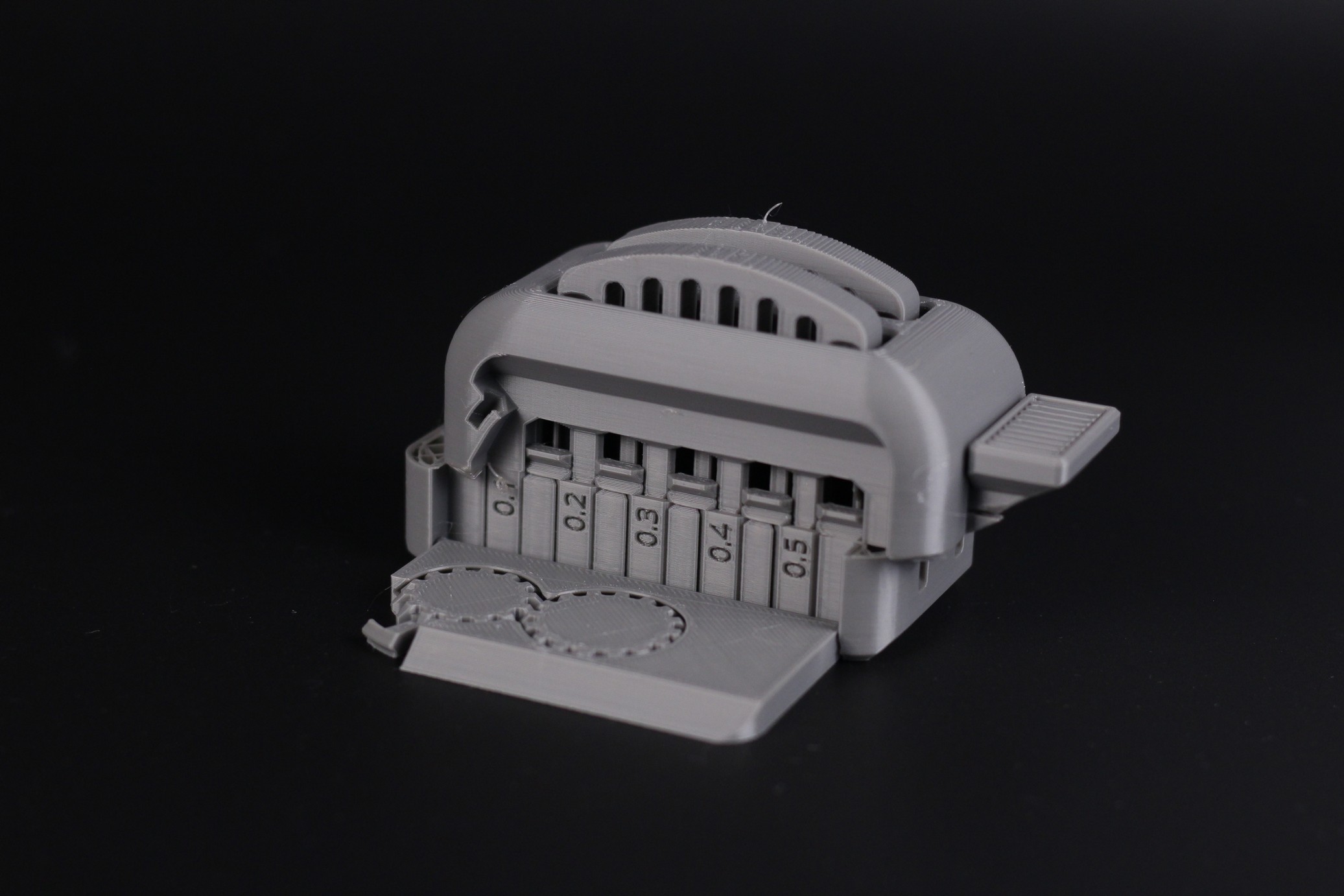
When printing the small details of the Torture Toaster, the layers don’t have enough time to cool and they start to curl up. And when the nozzle moves to another part of the print, it catches onto the curled section of the print and skips steps. If a better part cooling fan is used, or this model is printed slower, I am sure it will complete successfully, but this is the stock performance you can expect.
- Material: Sunlu Grey PLA
- Layer Height: 0.2mm
- Nozzle Temperature: 195C
- Bed Temperature: 60C
- Print Speed: 50 mm/s
Flexi Fox
The Flexi Fox from Cults was printed using PETG. It was a 2 year old PETG roll so it had some moisture which can be seen on the tiny imperfections. But the model still looks good and the Kobra did a good job. Fortunately, I finished this roll so you won’t see it again in the future 😀

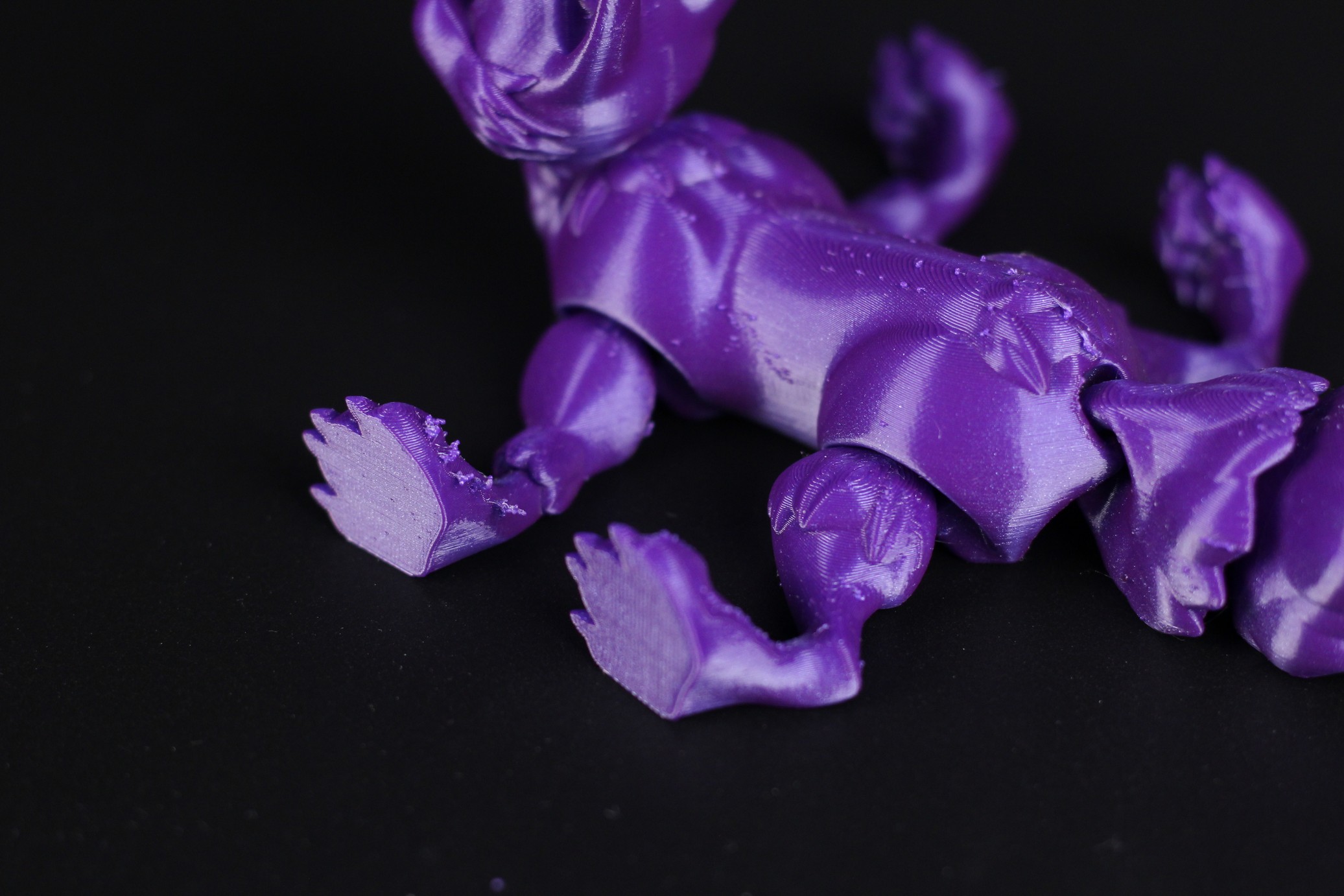

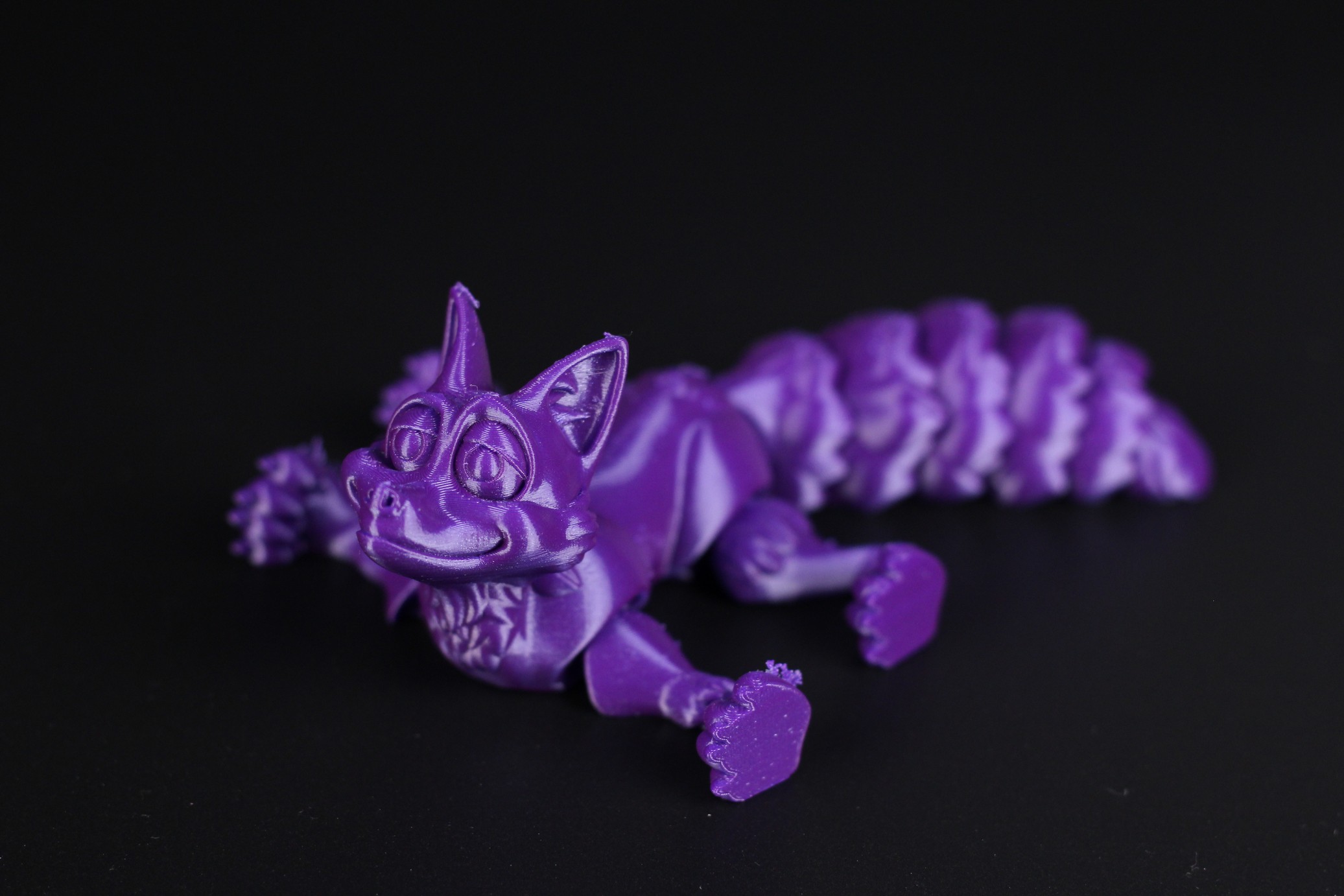
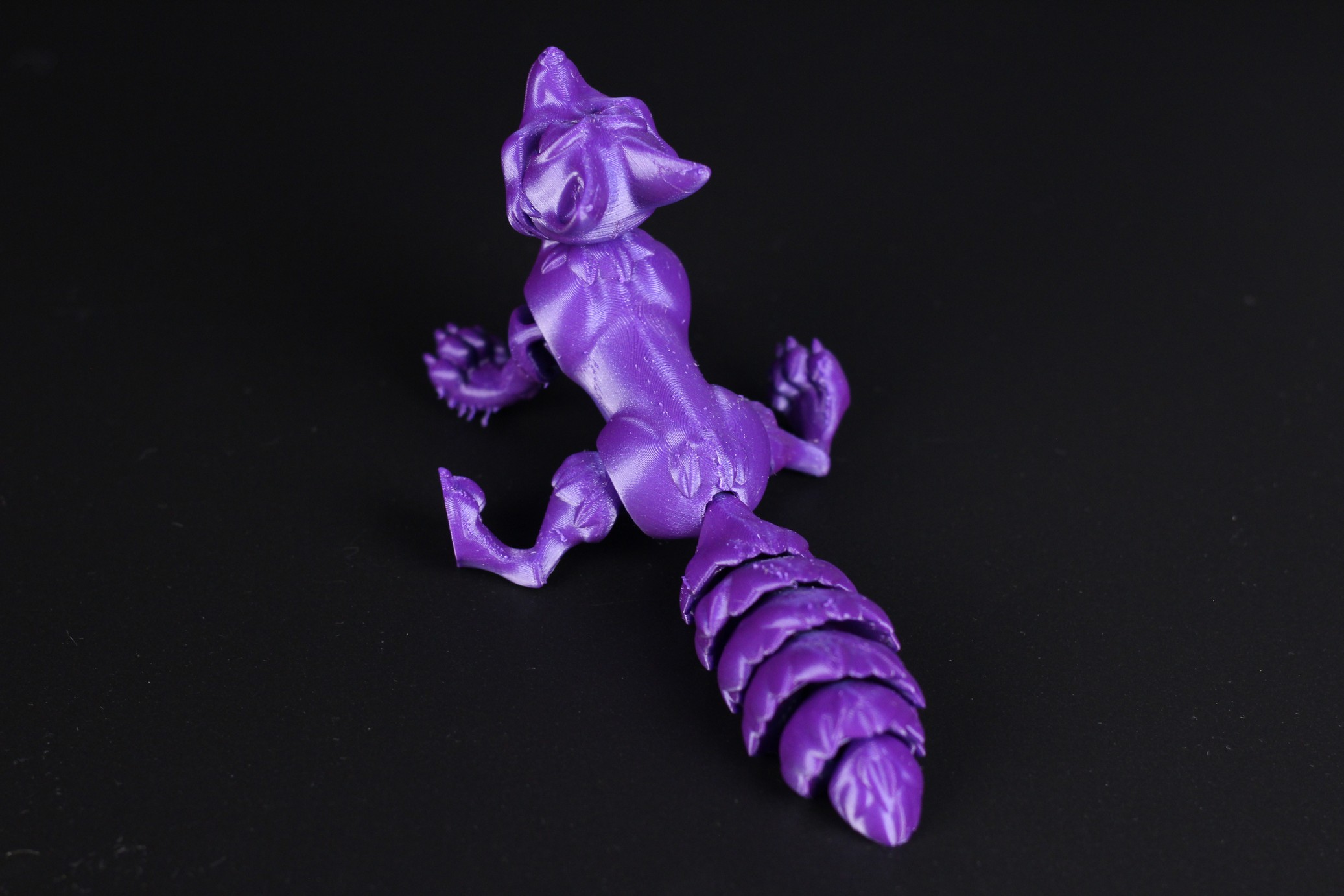
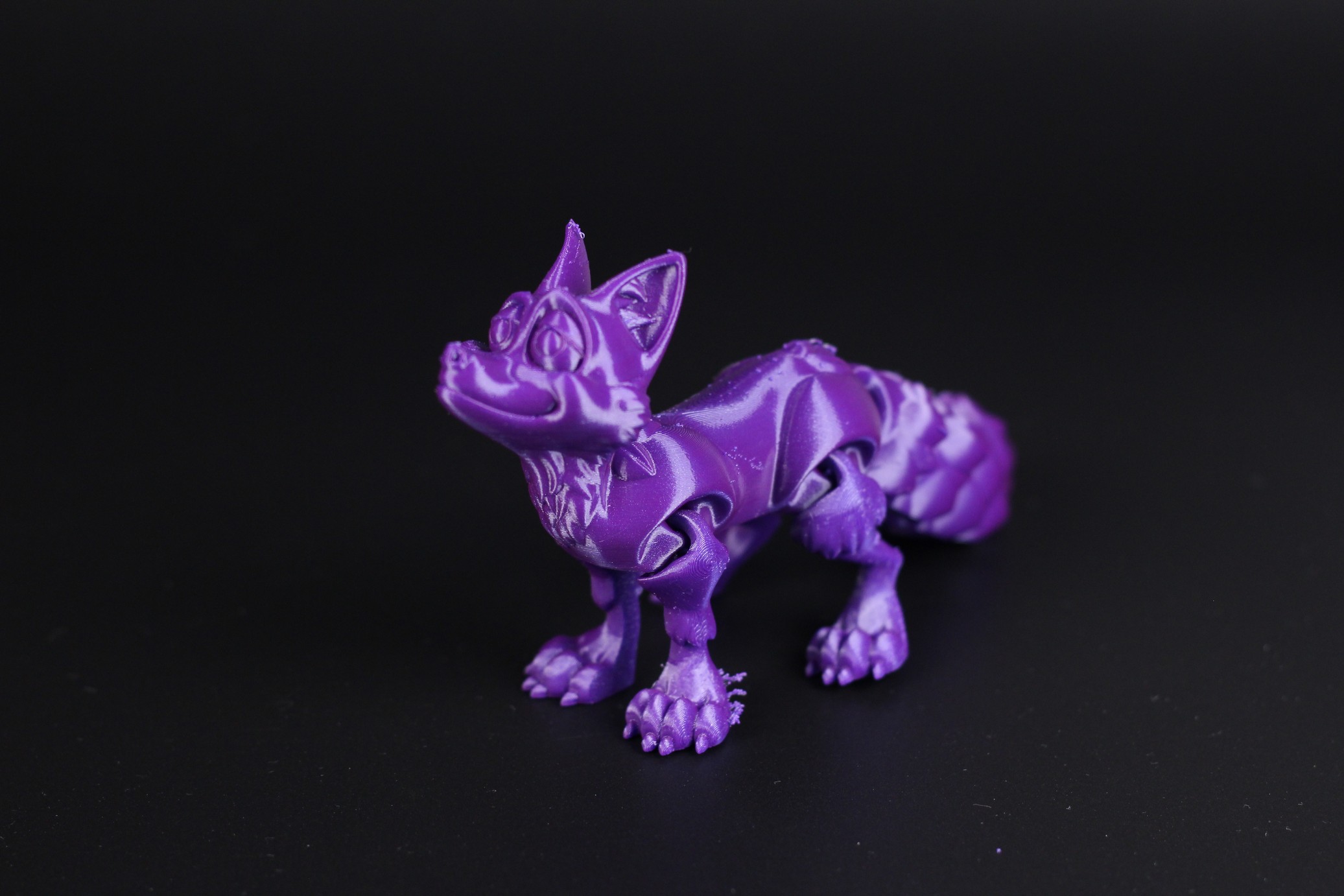
The Thing
Finally, The Thing was printed to check the extrusion quality, consistency, and the kind of stringing you might expect. I used ~1 mm of retraction, and it was enough for the Kobra. Overall, a really good print from a budget 3D printer.
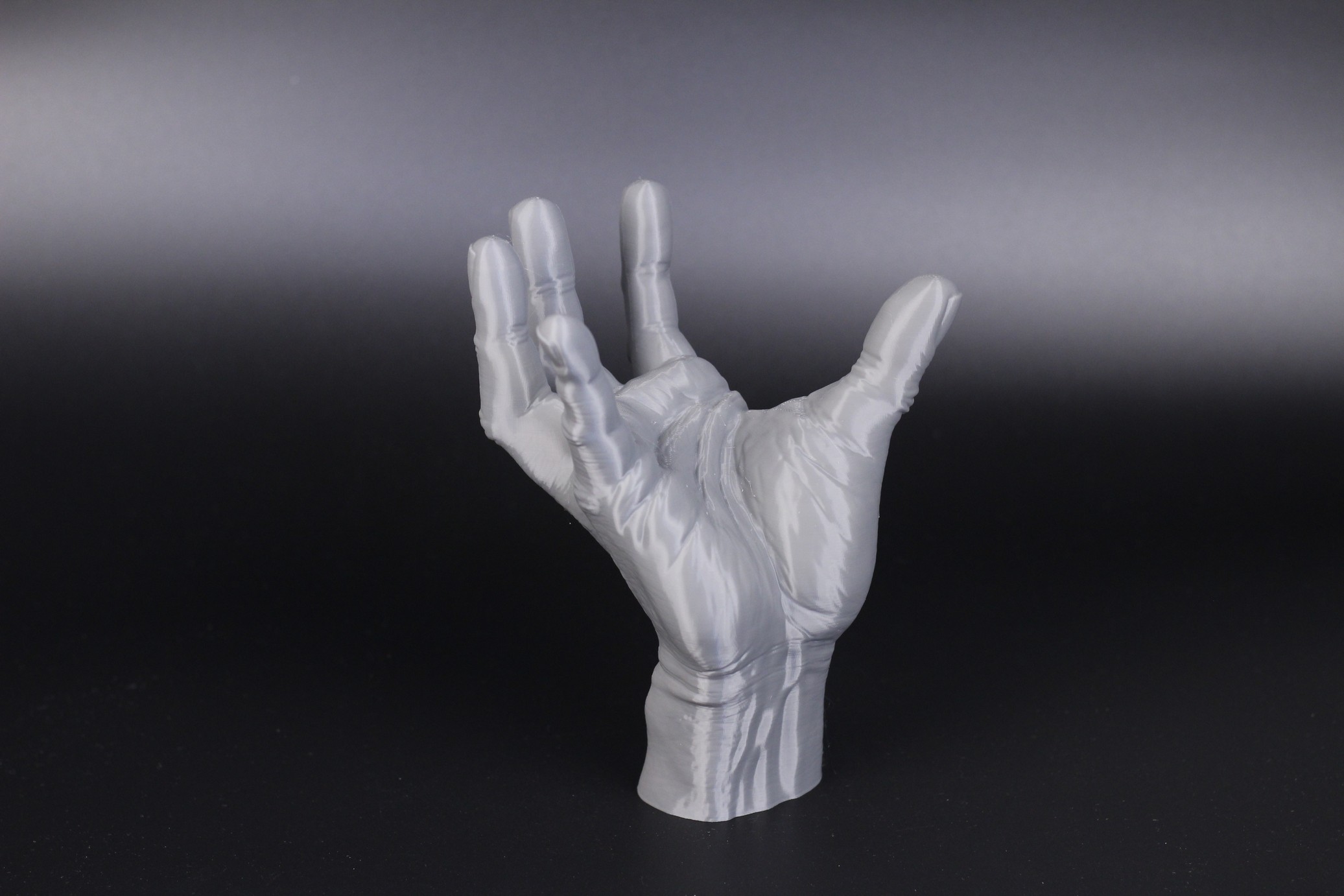
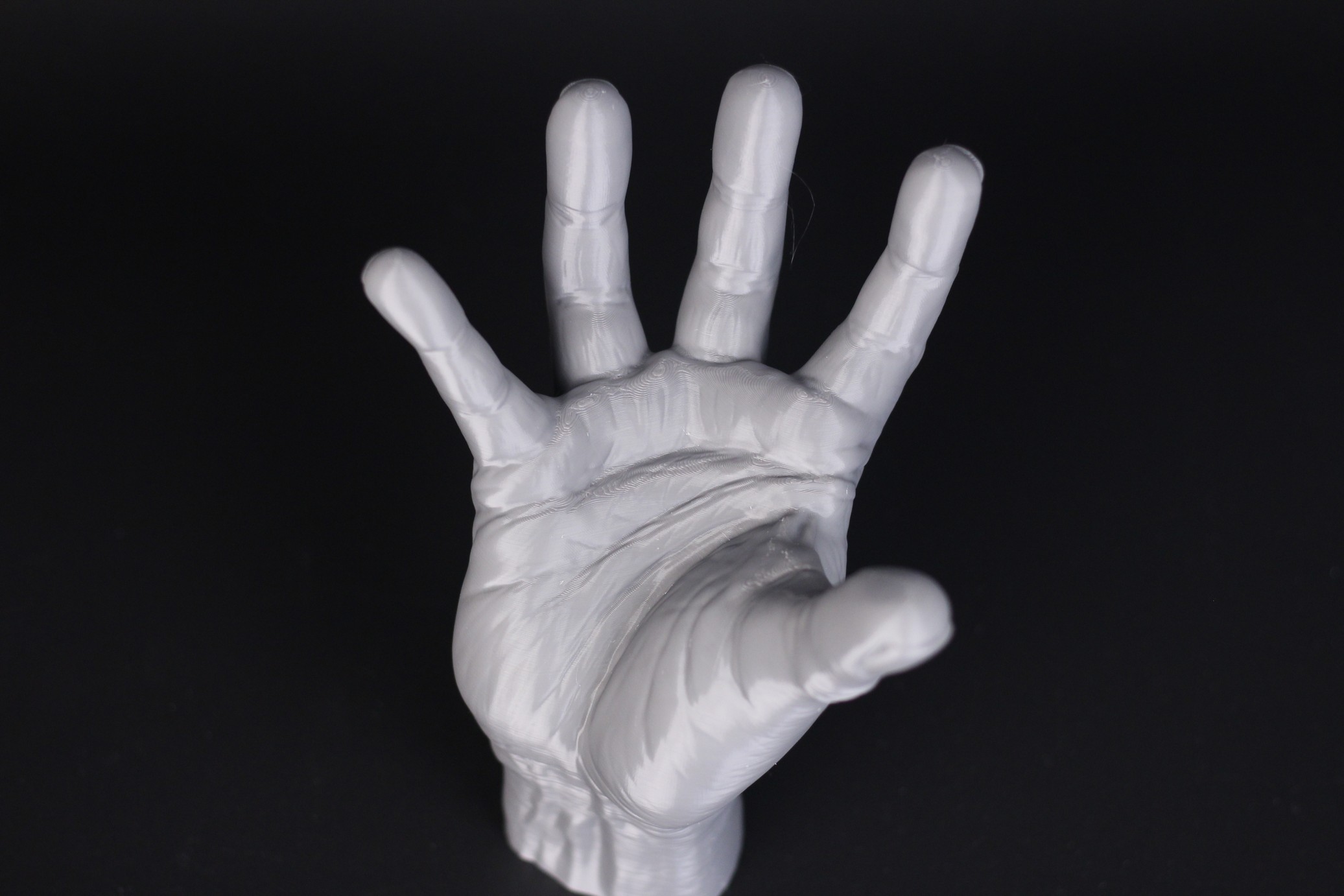
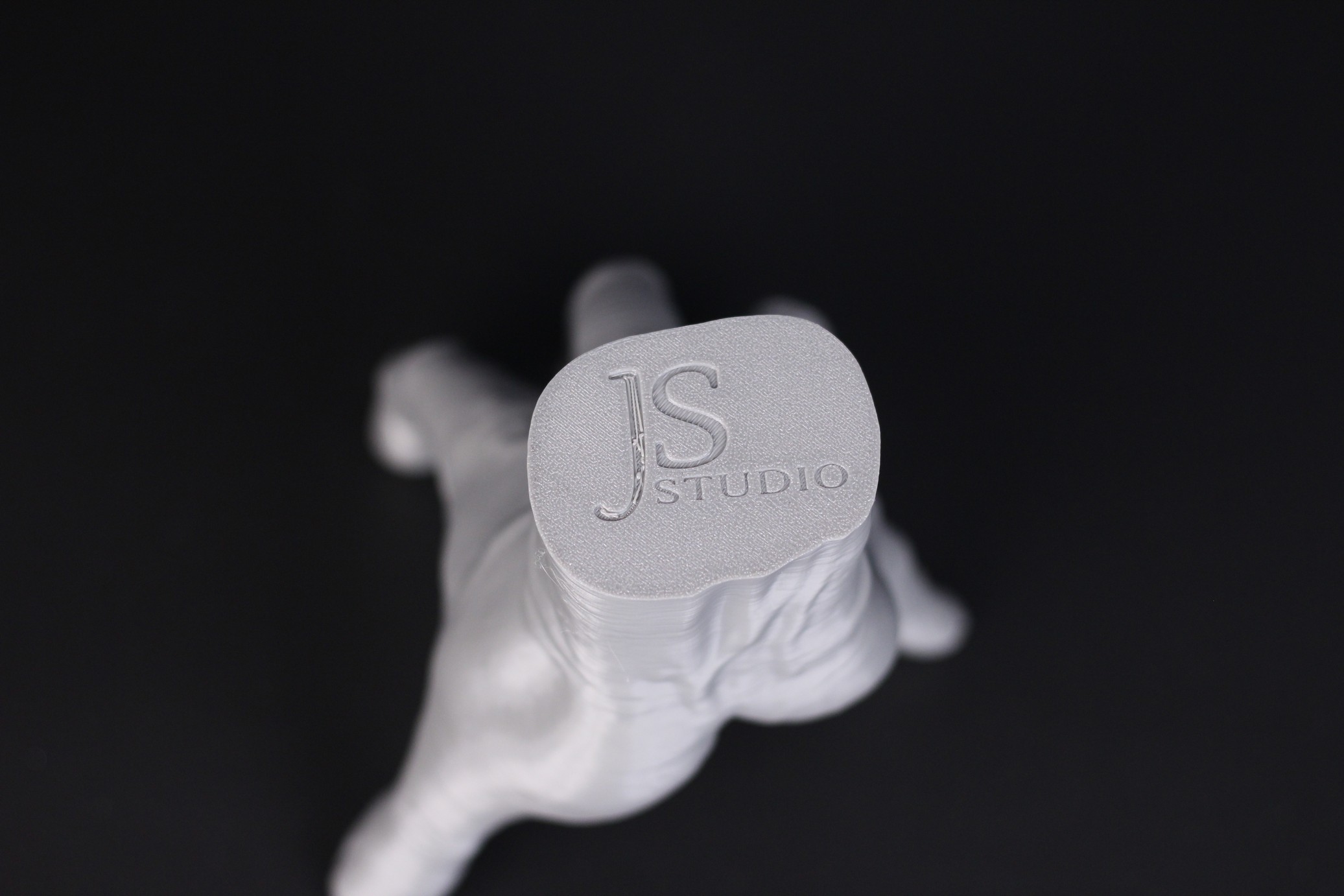
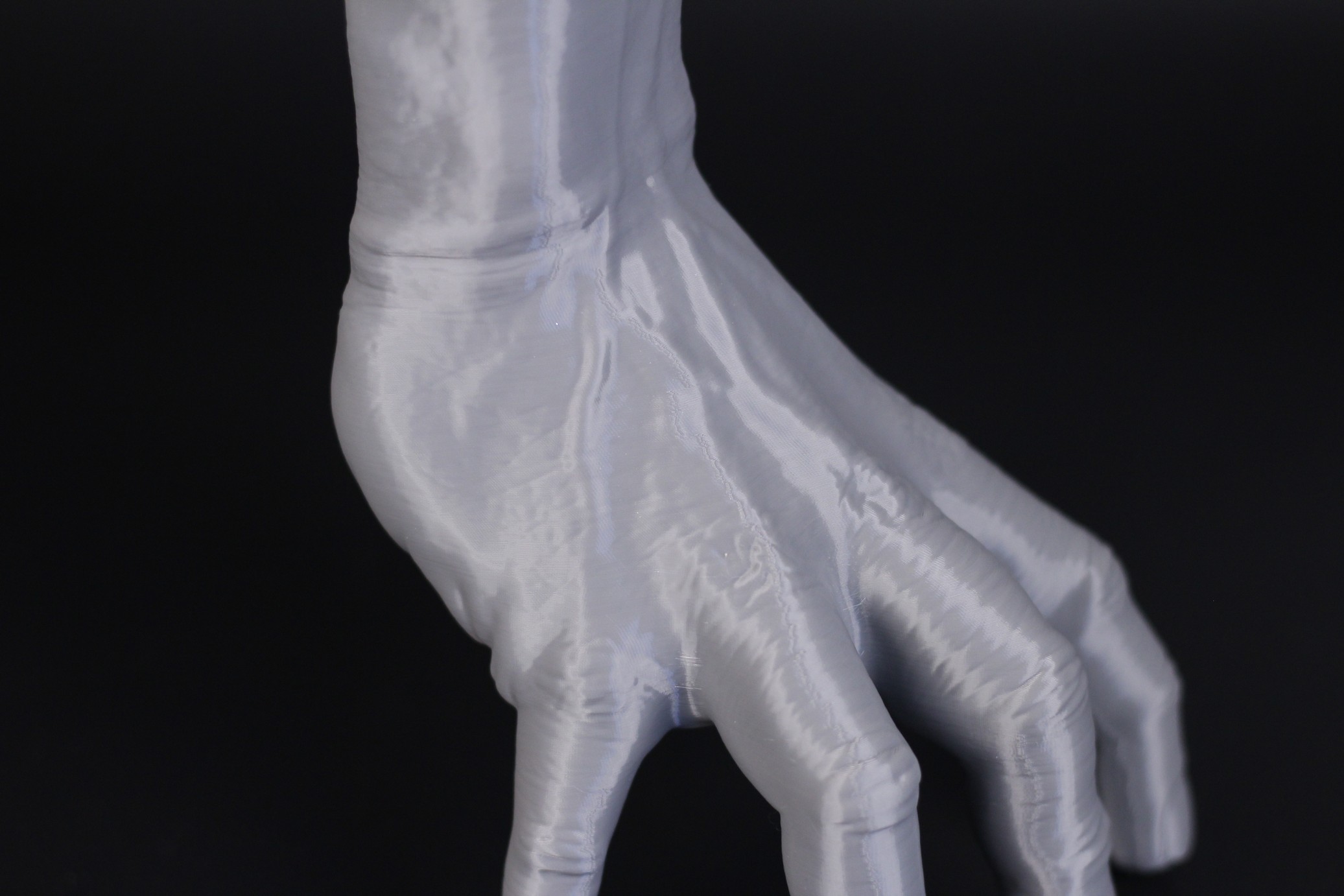
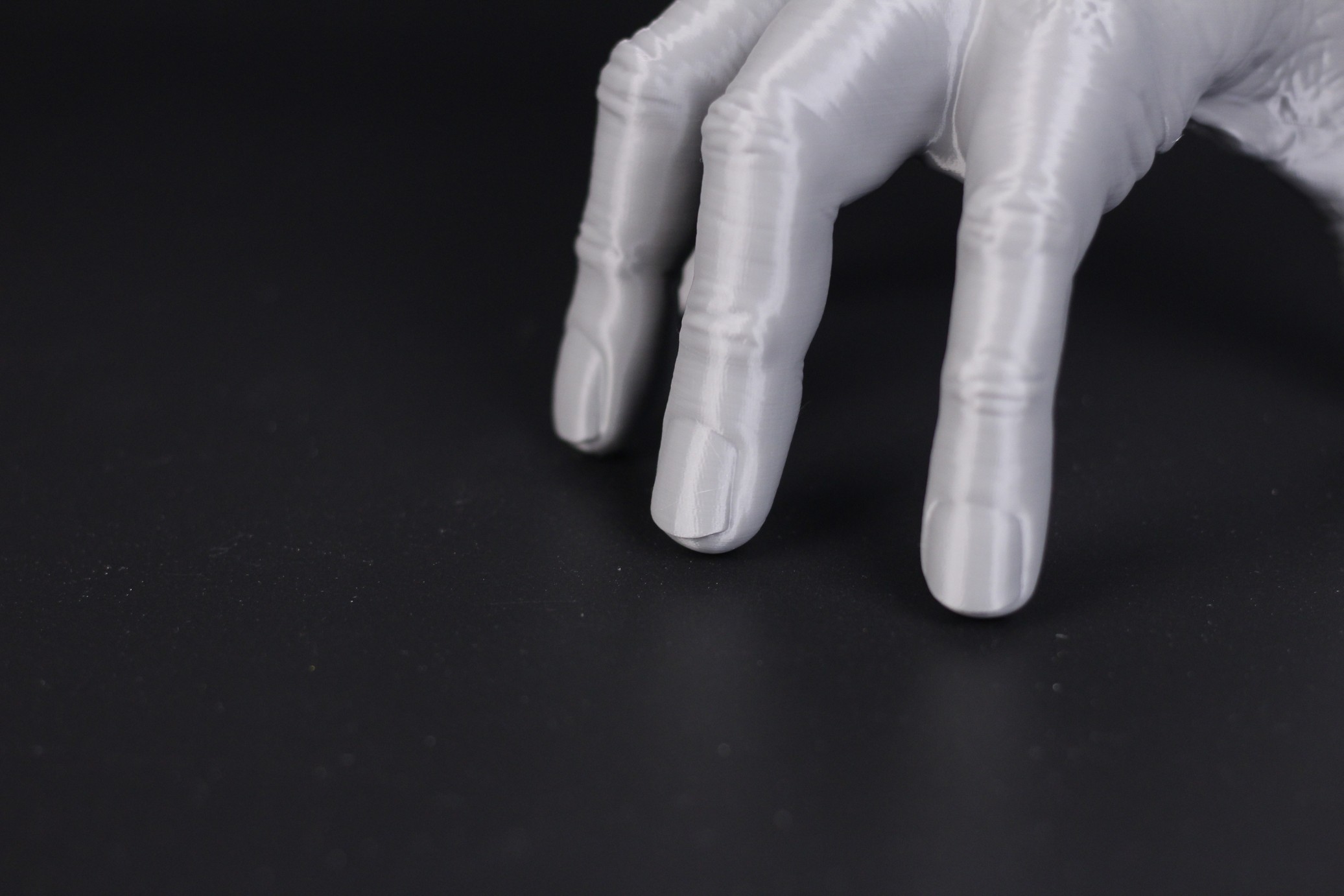
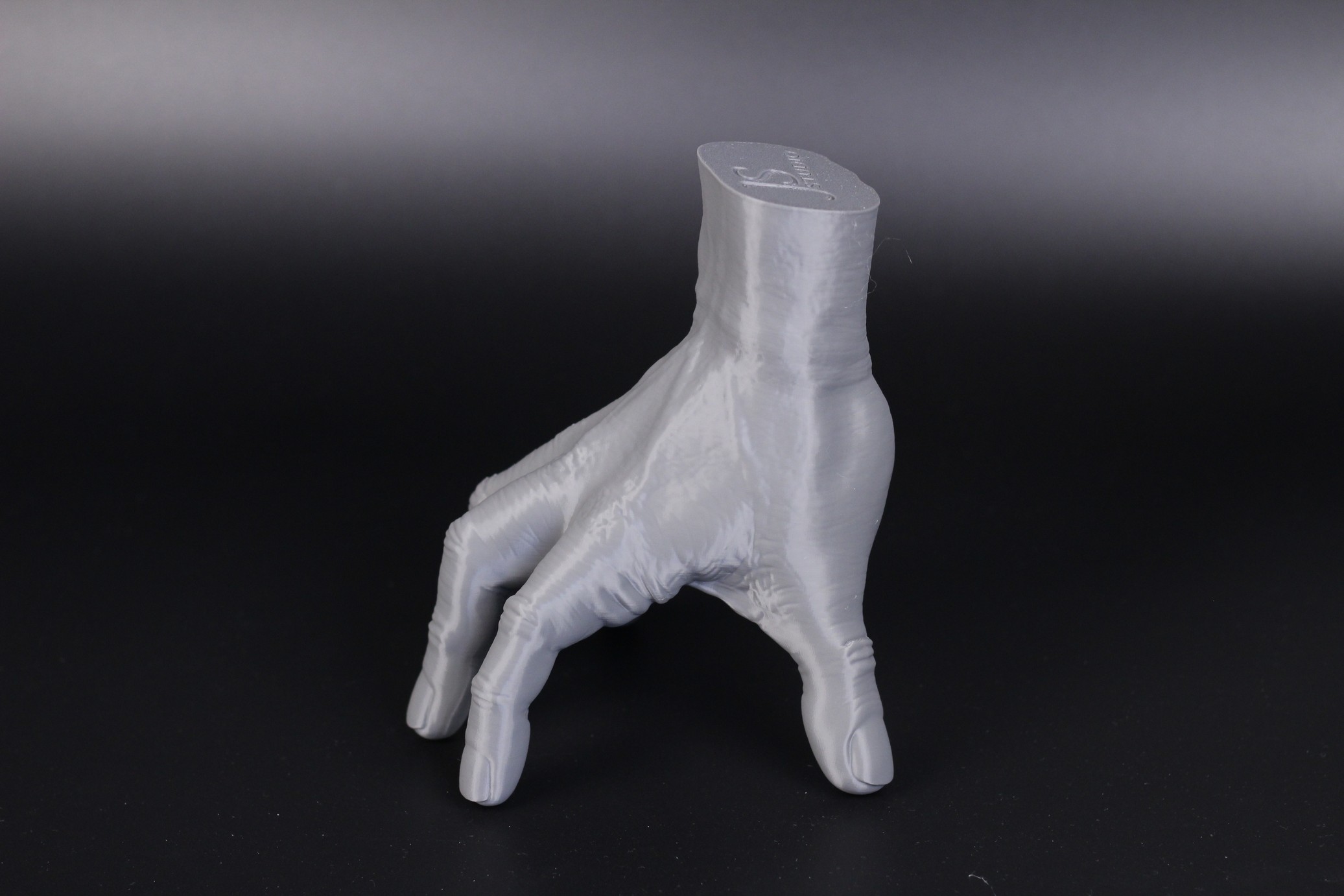

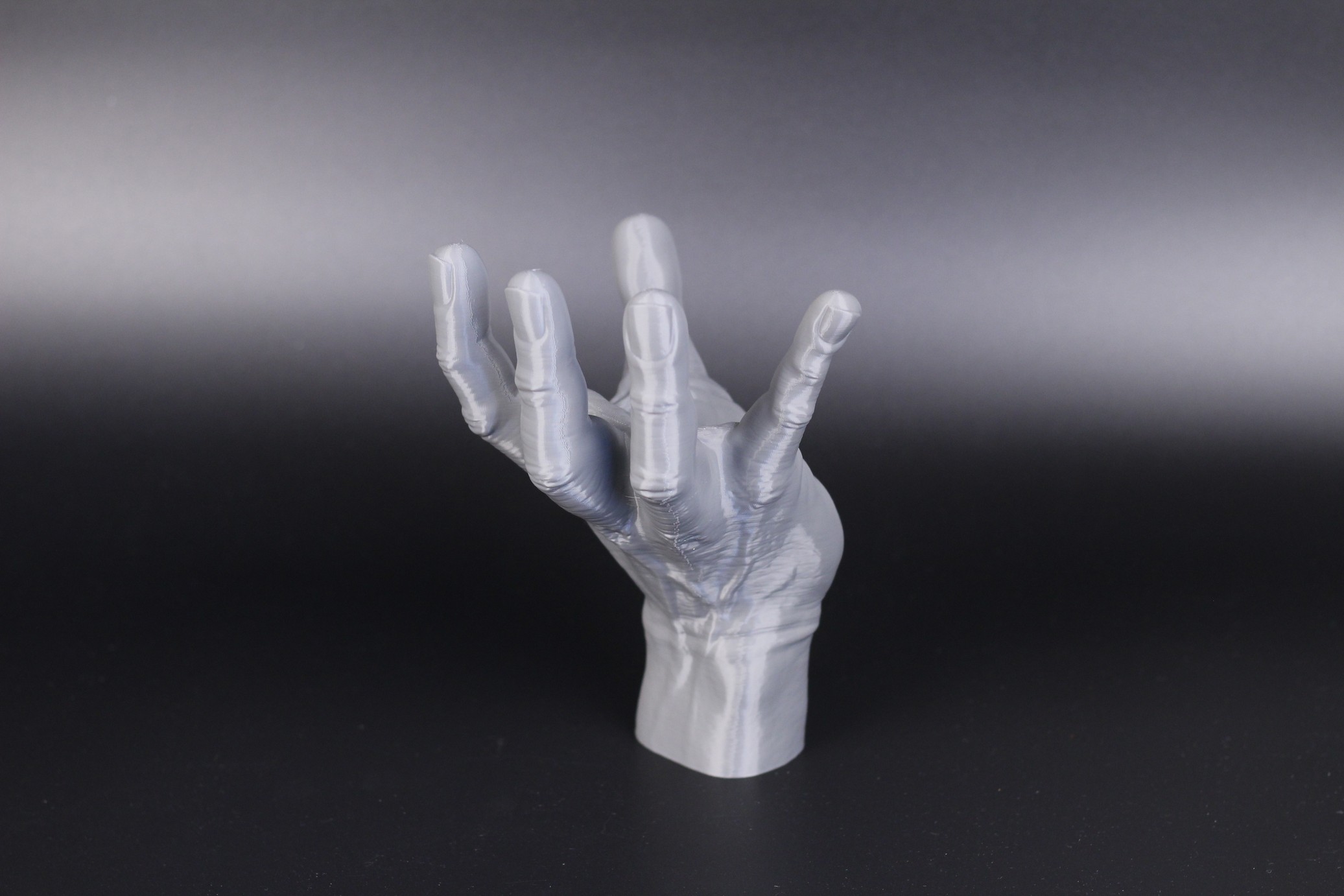
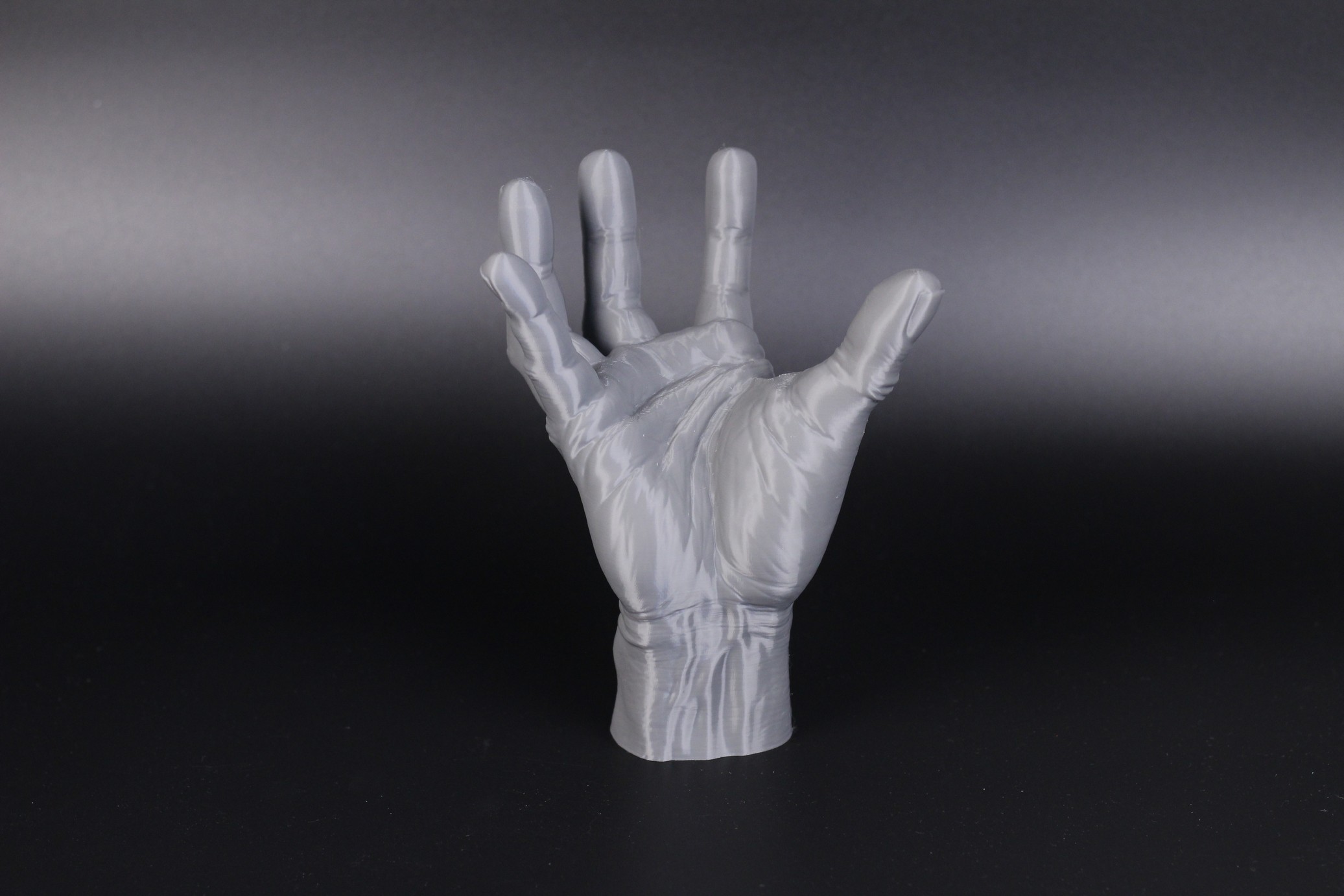
- Material: Sunlu Grey PLA
- Layer Height: 0.15mm
- Nozzle Temperature: 190C
- Bed Temperature: 60C
- Print Speed: 50 mm/s
Conclusions: Is the Anycubic Kobra worth it?
This isn’t hard to answer. Yes, the Anycubic Kobra is worth buying if you are looking for a relatively cheap 3D printer that works great. It’s a good purchase for a beginner and also for a more experienced user who is looking to add an extra printer to the farm.
My only concern is the part cooling fan which is a bit underpowered if you print fast, and the somewhat noisy fans used with this printer. But the price and the features you get for less than 300$ make it worthwhile.
For me, the Anycubic Kobra is the printer I will recommend as a budget machine, instead of the Creality Ender 3 V2 or Artillery Genius Pro. There is no reason to even have them on the shortlist, considering the print quality and the features you get with the Kobra.
Anycubic Kobra Rating
Design
Specs
Noise Levels
Ease of use
Print Quality
Price
Anycubic managed to create a new budget standard with the Kobra, and the rest of the manufacturers need to start bringing better features for the same price if they are looking to stay relevant in this price bracket.
Where to buy the Anycubic Kobra?
The Anycubic Kobra can be purchased from the following sites:
Anycubic
Aliexpress
Banggood
Amazon
Geekbuying – NNNAK3DPB
I recommend checking out the Discount Codes page before purchasing. I regularly update the article with discount codes for various online shops, and you might find one for this particular model.
The Anycubic Kobra was provided free of charge by Anycubic for the purpose of this review. While the article includes affiliate links, all opinions are my own. Nobody reviewed the article before it was posted, following the Review Guidelines.
Liked it?
|
|

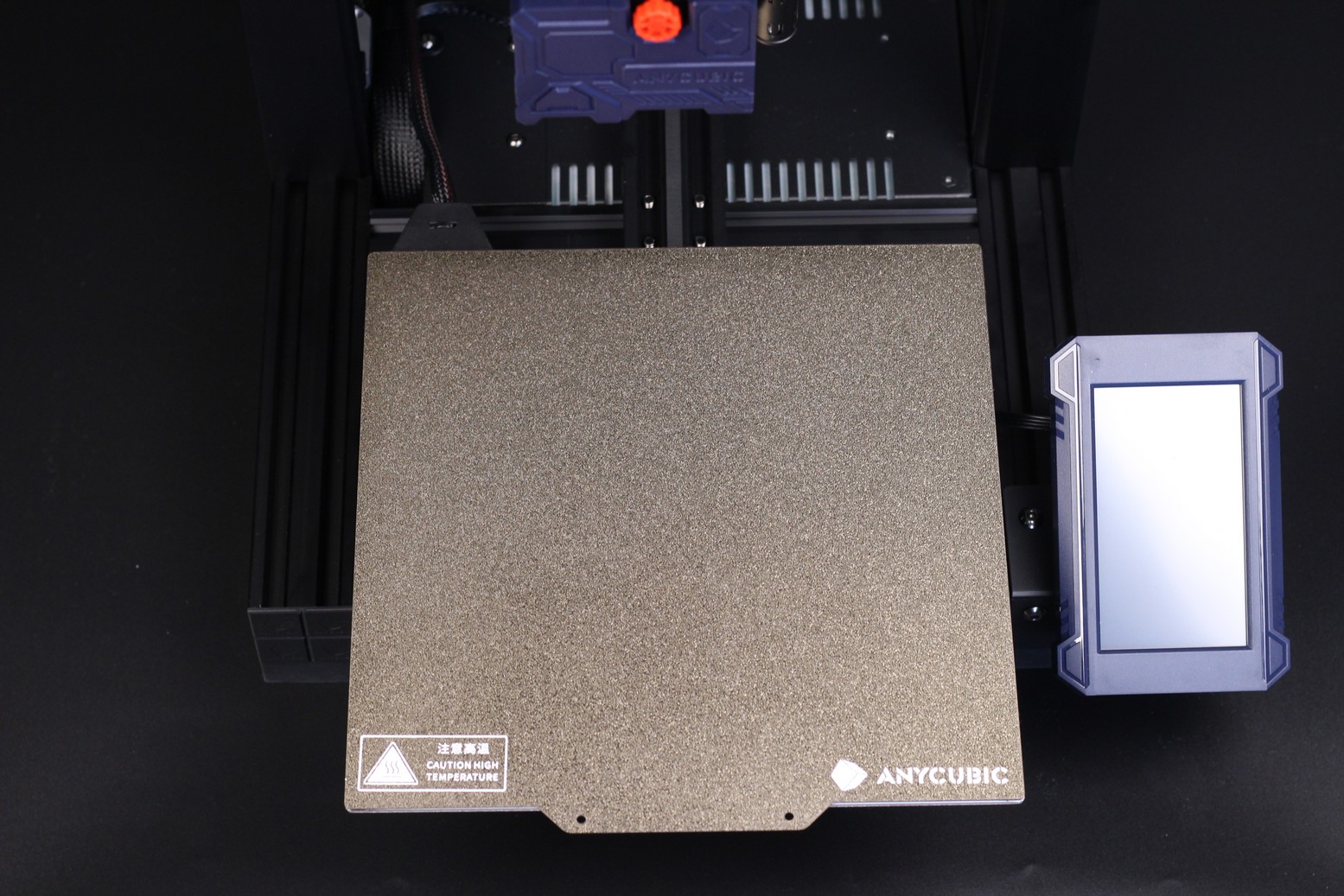
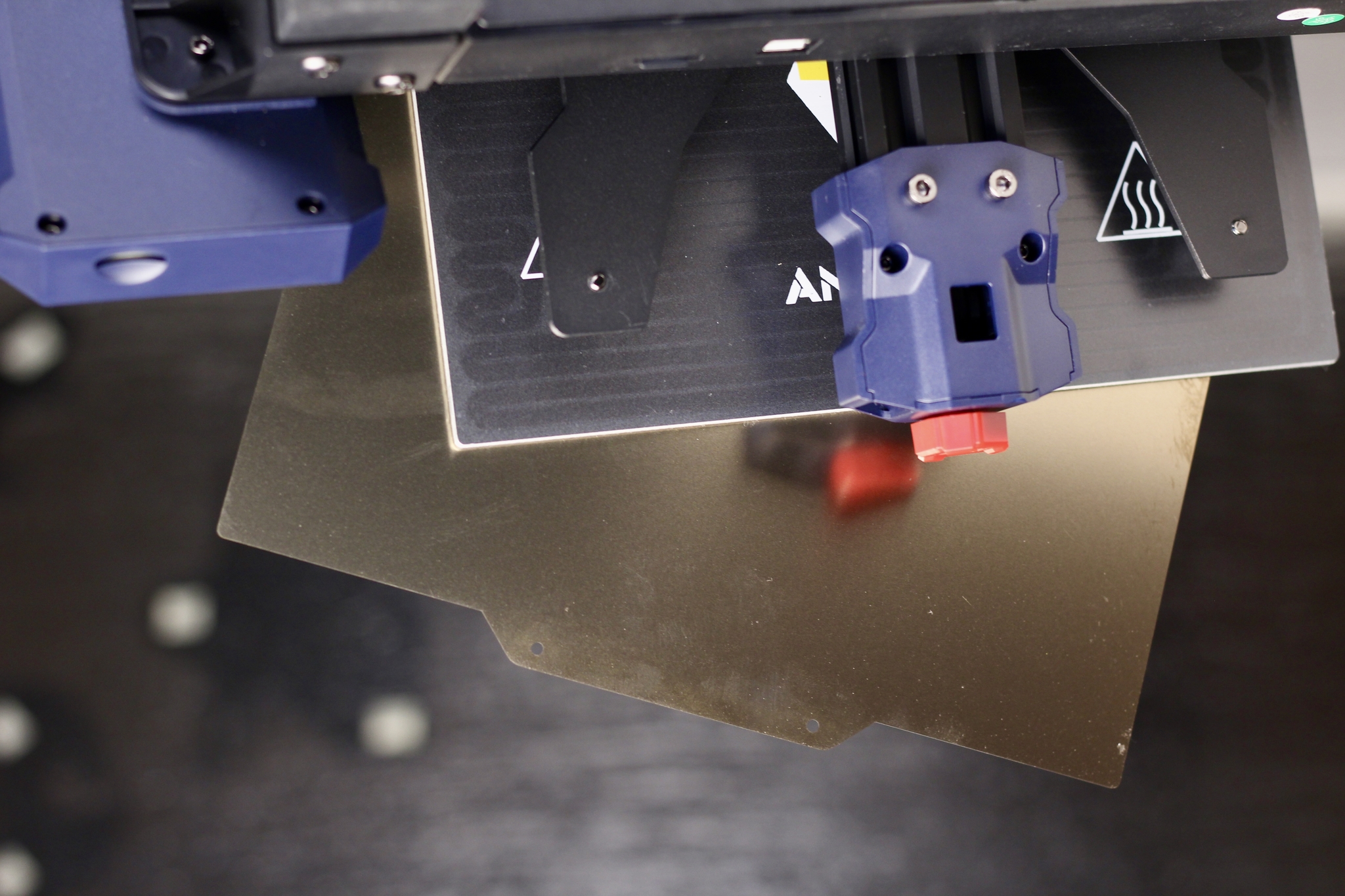
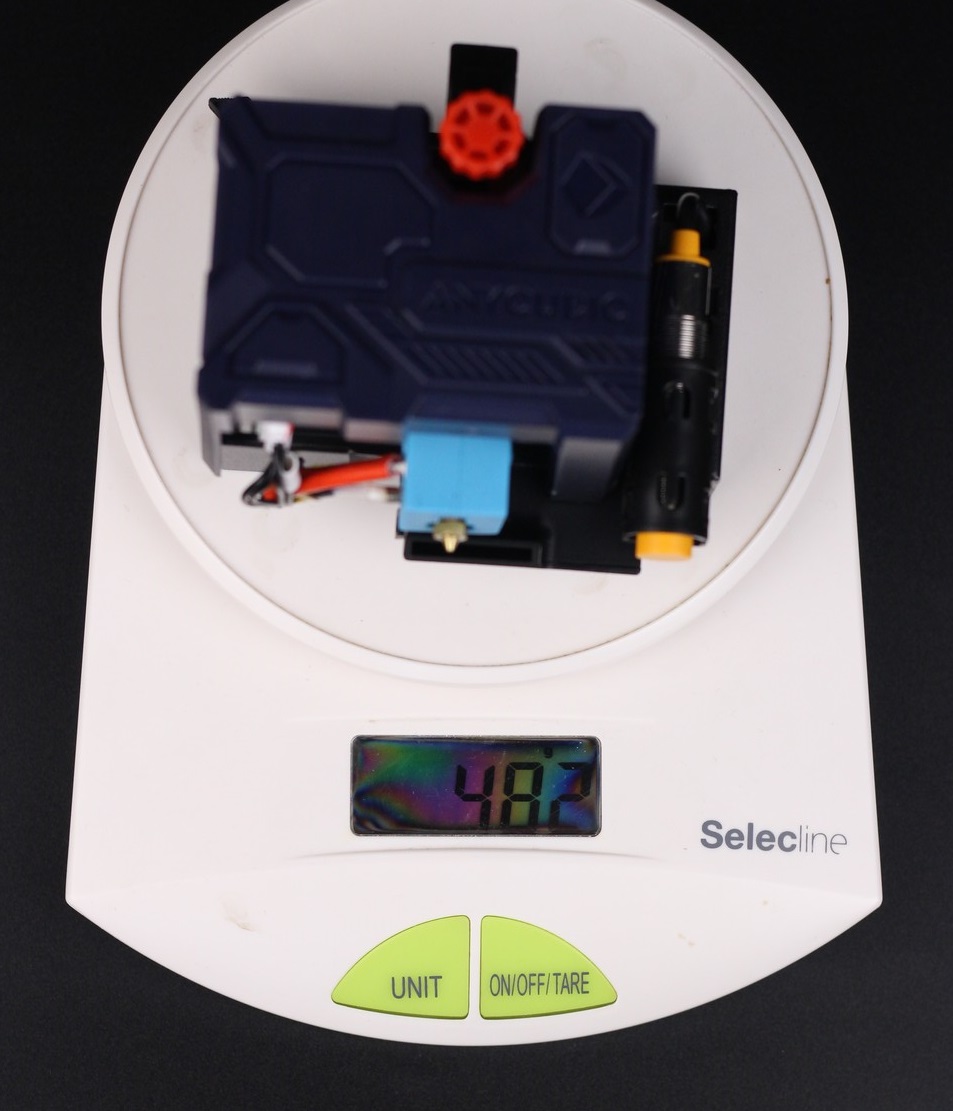

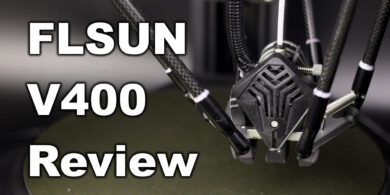

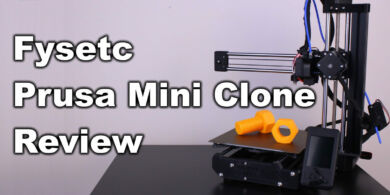
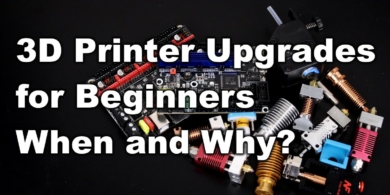
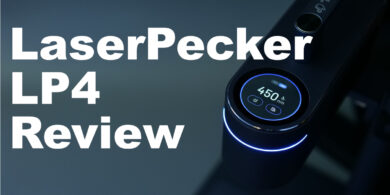
You can leave a comment for this article on the 3DPrintBeginner Forum